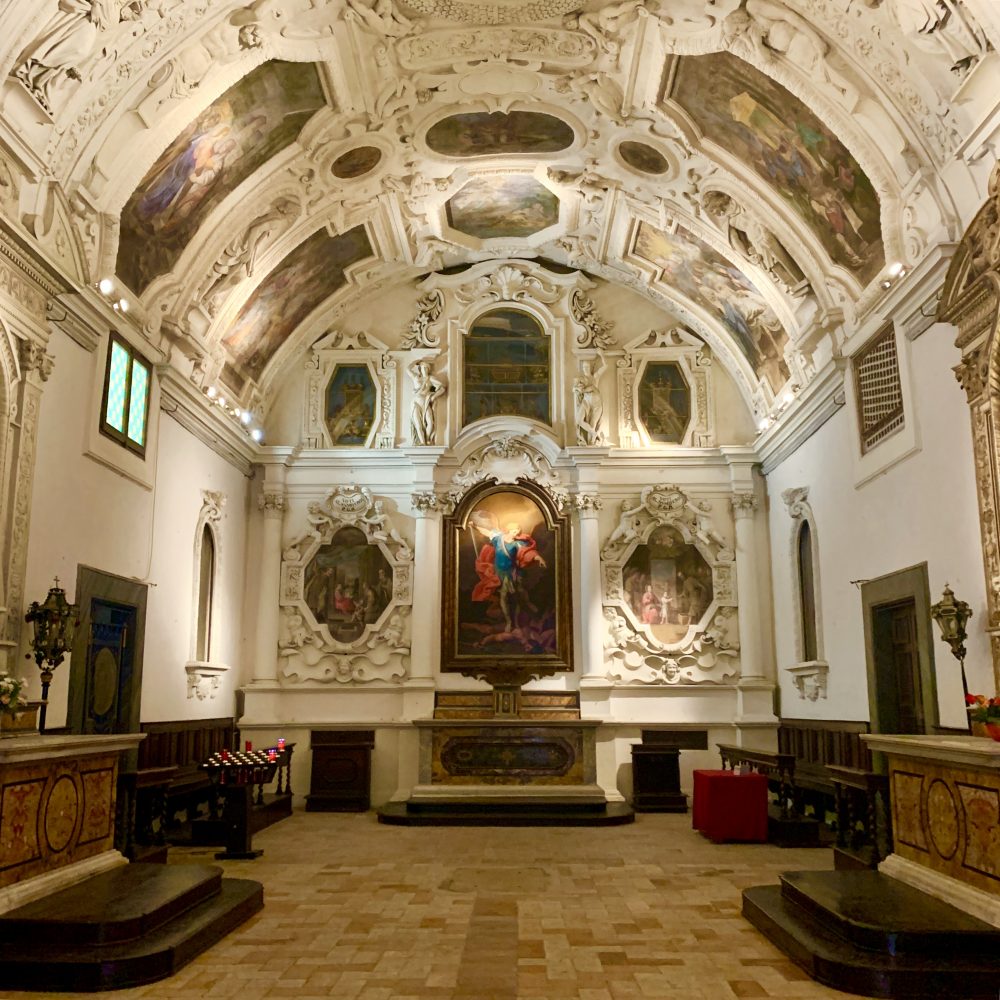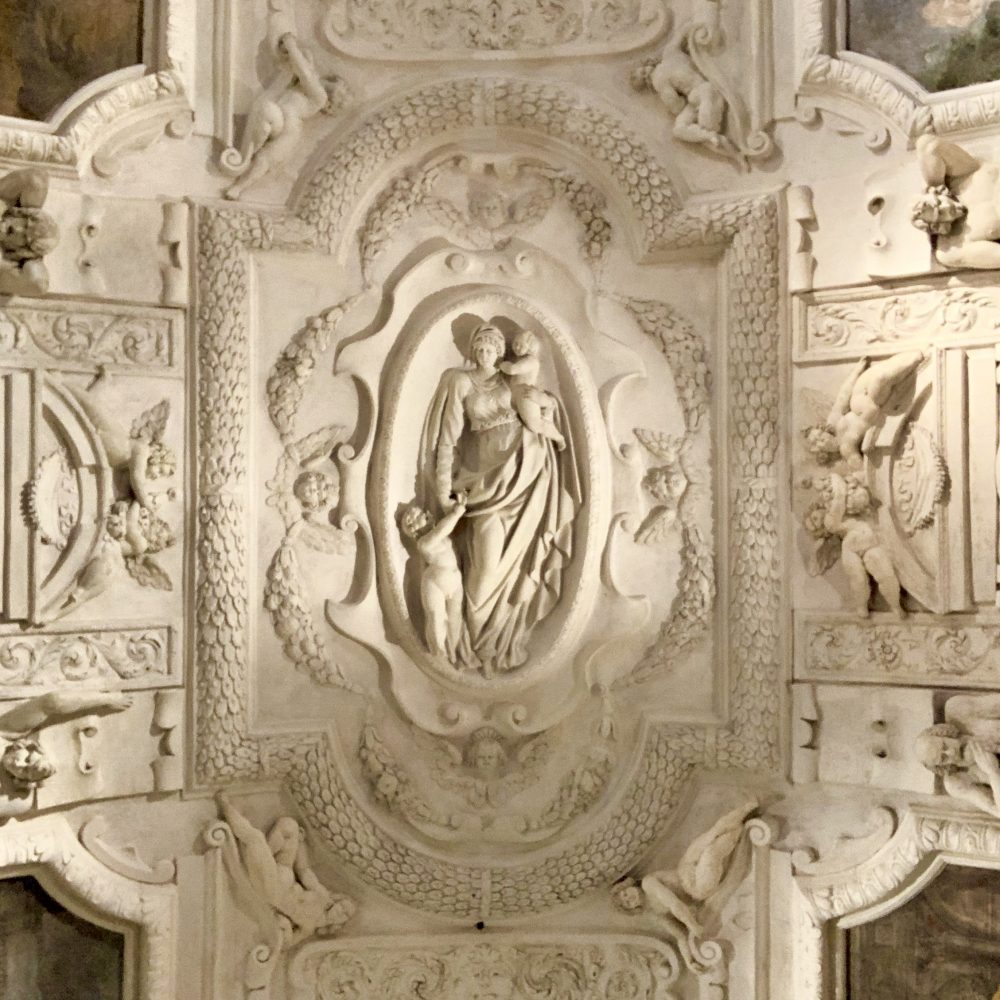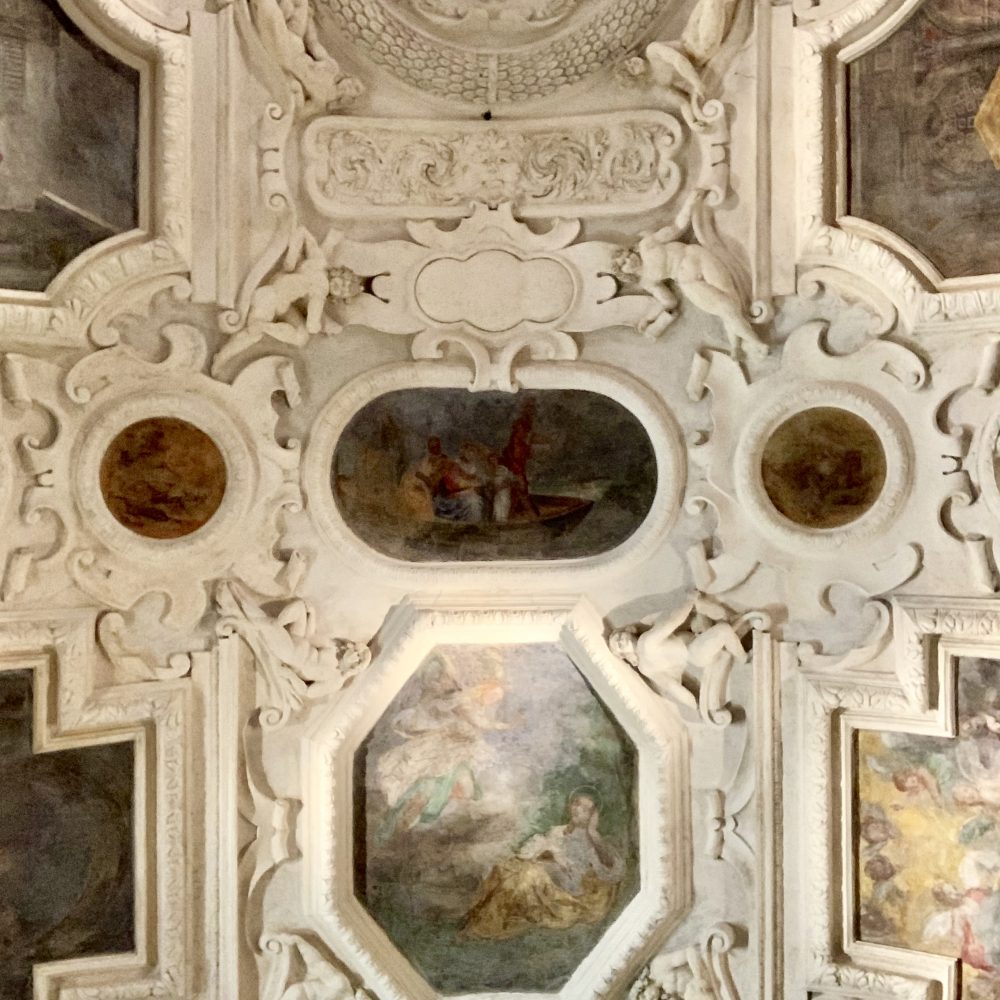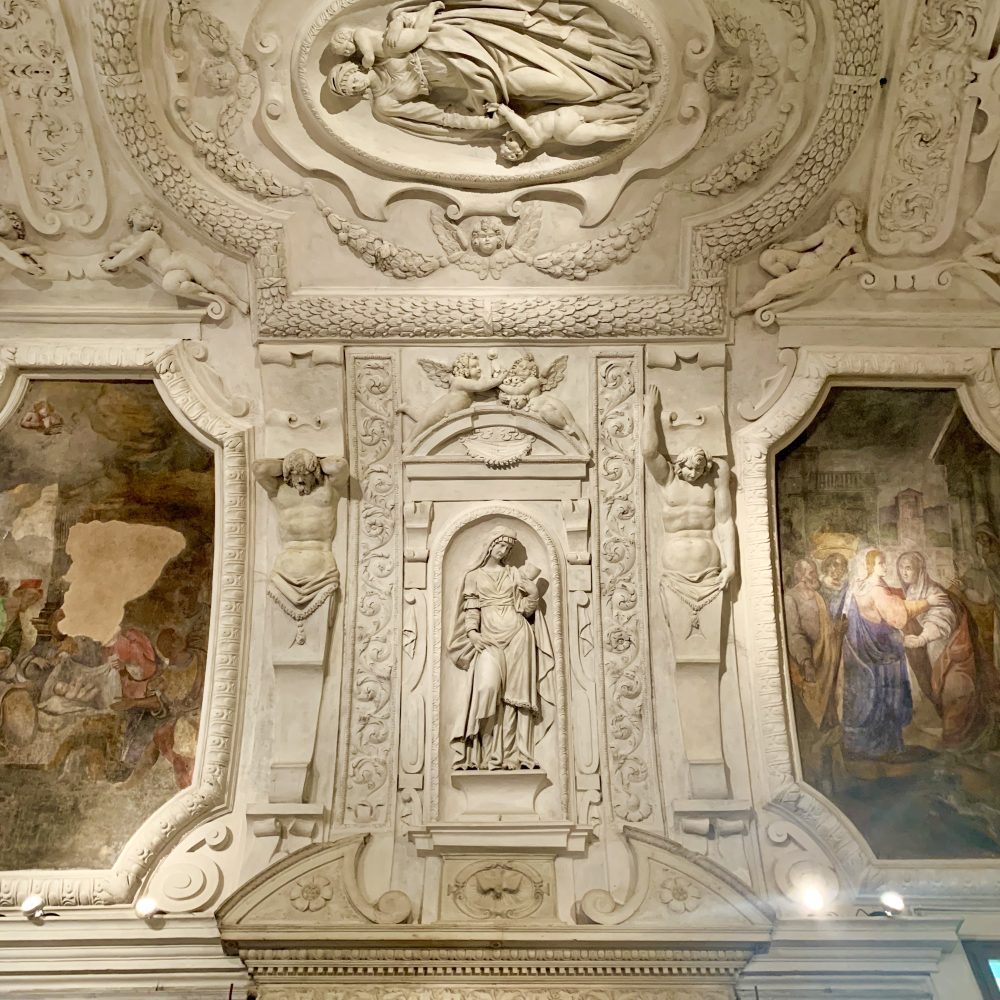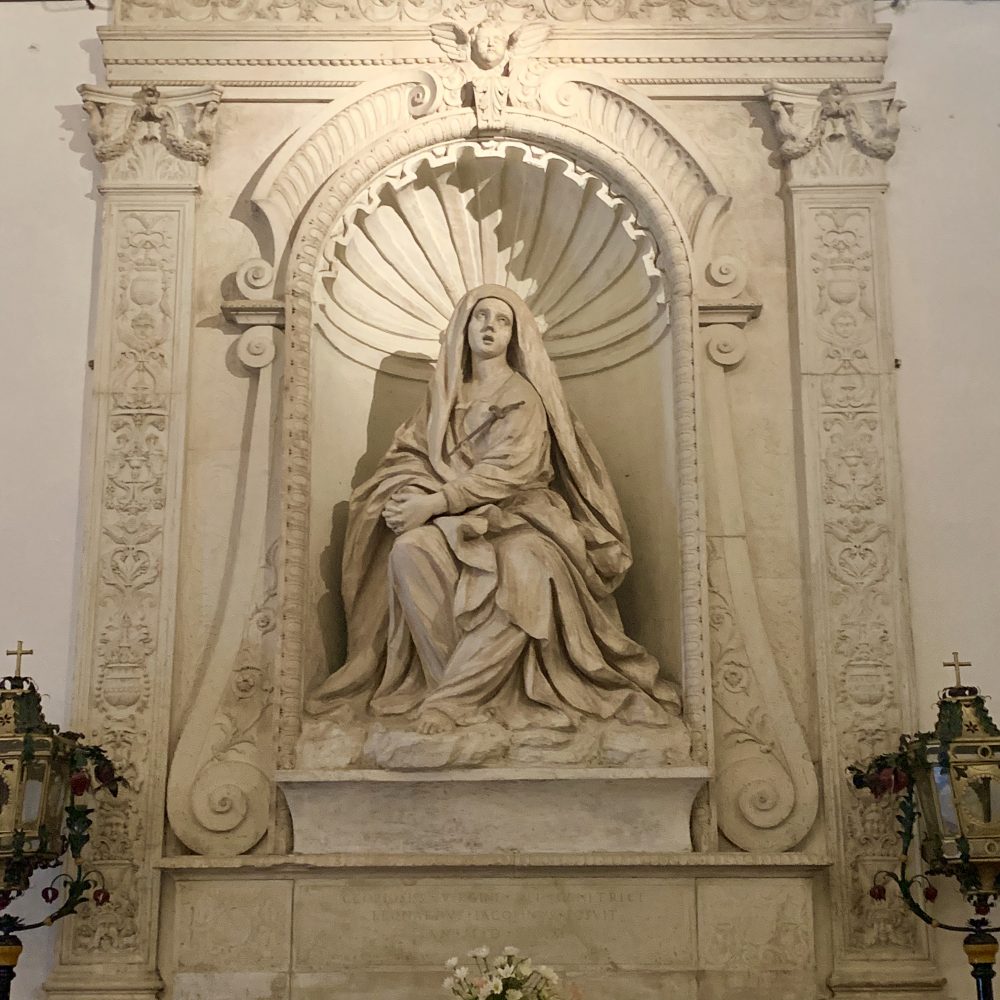26 August – 02 September 2019
We are still based in Robert’s Italian home town of Serra Sant’Abbondio and this post has bits of this and that. Errands in Pergola, an almost climb to a mountain top, a trip to buy wine and see friends, even a fashion show. No need to hold onto your seats. This read will be a gentle ride.
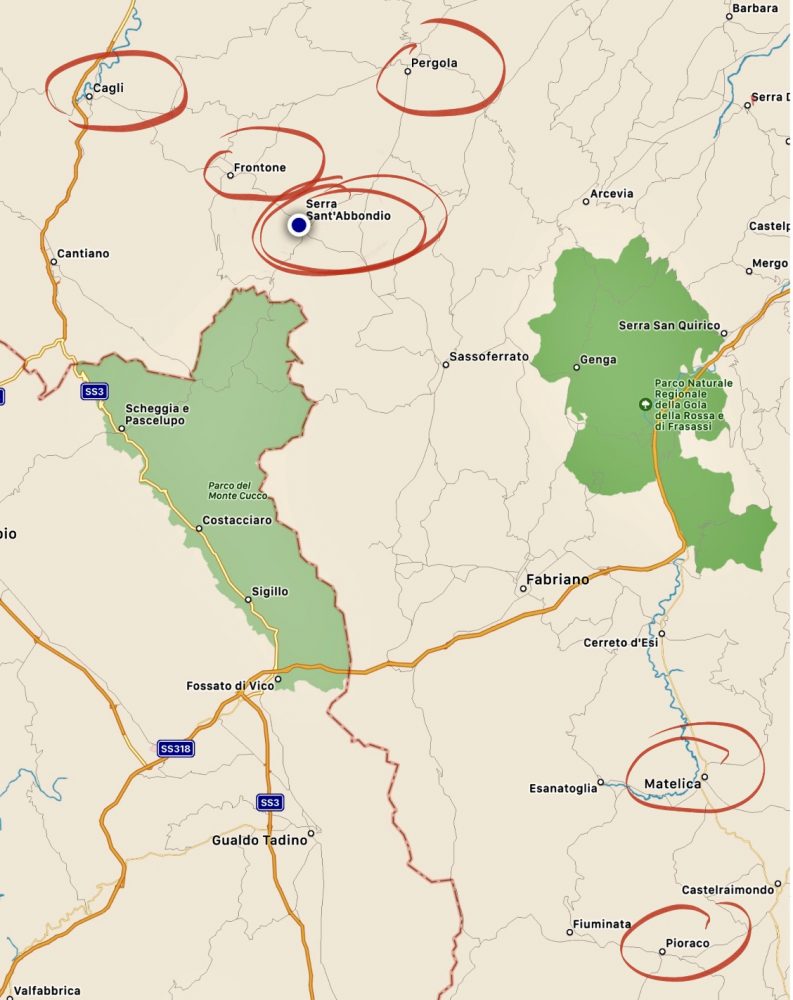
Serra wanderings
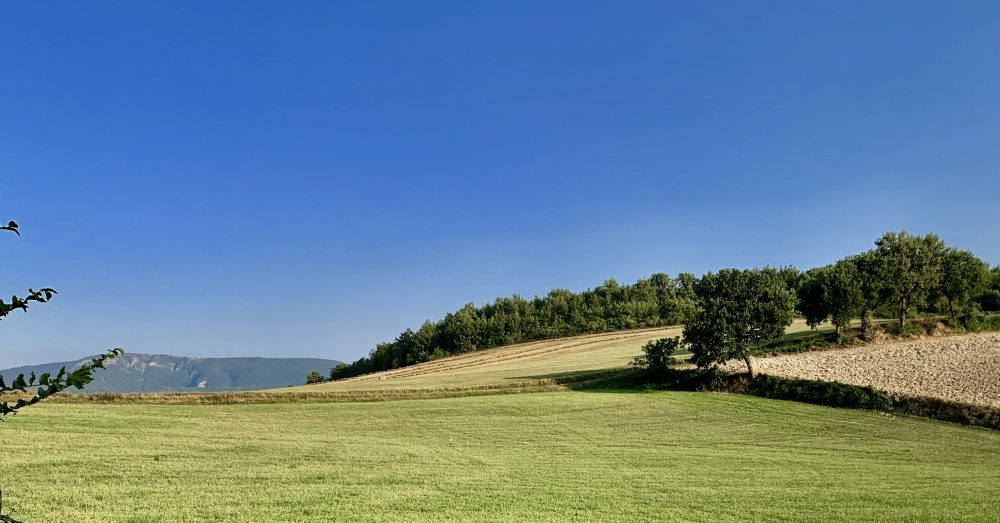
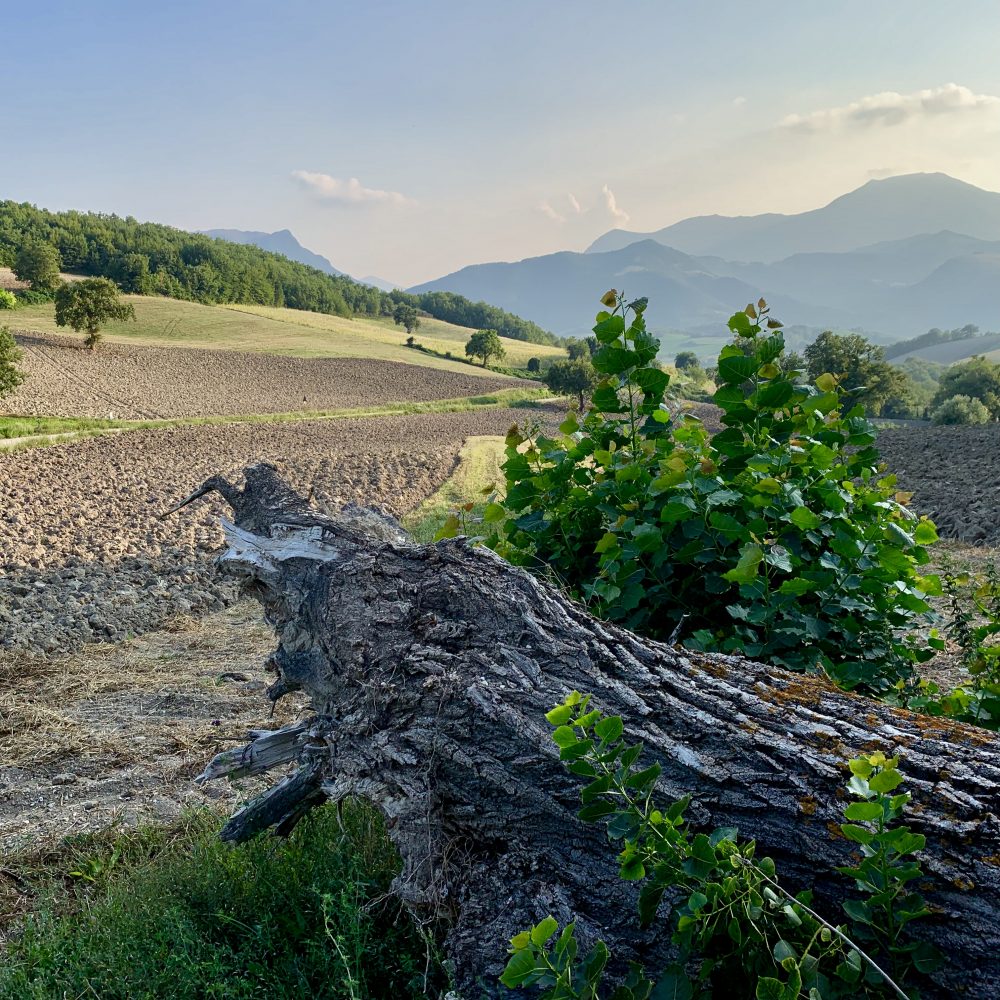

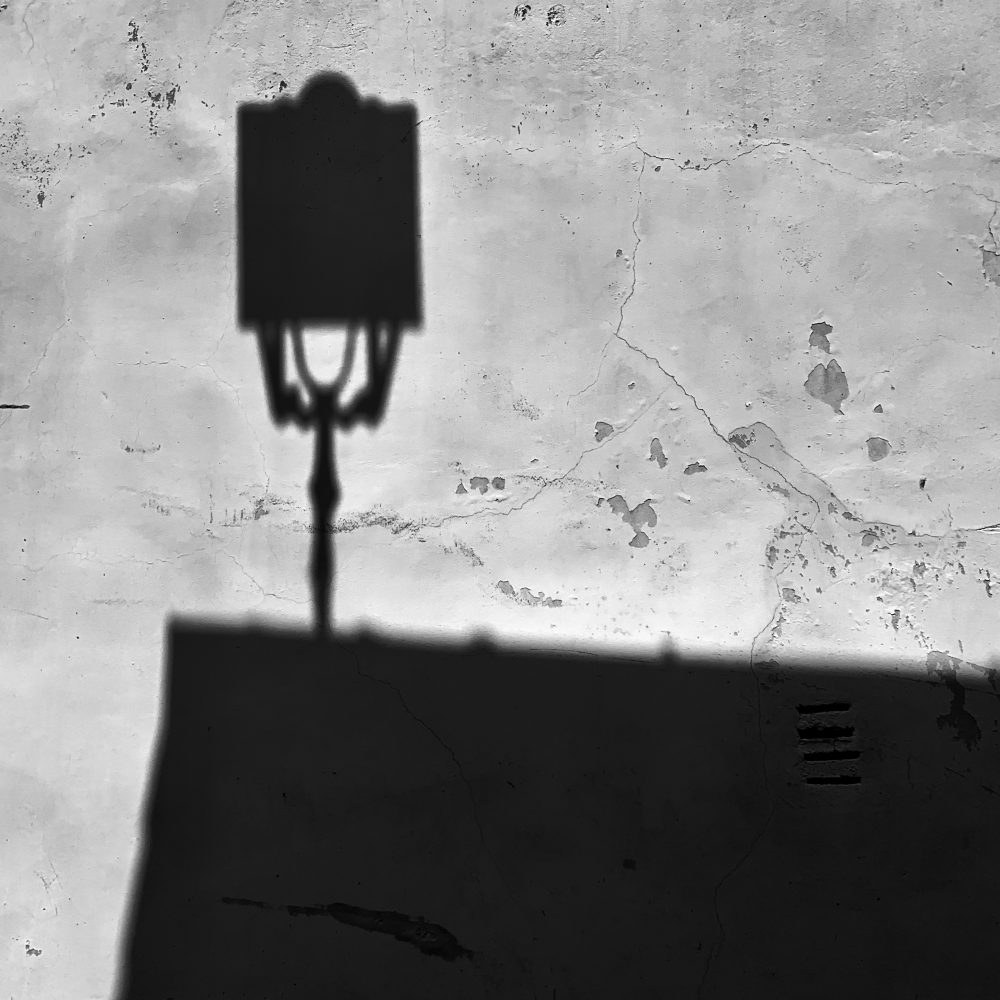

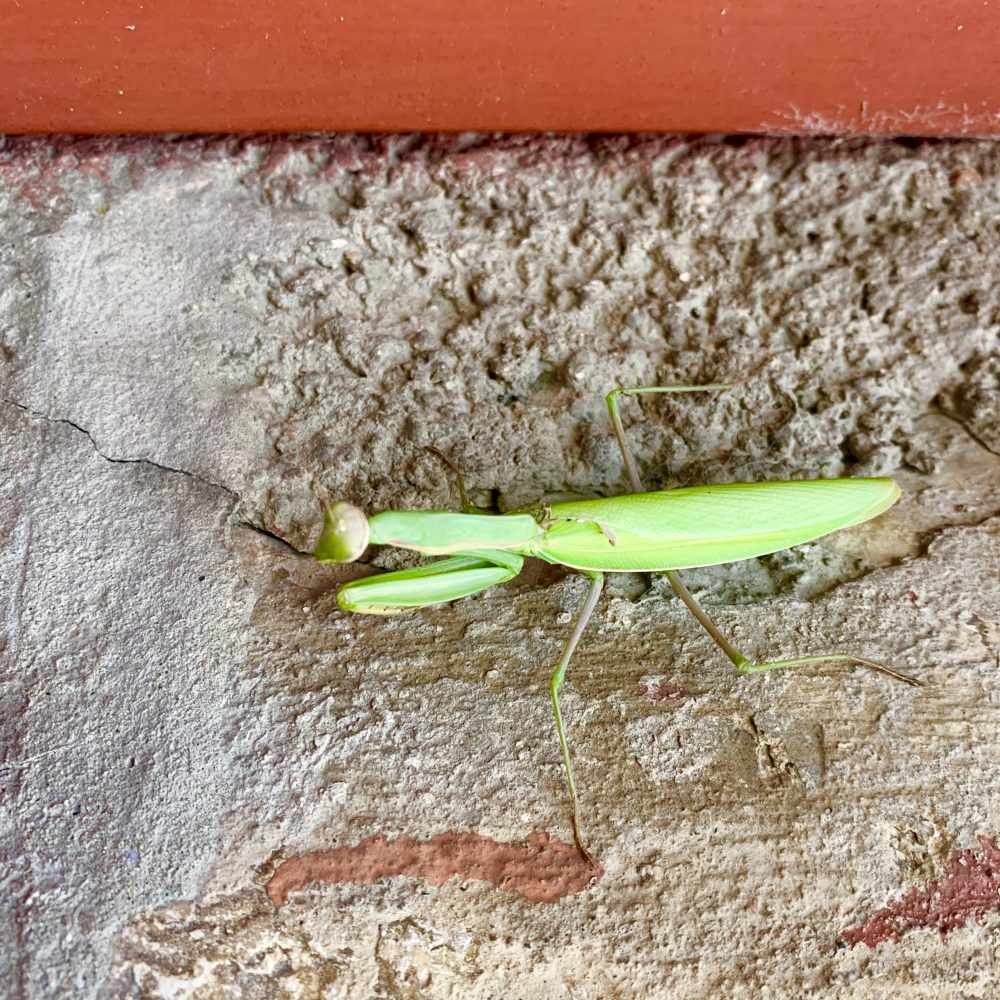

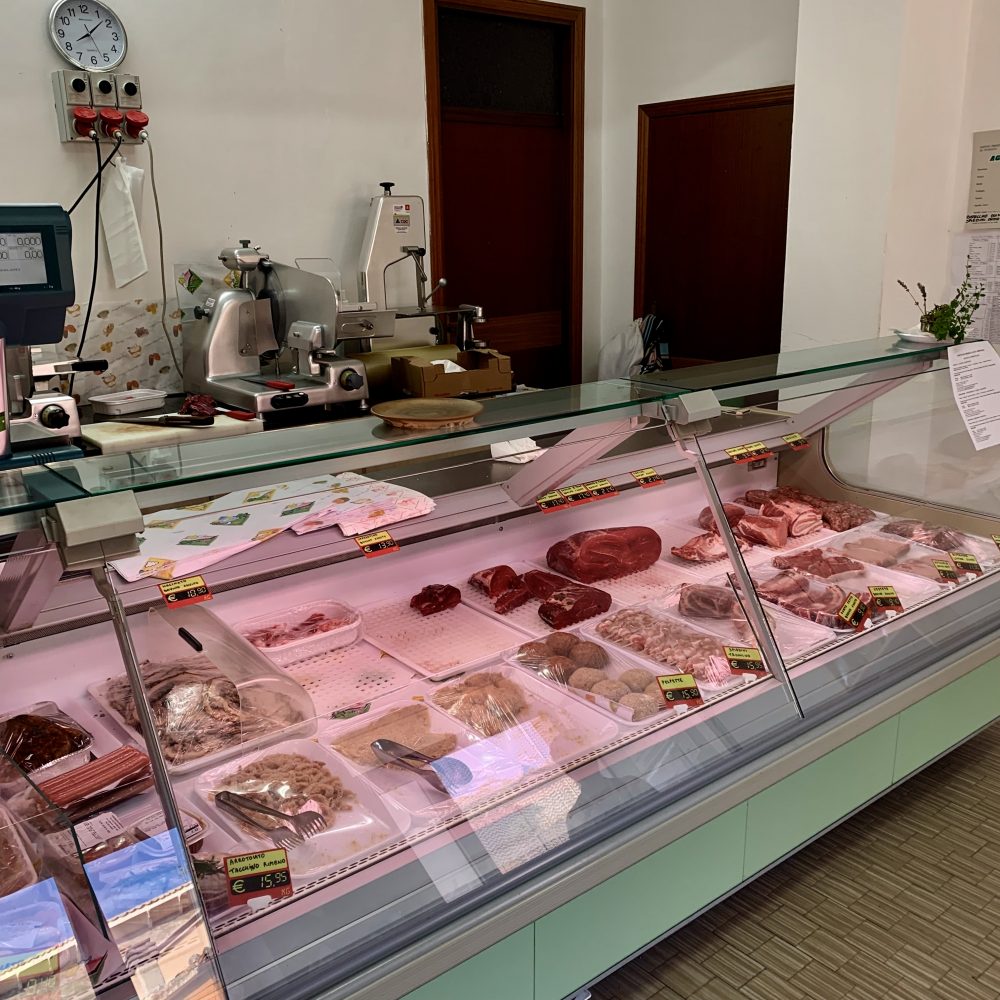
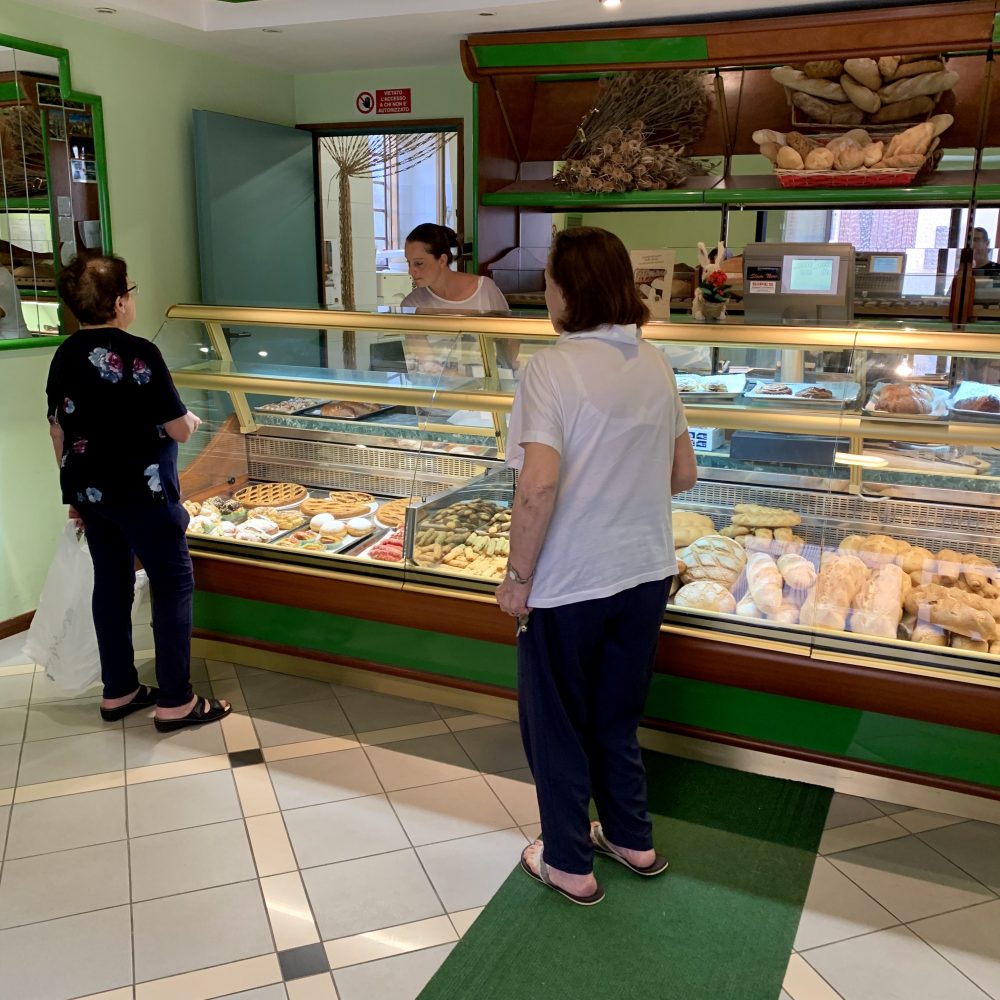
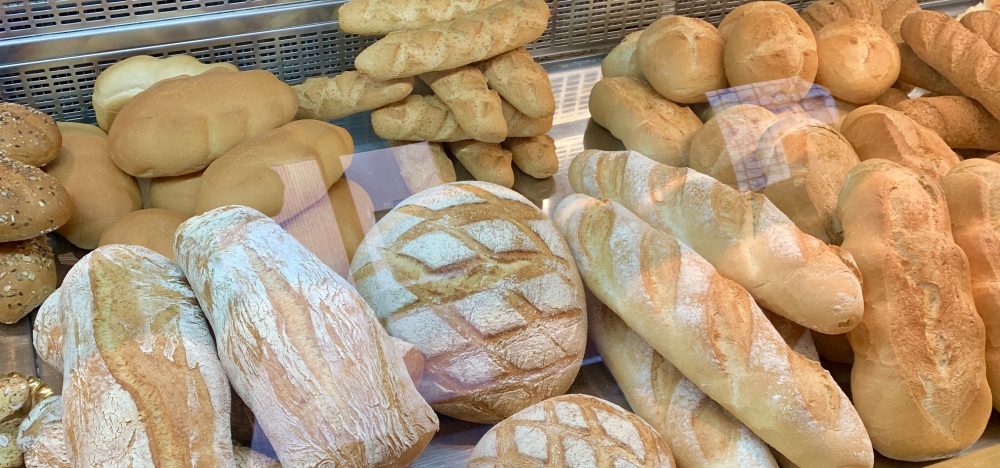
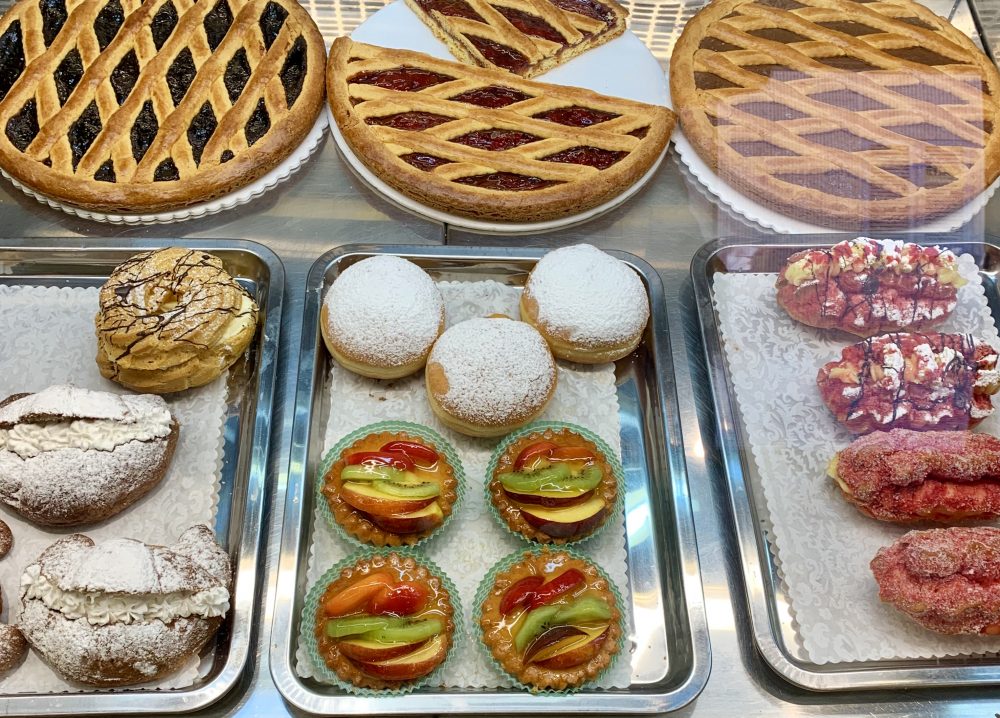
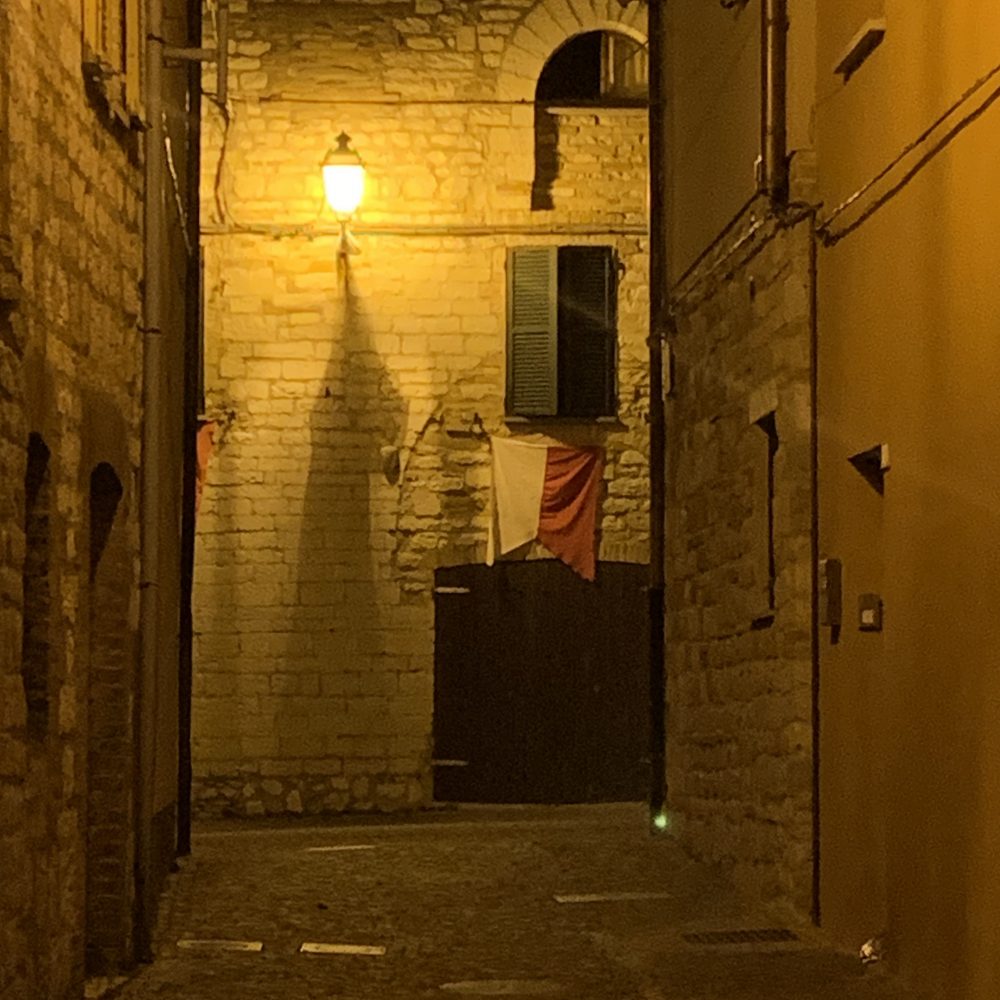
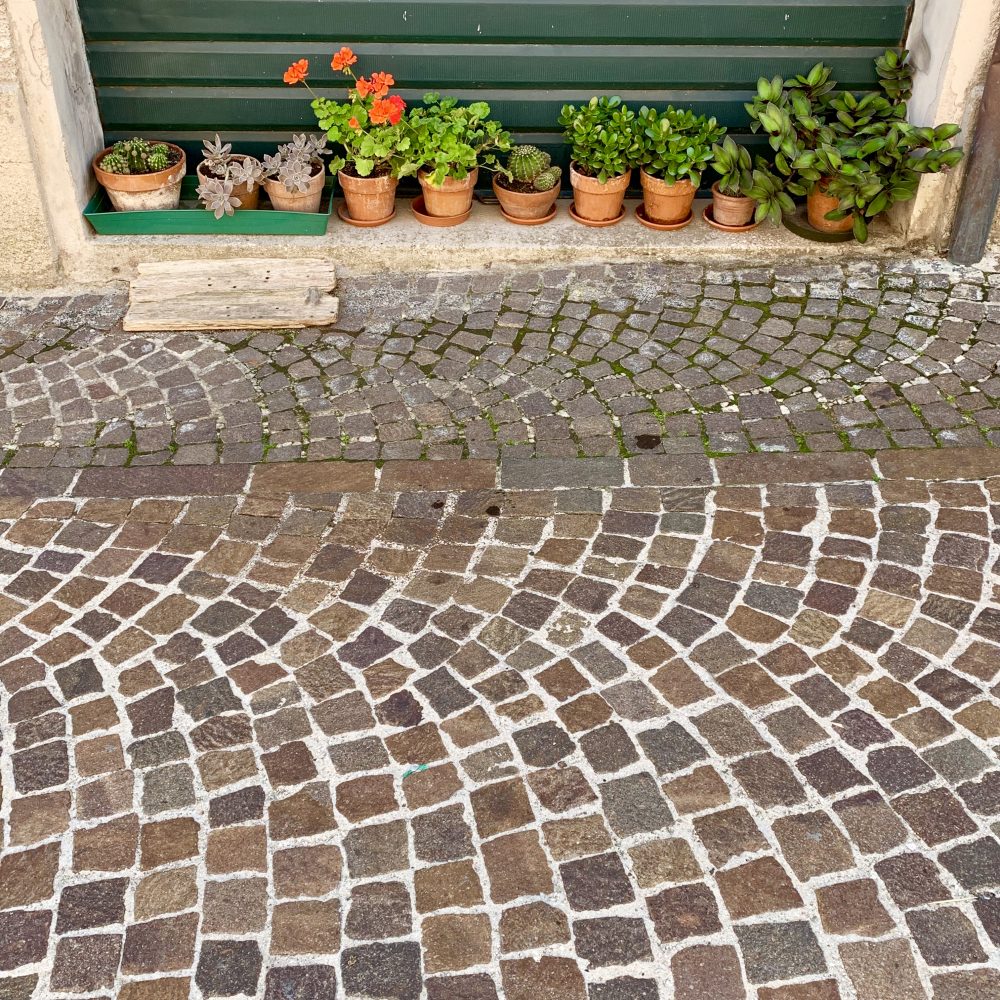
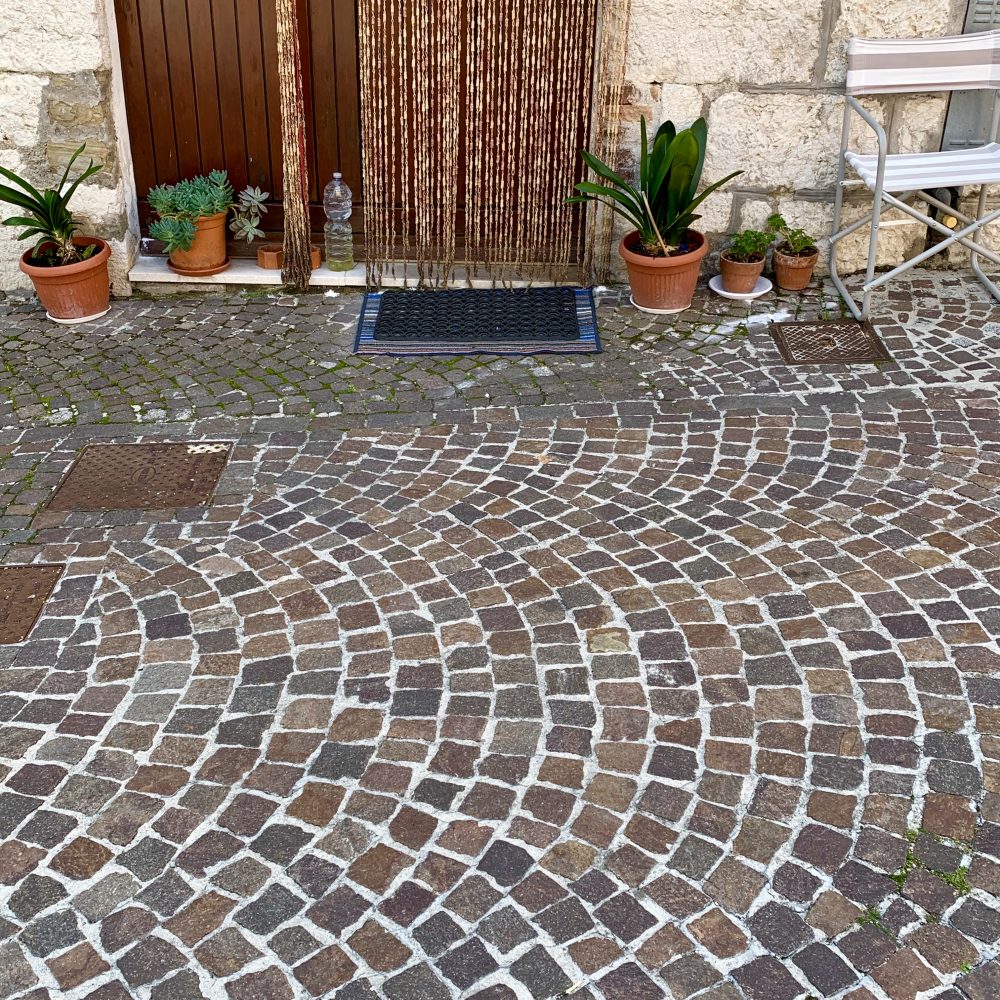
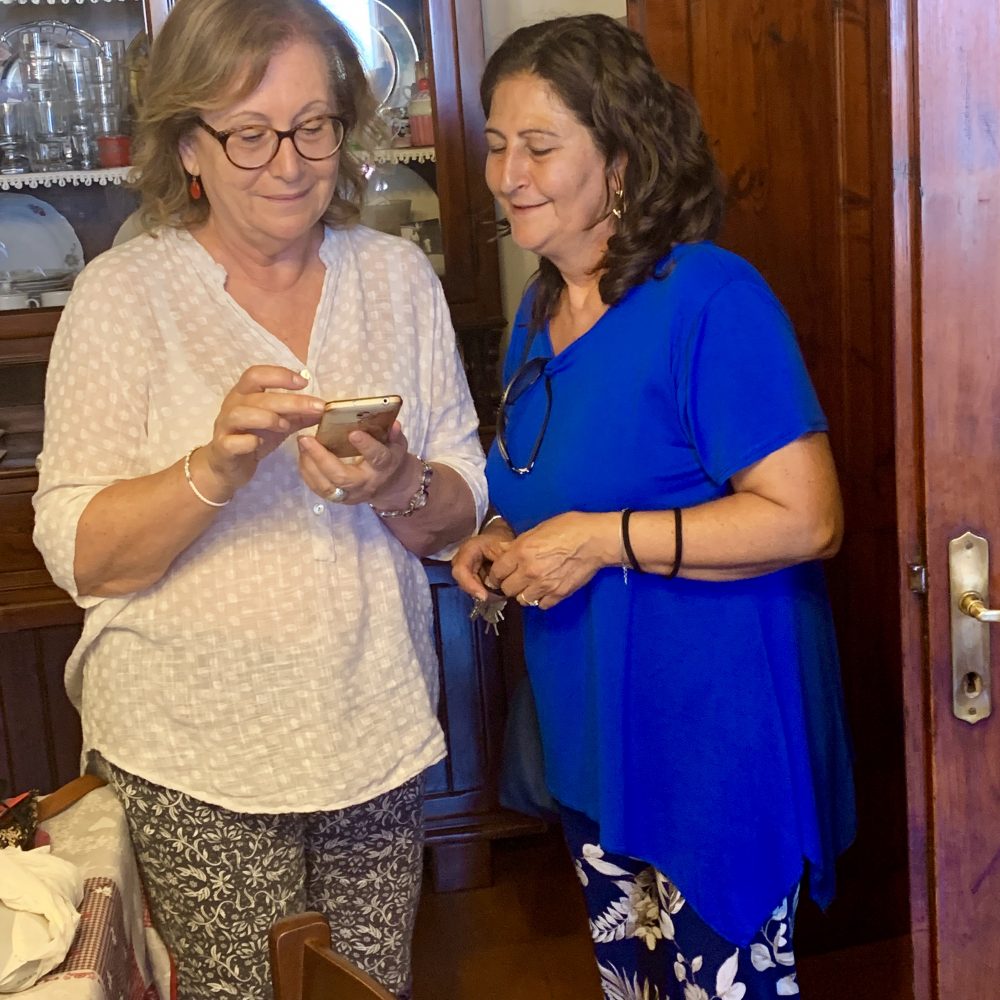
Chiesa di Santissimi Biagio e Abbondio in Serra Sant’Abbondio
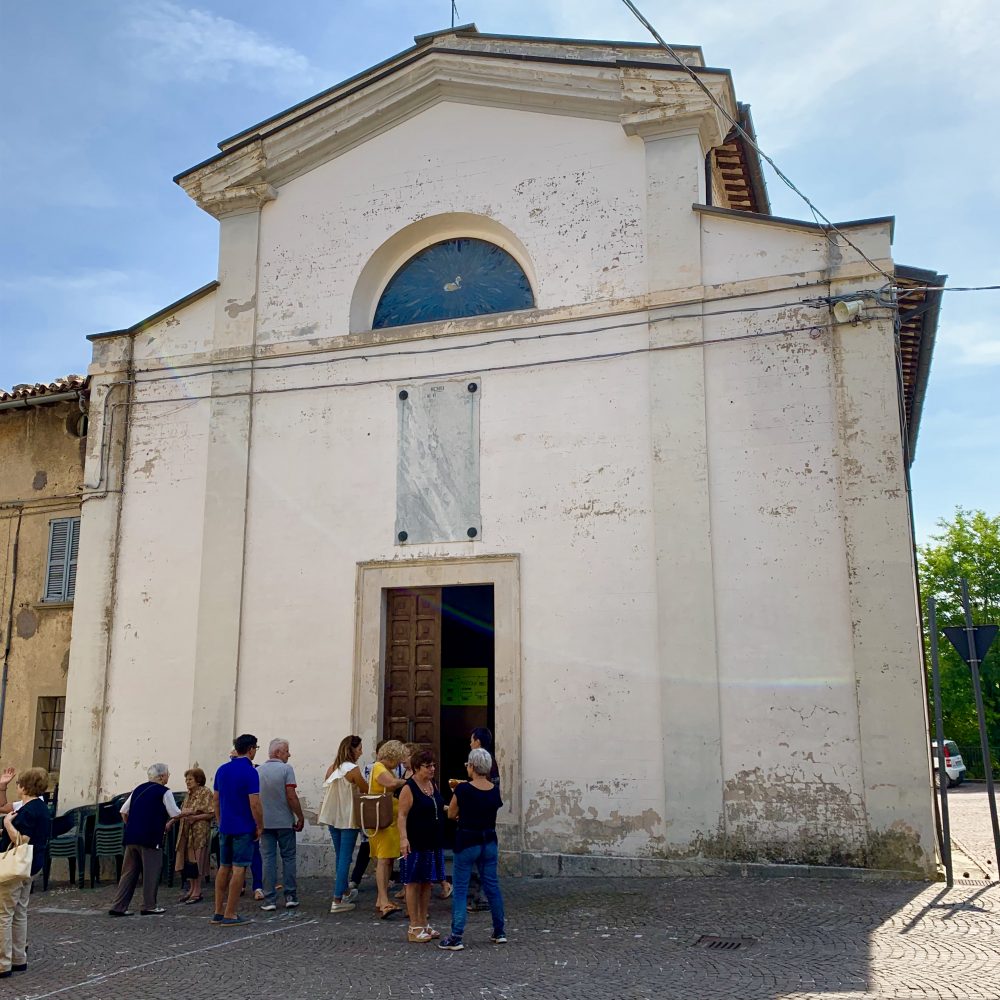
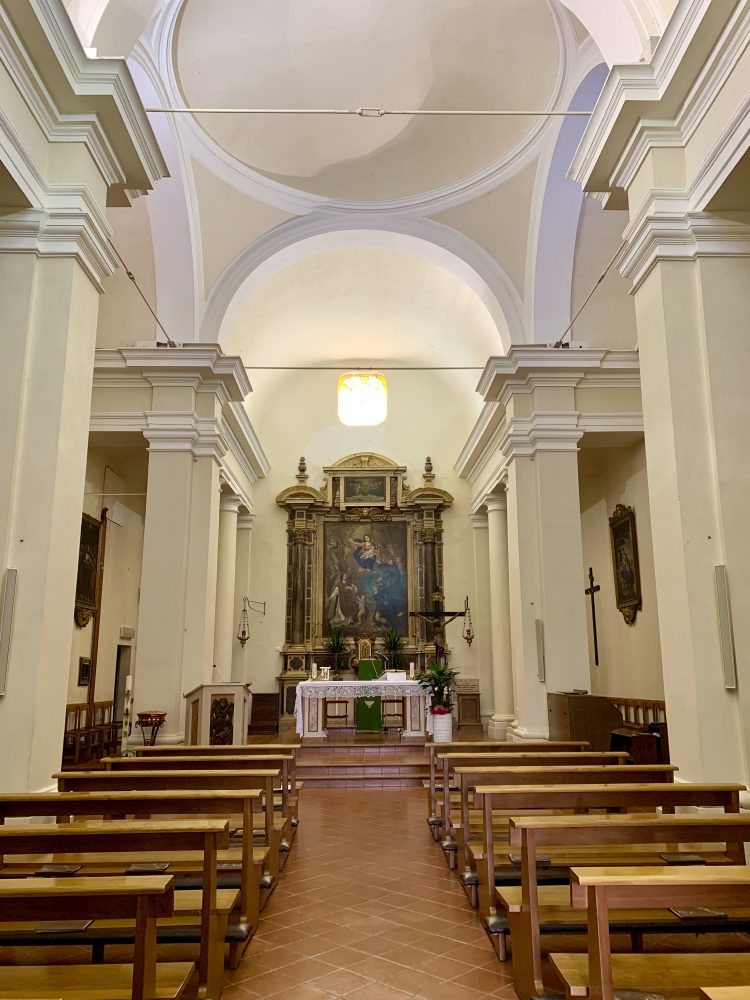
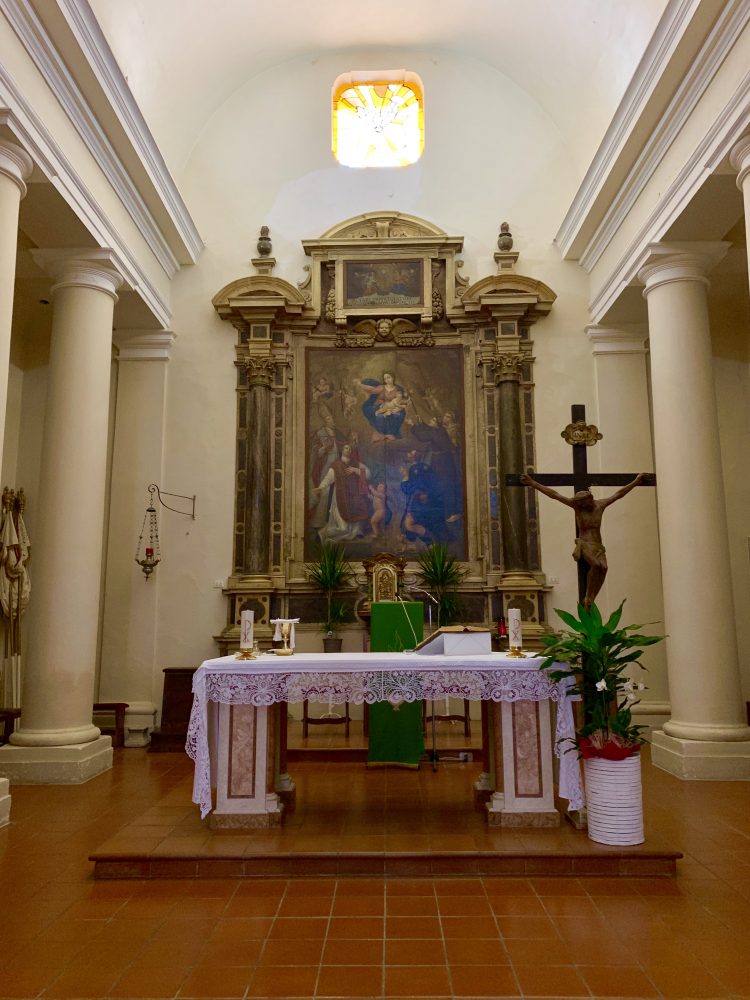
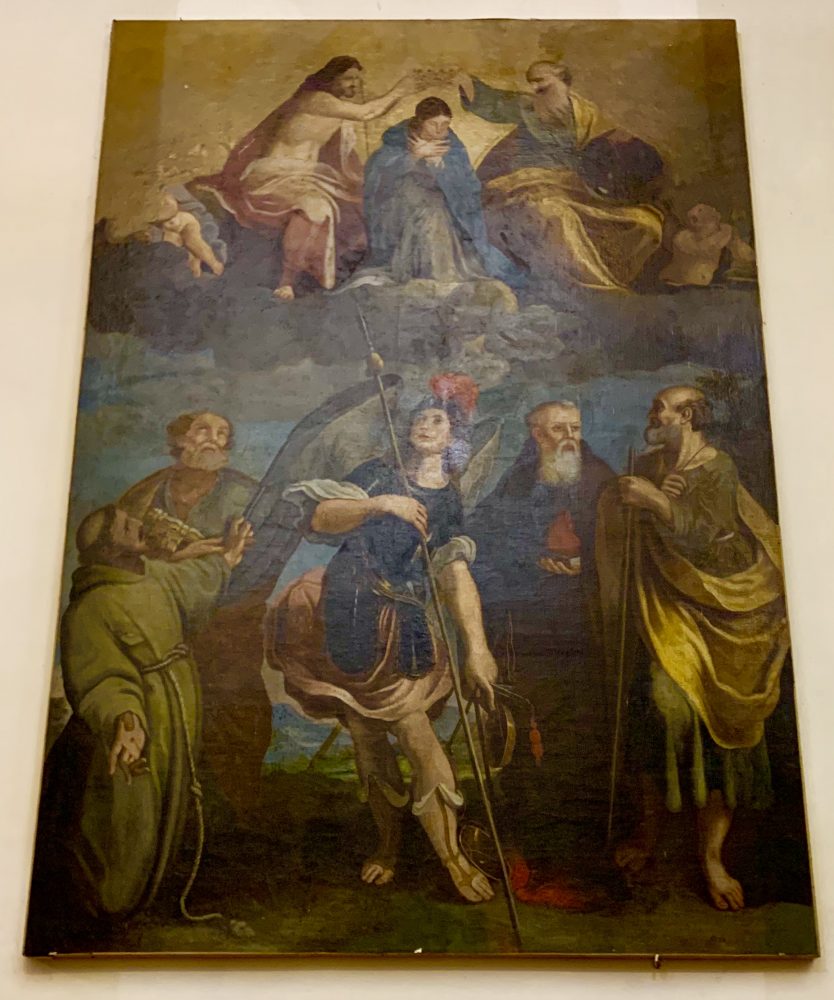
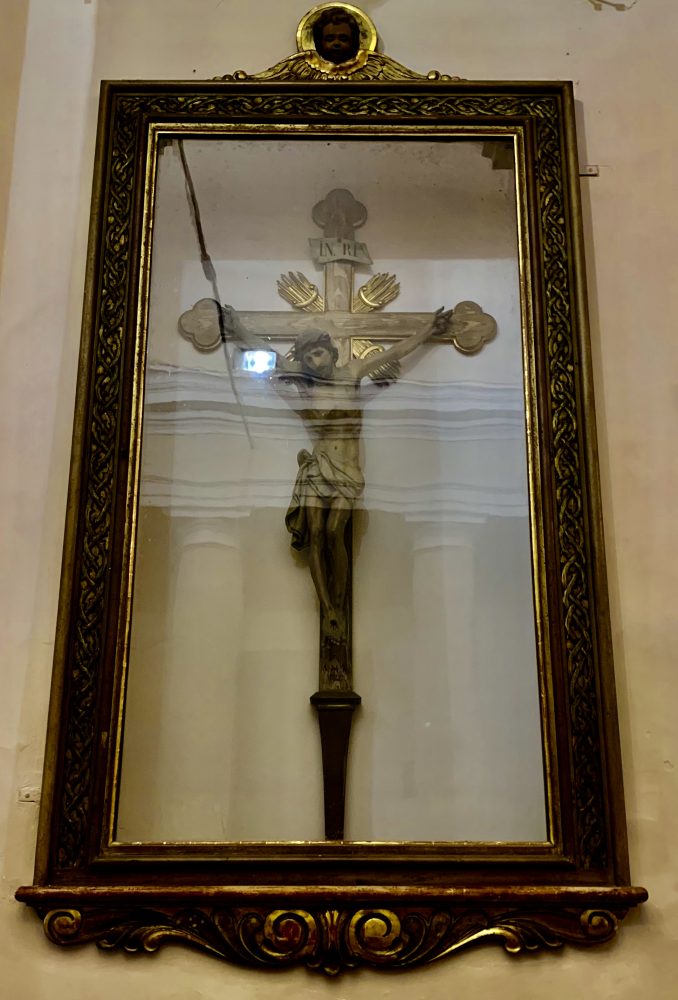
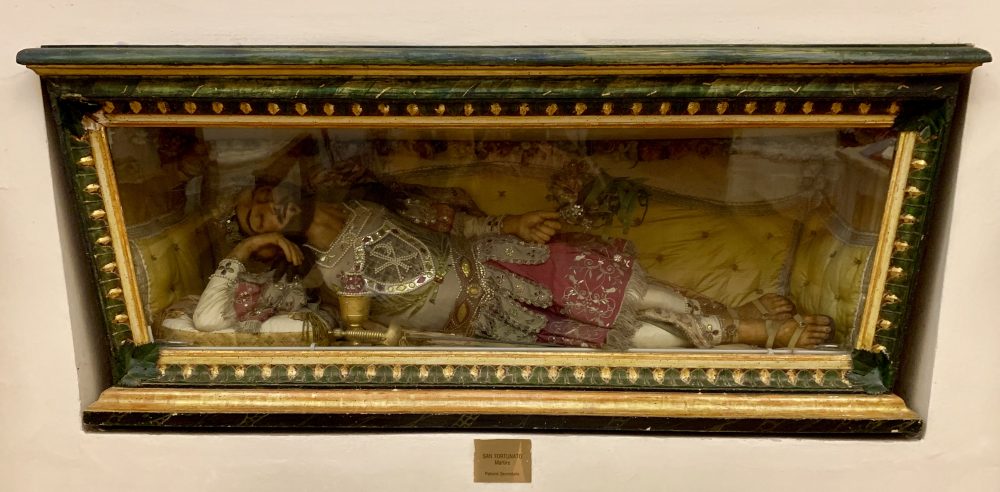
Yep, more posters!
Most advertising special events, dinners (sagras), or food.
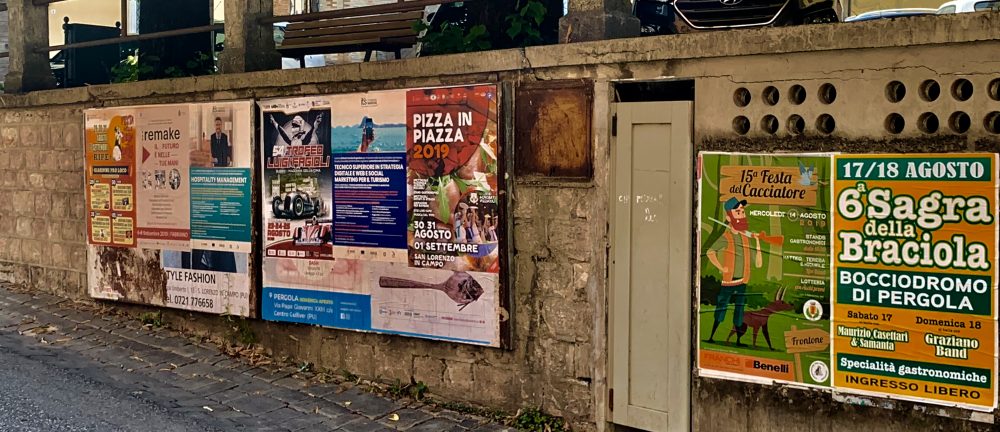
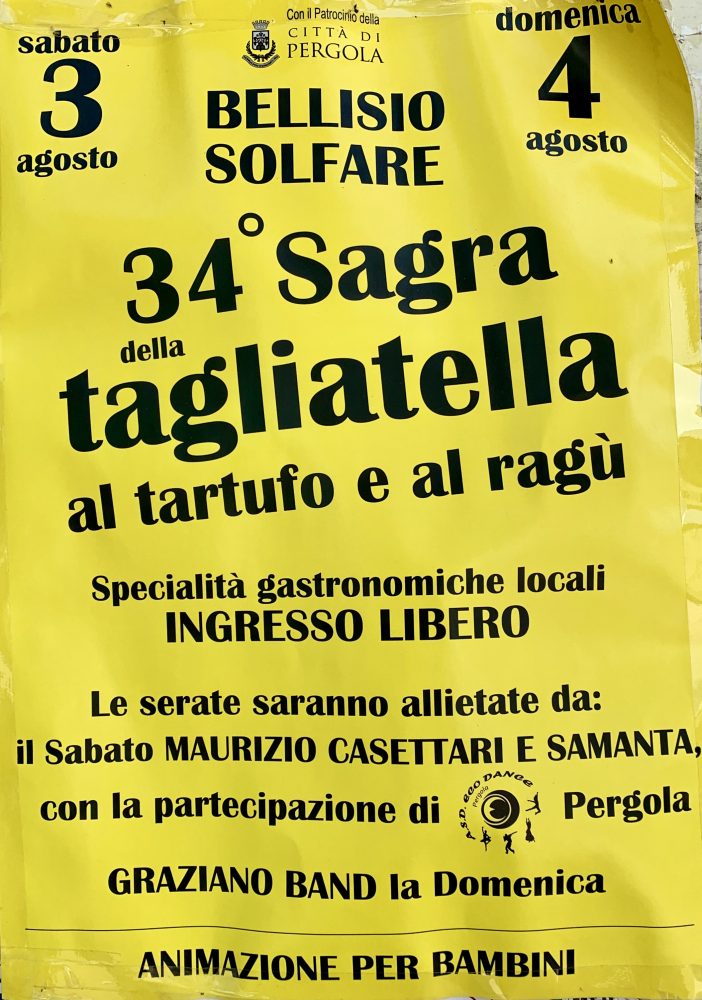
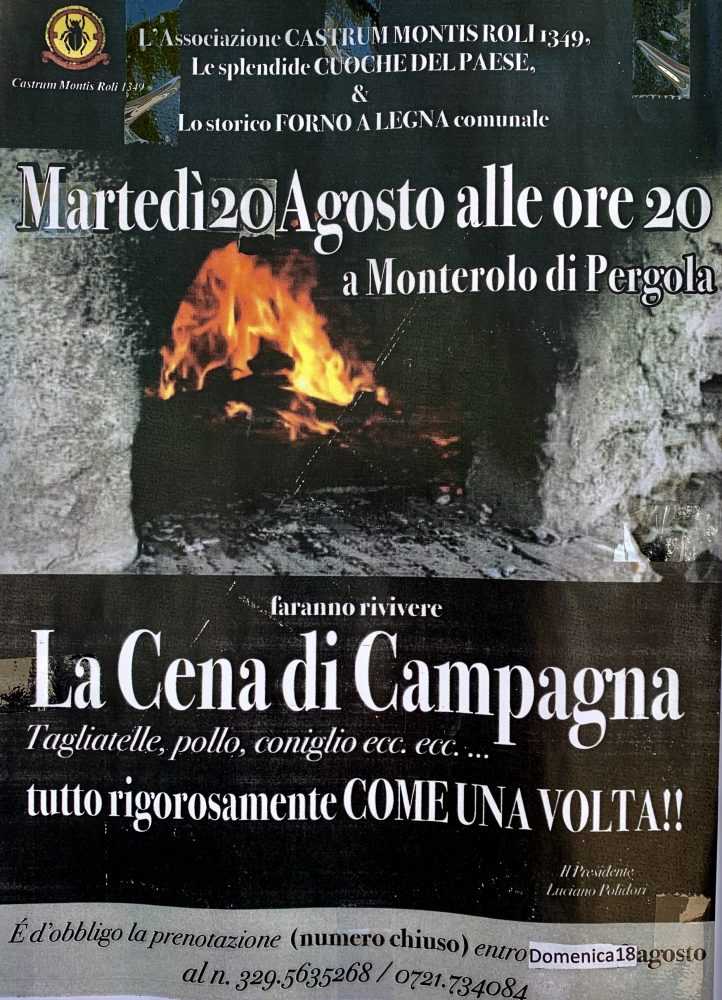
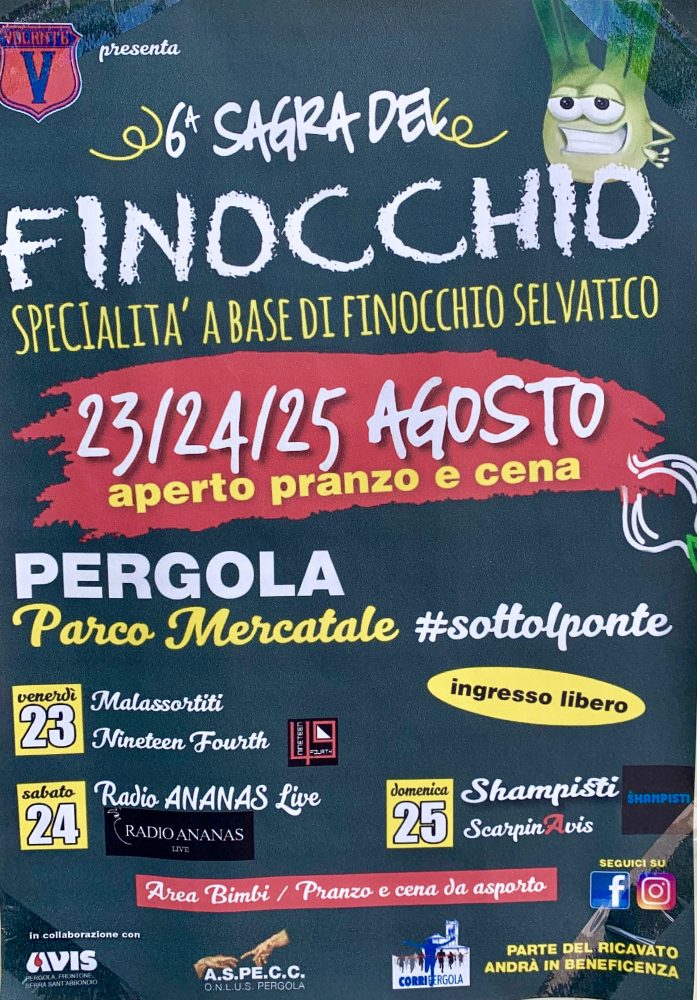
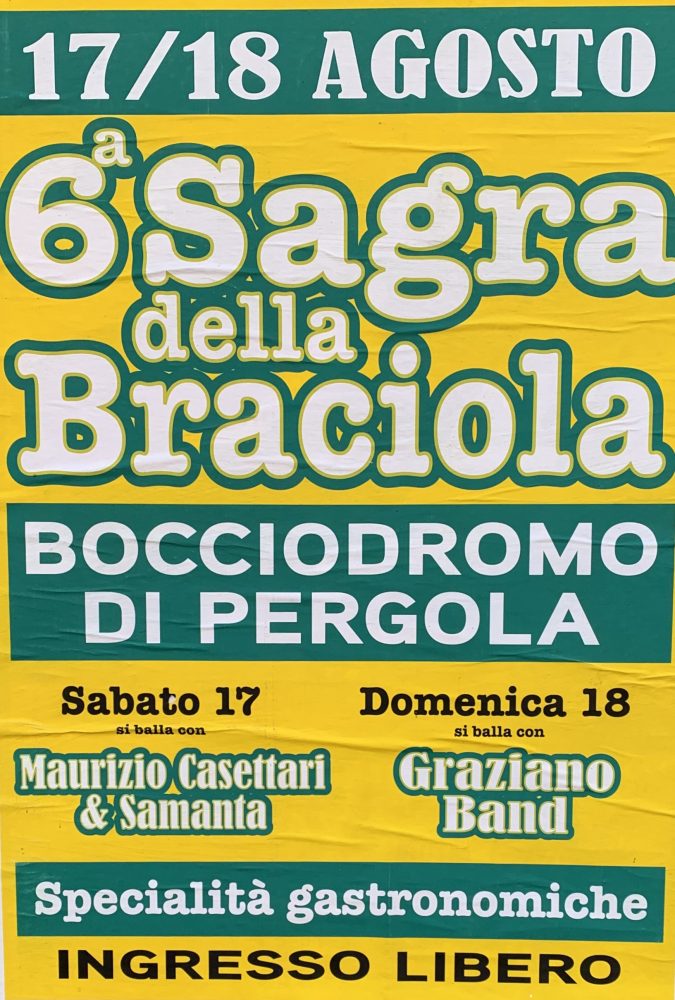
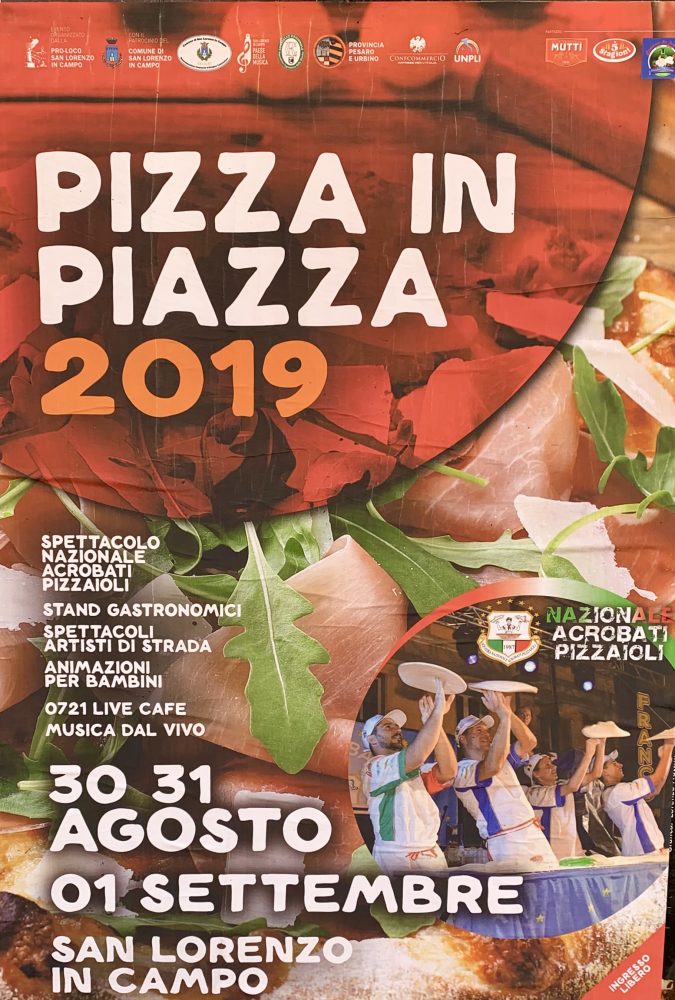
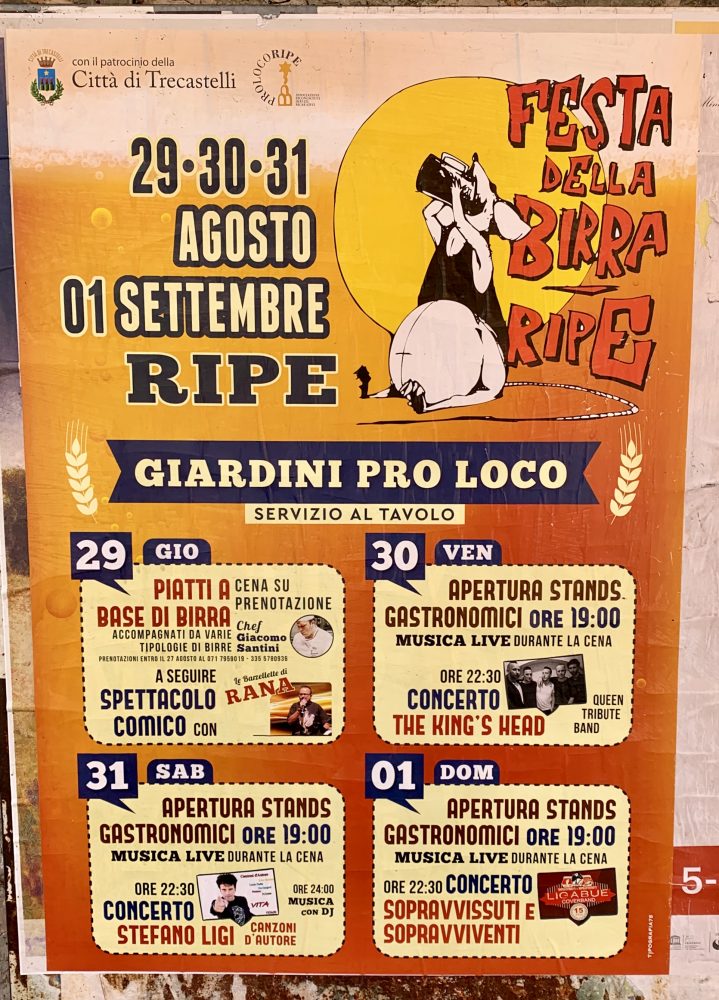
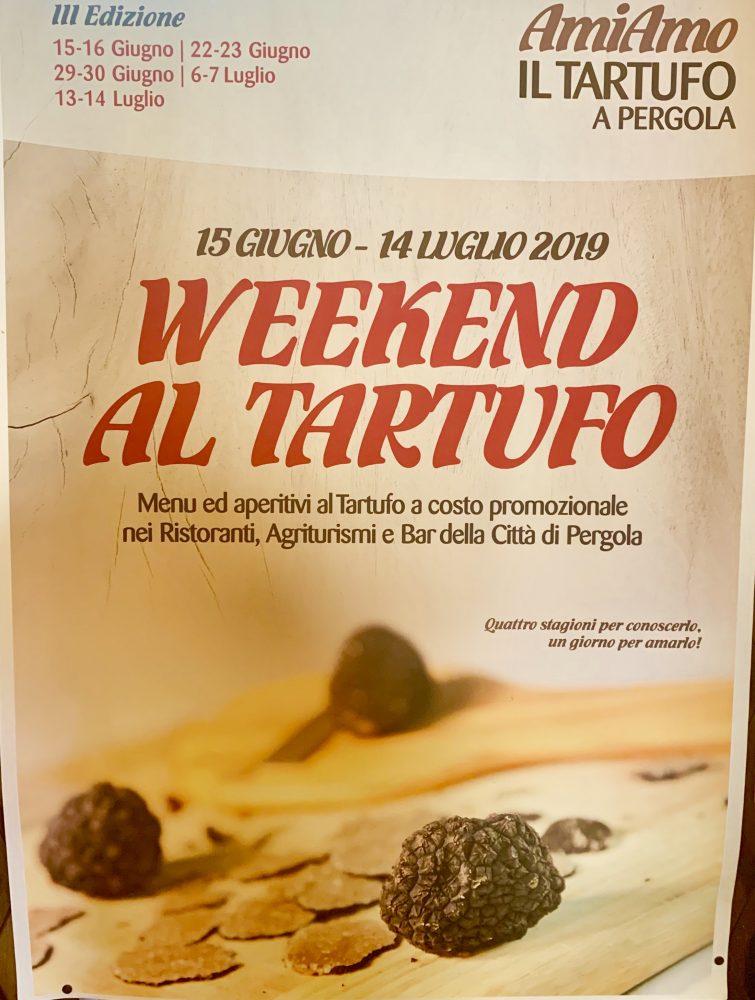
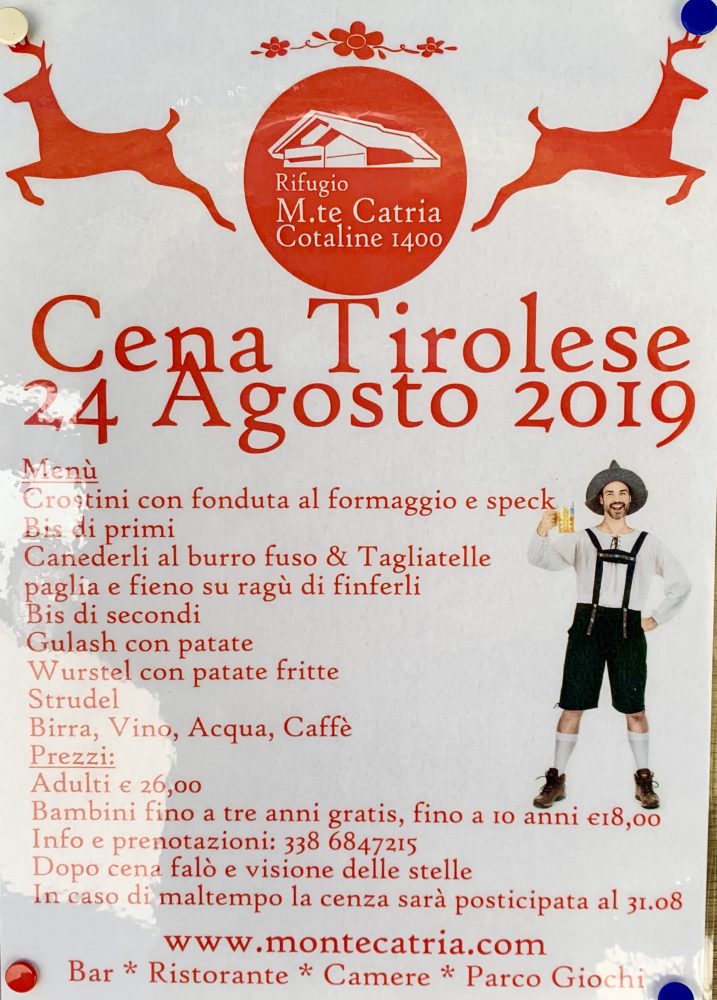
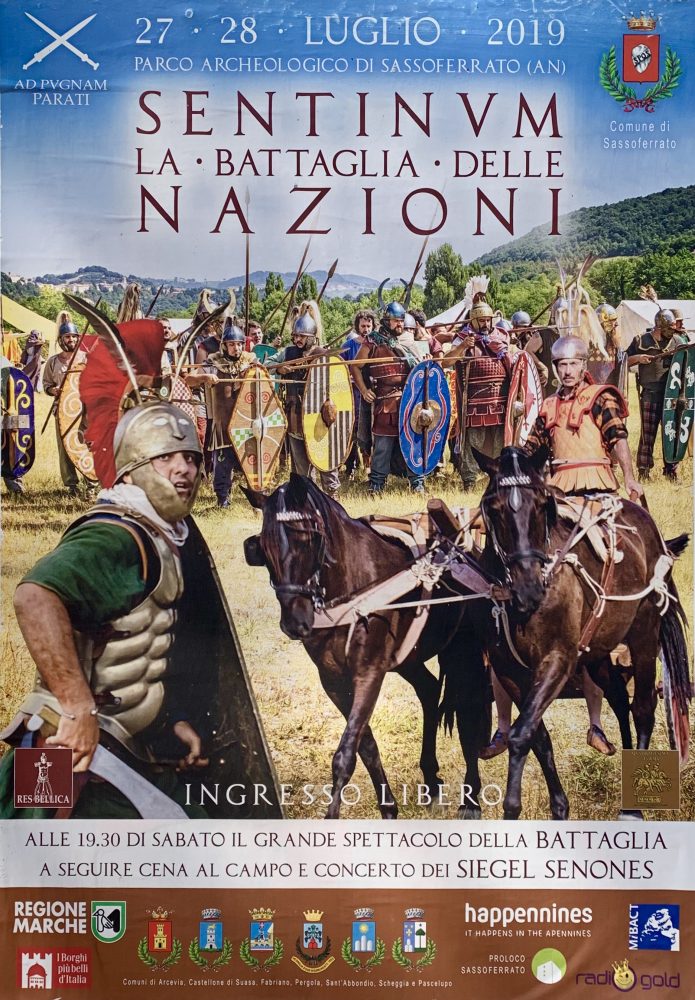
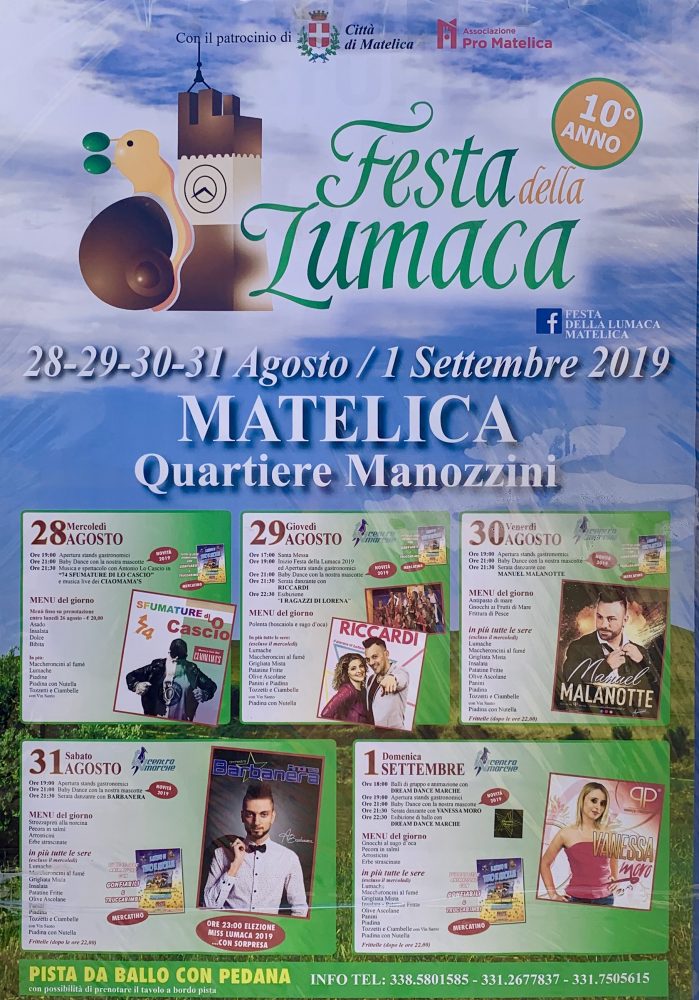
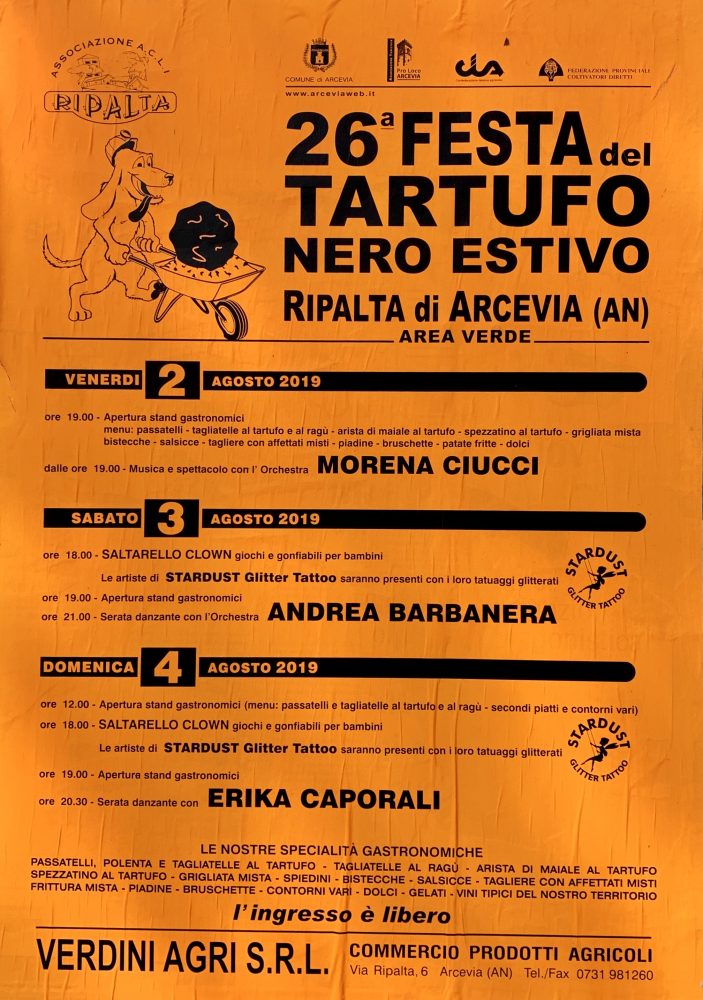
Pergola errands and . . .
We drove 15 minutes to Pergola to buy vegetables, have lunch, and exchange a faulty Italian debit card at the post office. The exchange went smoothly, and in conversation the clerk Christina mentioned she had relatives in San Francisco. Just for the heck of it, Robert asked for the last name. Turned out to be Magagnini, her uncle and a good friend of Robert’s family. Actually Tony Magagnini lives in Menlo Park, and at the next window the customers Carol and Tony Roselli overheard us and announced they were from Menlo Park and staying in Frontone! Tony is a member of the San Francisco Marche Club like Robert! The world is sometimes smaller than you think.
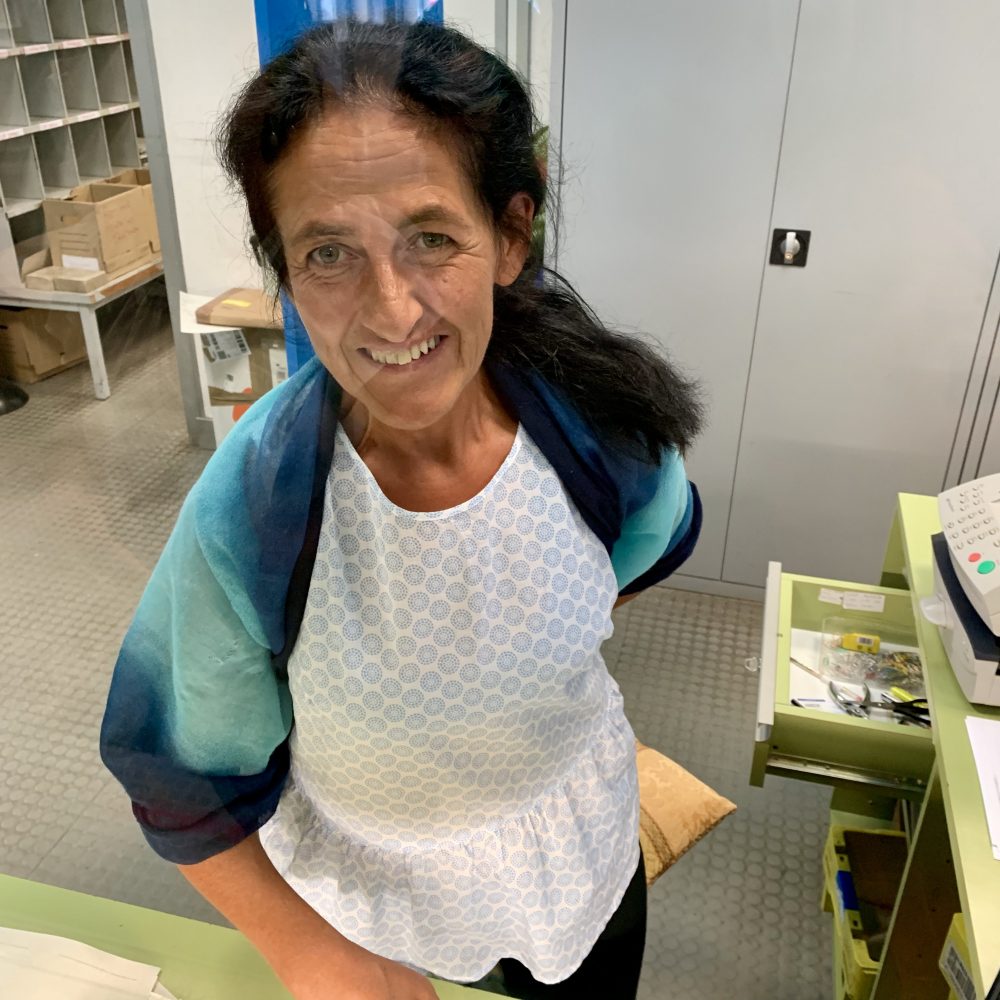
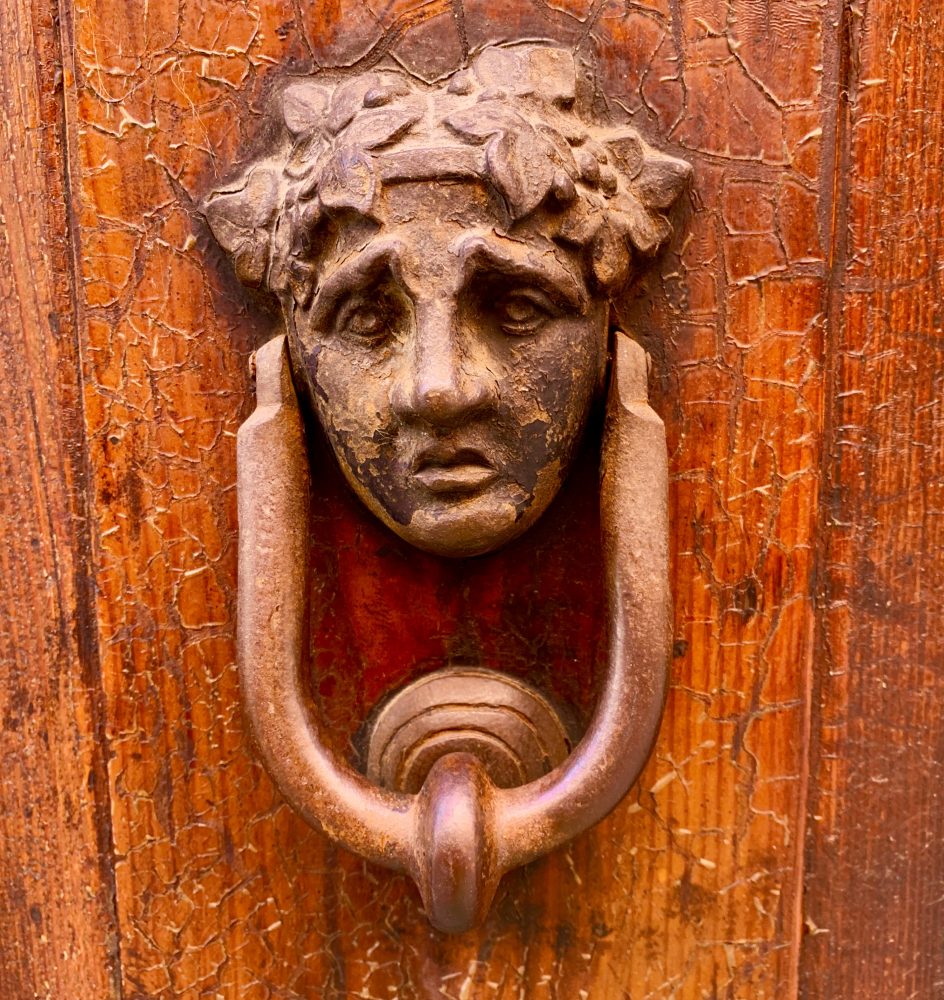
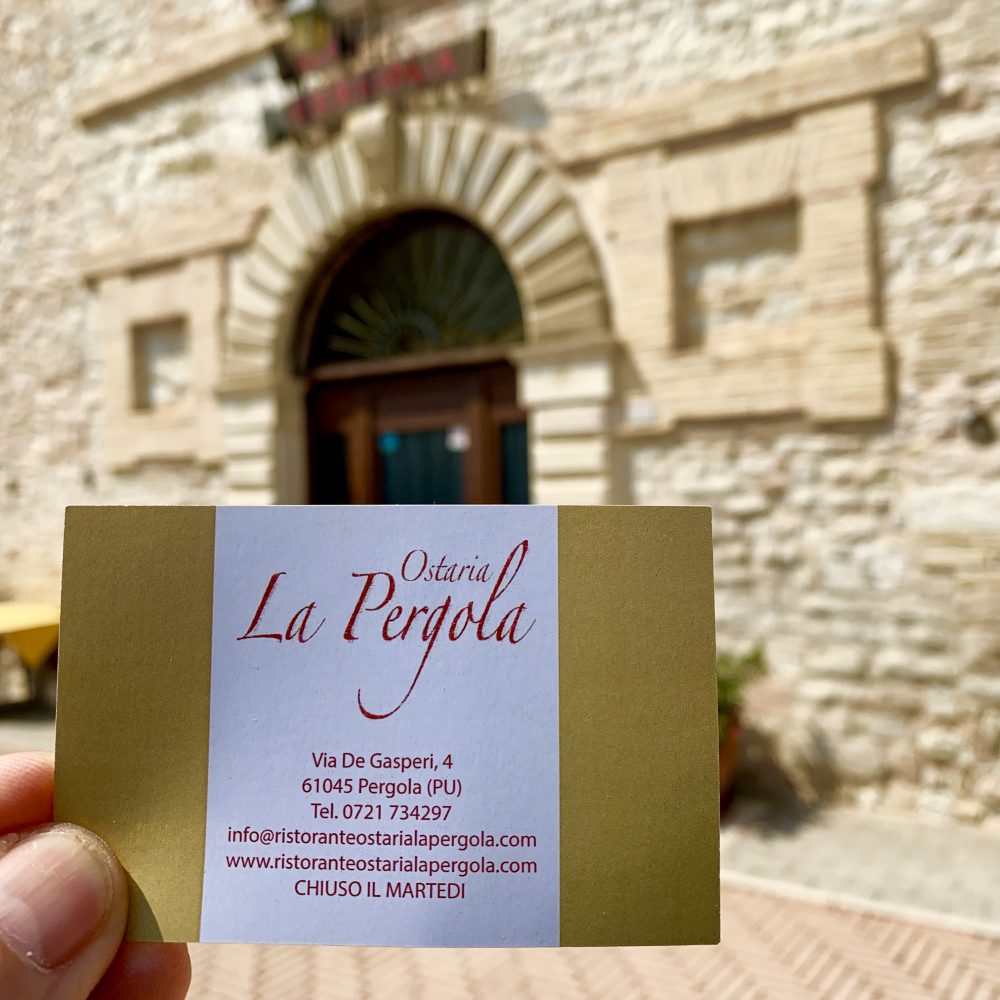
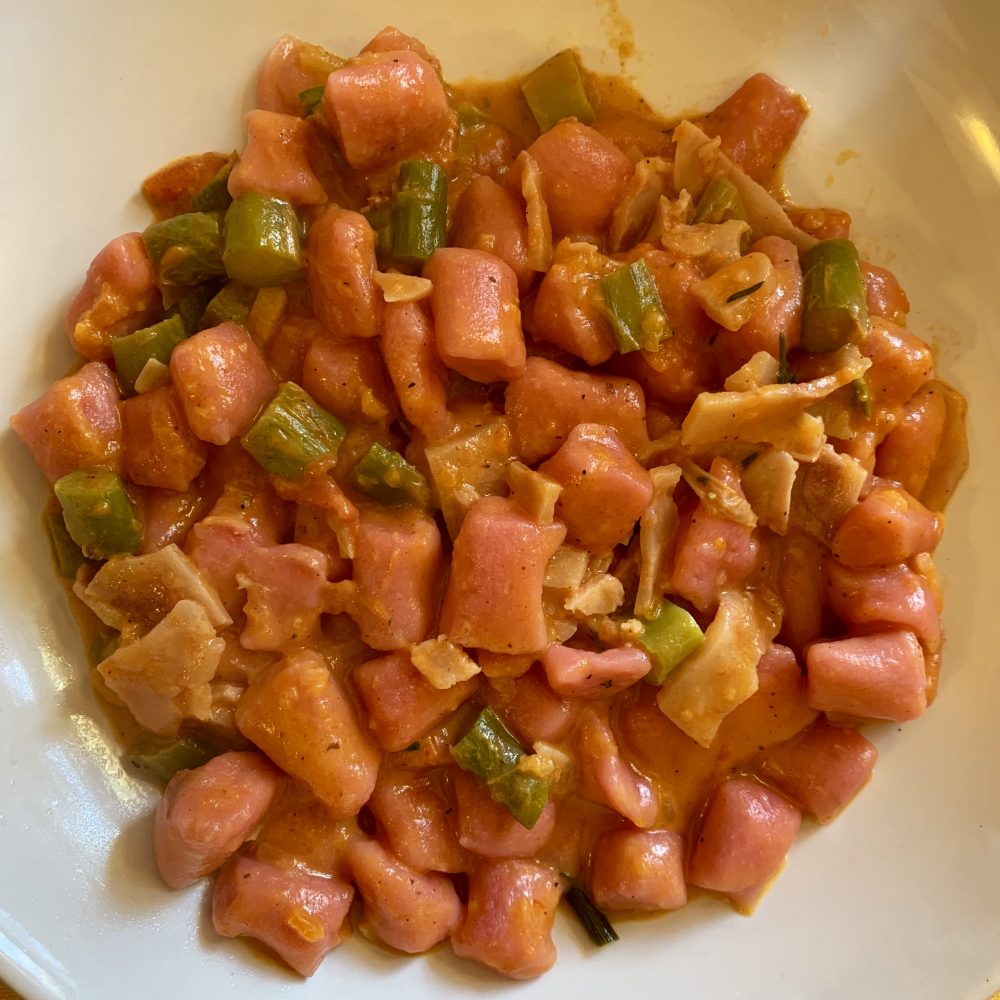
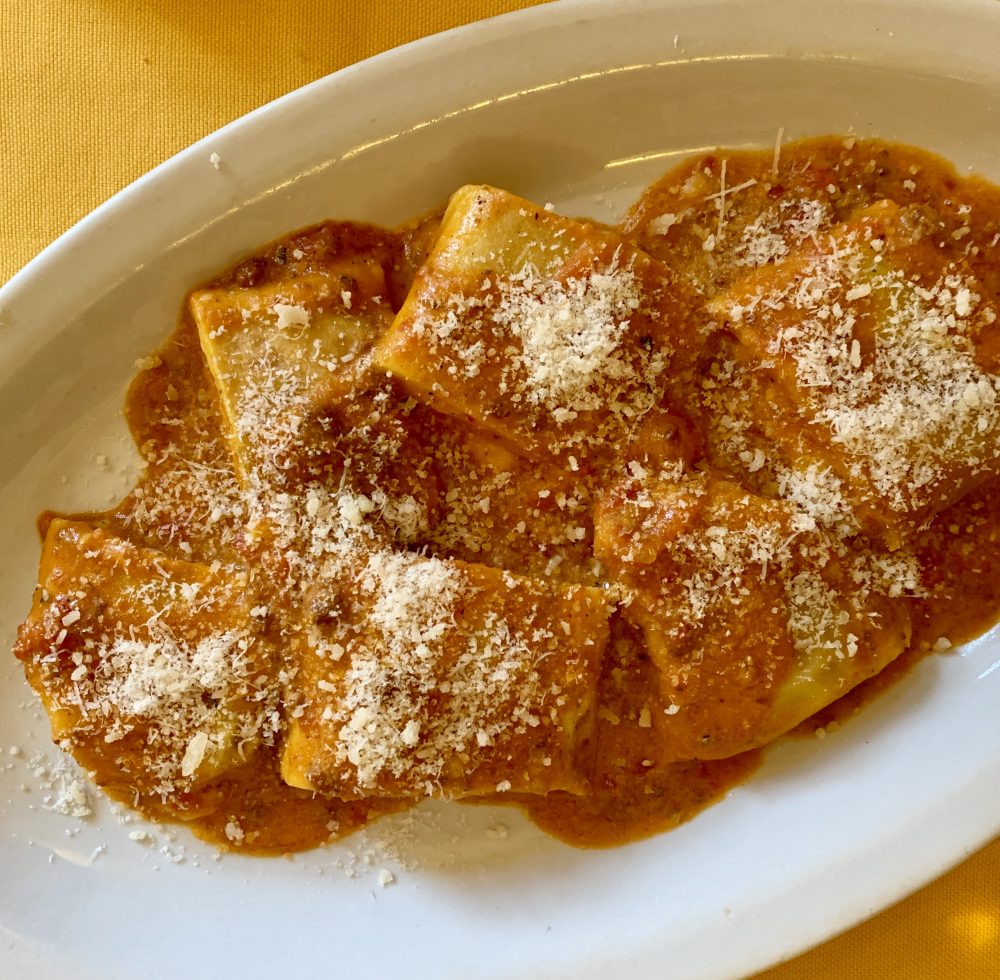
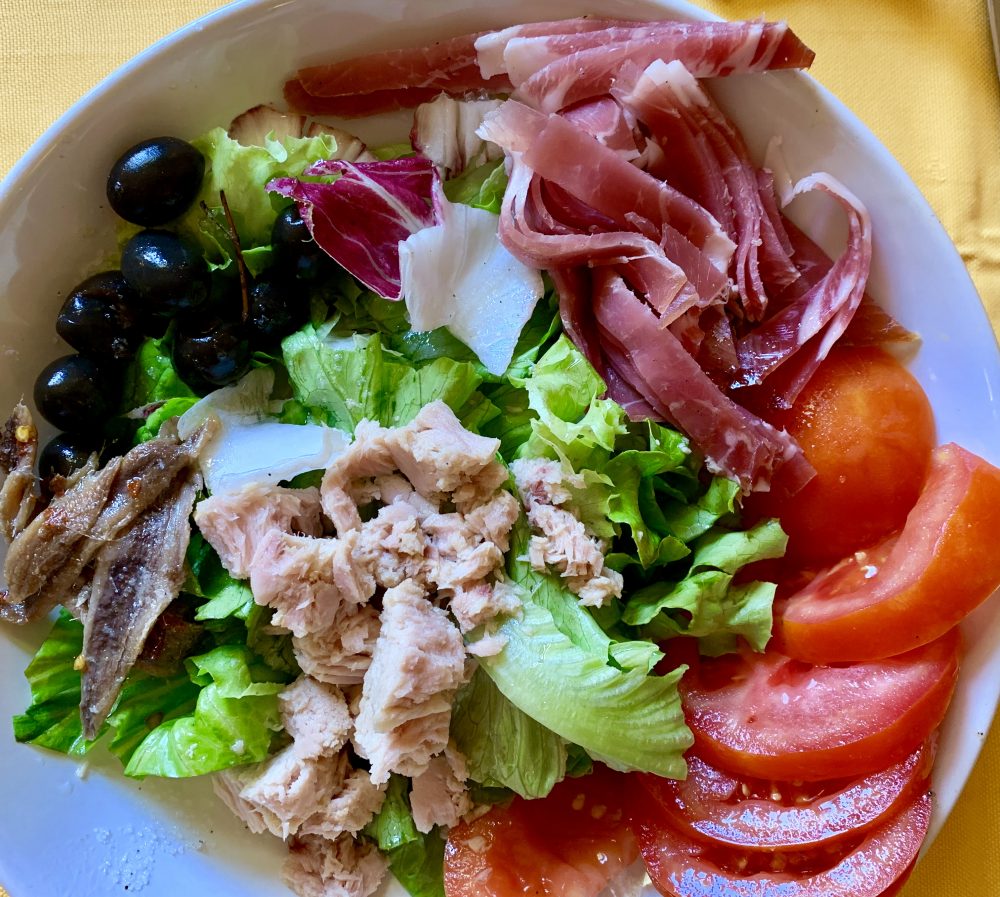
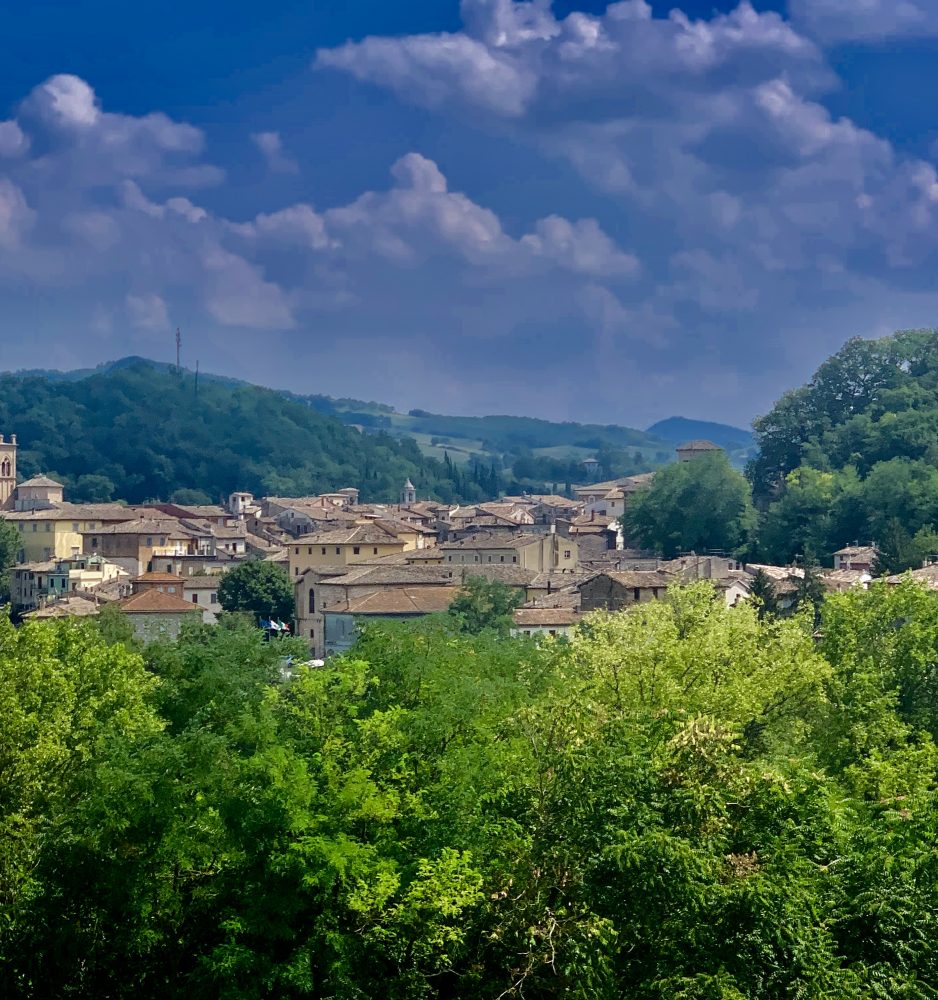
Mt. Catria—The hike
At an elevation of 1,701 meters (5,580 feet), Mt. Catria is the highest mountain of the Apennine Mountains near Serra. It is composed of karst and has numerous sea fossils. It served as a dividing point between a variety of nations over the centuries. On top there is a large steel erector-set-style cross, first constructed in 1901, damaged by 1907, and reconstructed in 1963. During reconstruction workers discovered bronze statuettes more than 3,000 years old. So Mt. Catria has been considered a spiritual site since ancient times.
Adriana, Guiliano, Luciana, and Robert decided to hike to the top of Mt. Catria. Since Robert’s last visit in 1972, the locals installed a funivia (two-person carriages suspended from a cable) to make part of the ascent. They met at 9:30 and waited about 30 minutes for the operators to “fix a part.” The trip up took about 20 minutes.
The funivia was installed to promote Mt. Catria for skiing. Local communities committed to fund the project, and developers cleared forests for ski runs. Several new roads were added at the base to reach the lower end of the funivia. The problem is that Mt. Catria gets sufficient snow for skiing only about two weeks a year, and when it does snow, major winds usually blow the snow away. On our hike we saw a crew dismantling some of the secondary funivie that went to higher elevation ski runs. They do promote the area for mountain biking and have a refugio at the top end of the funivia that has a cafe and food service.
On the map posted at the top of the funivia we noted that the hike to reach the cross at the summit of Mt. Catria would take 1.5 hours. However, this did not factor in the Italian conversation time coefficient of 3.12. It took us 1.5 hours to reach a junction of trail and road where the estimate to reach the top was one hour. That coupled with a weary Luciana and the lunch planned at the house in Serra convinced us to turn back and begin our return trip to Serra.
Next time, if he is not too old, Robert will drive to the trail junction and hike from there to the top of Mt. Catria. Bucket list item.
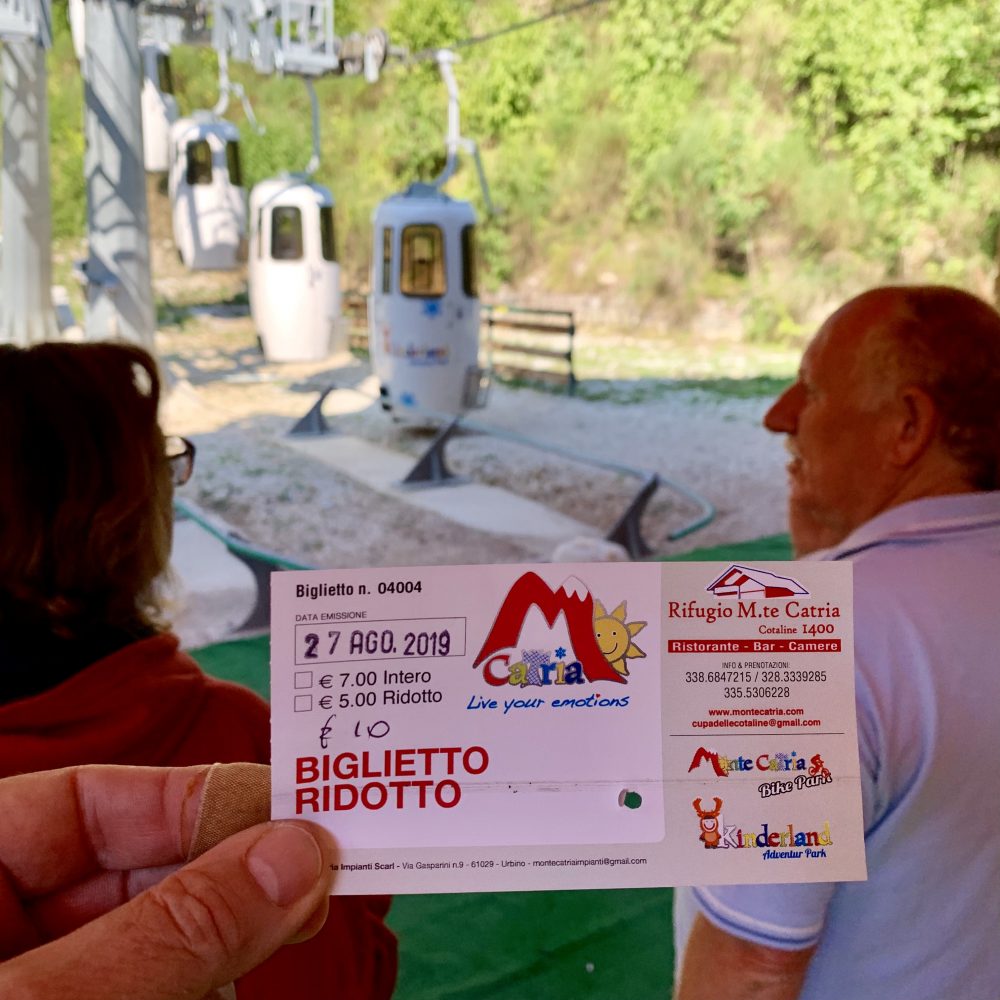
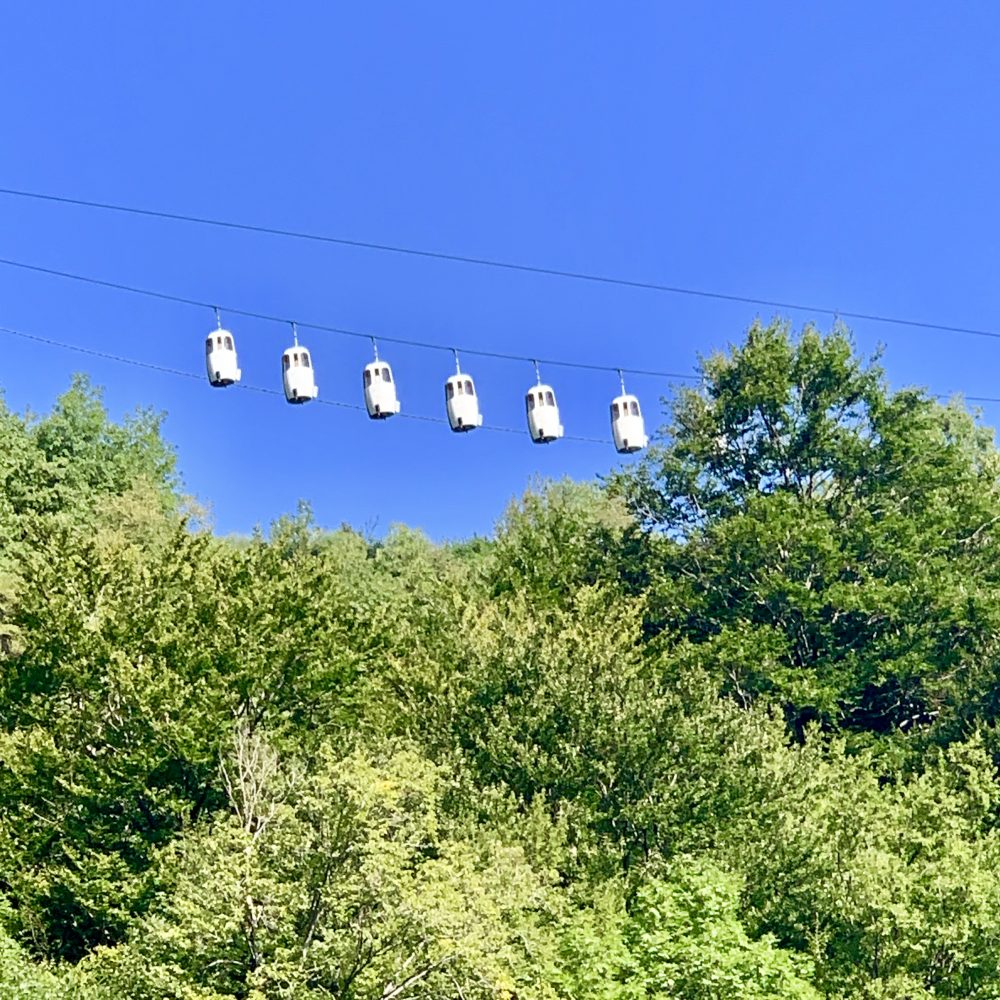
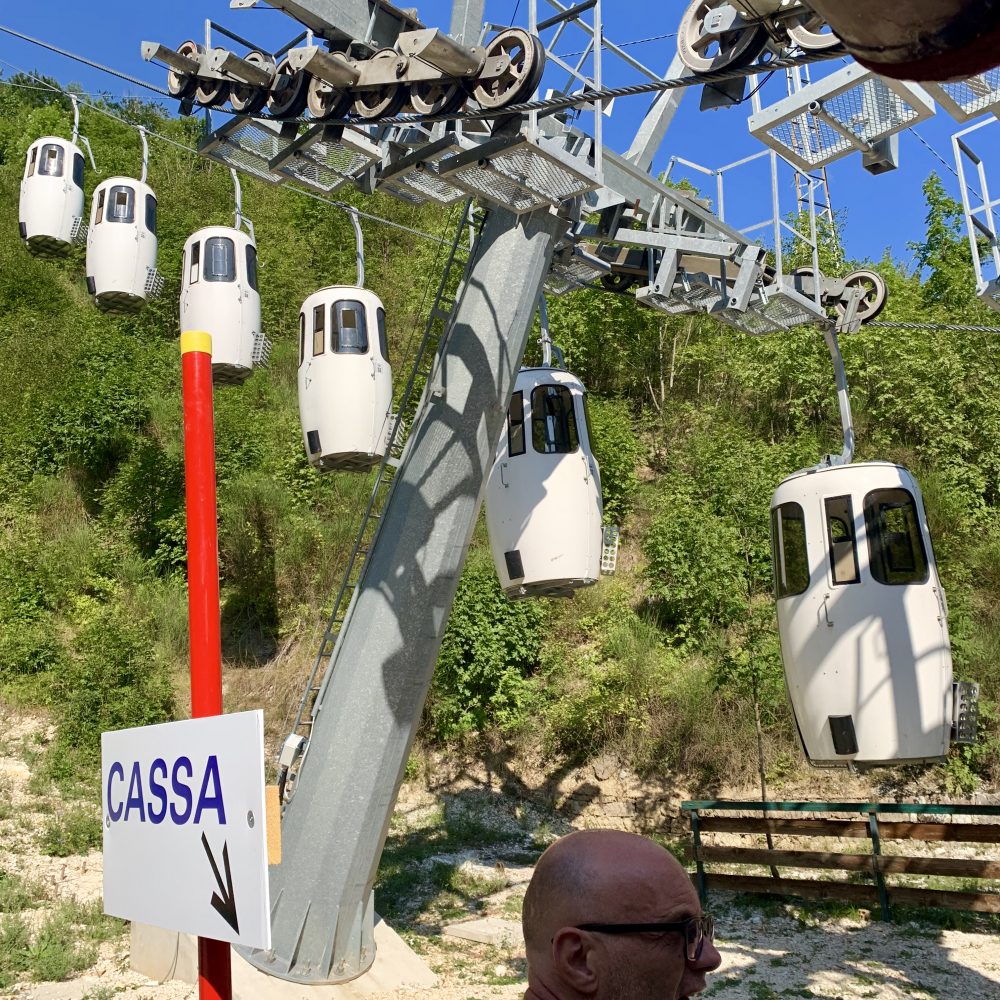
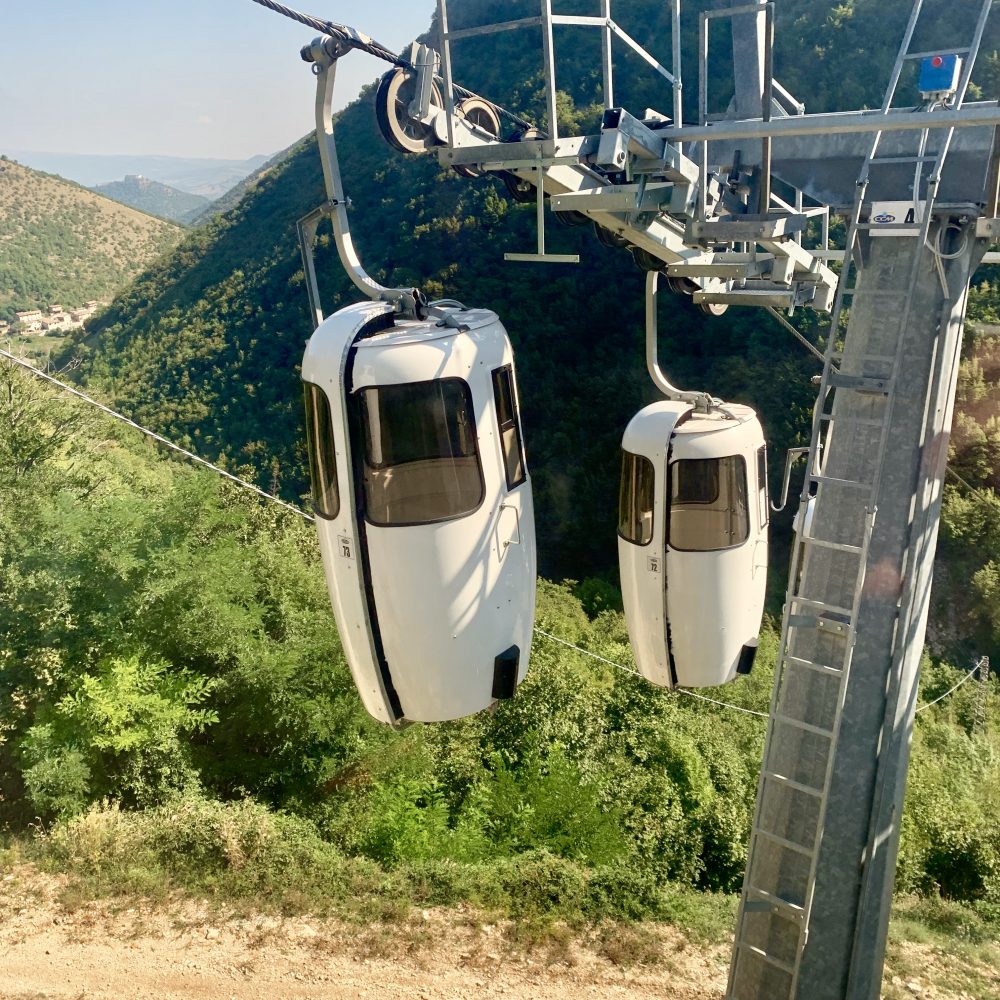
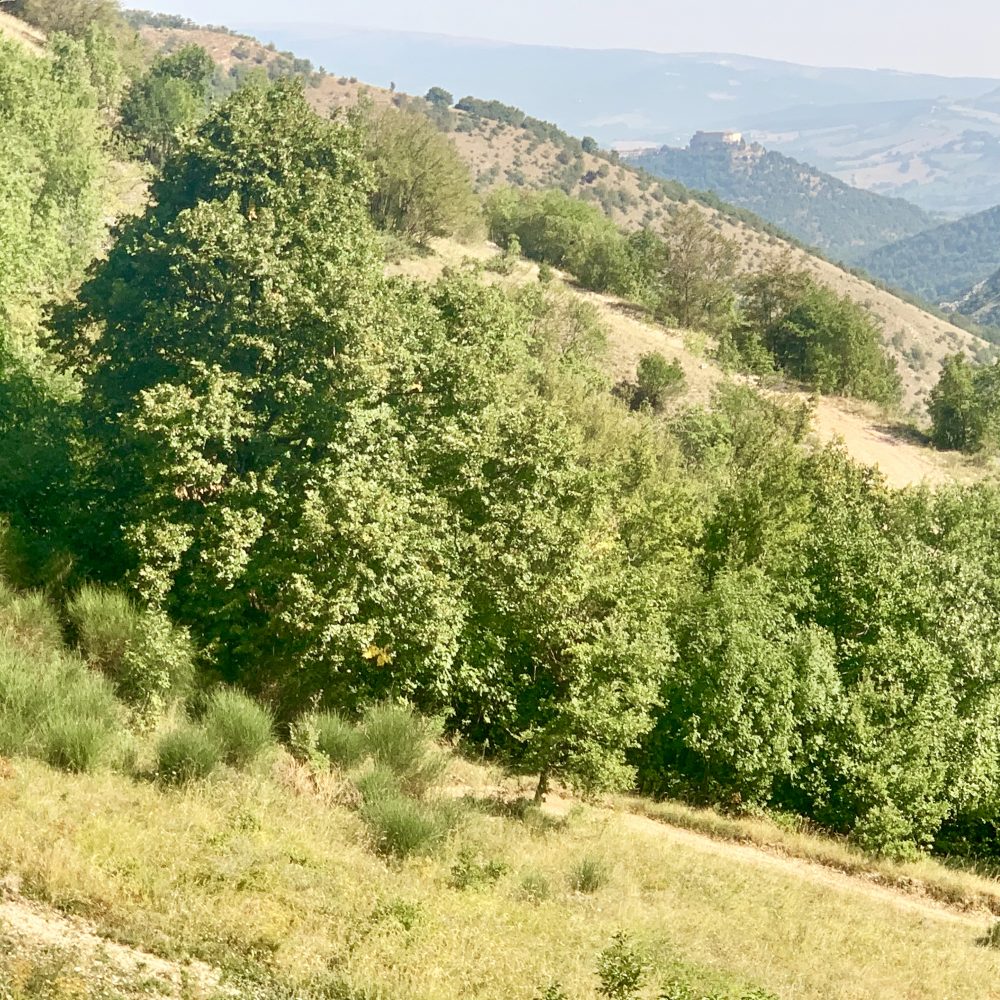
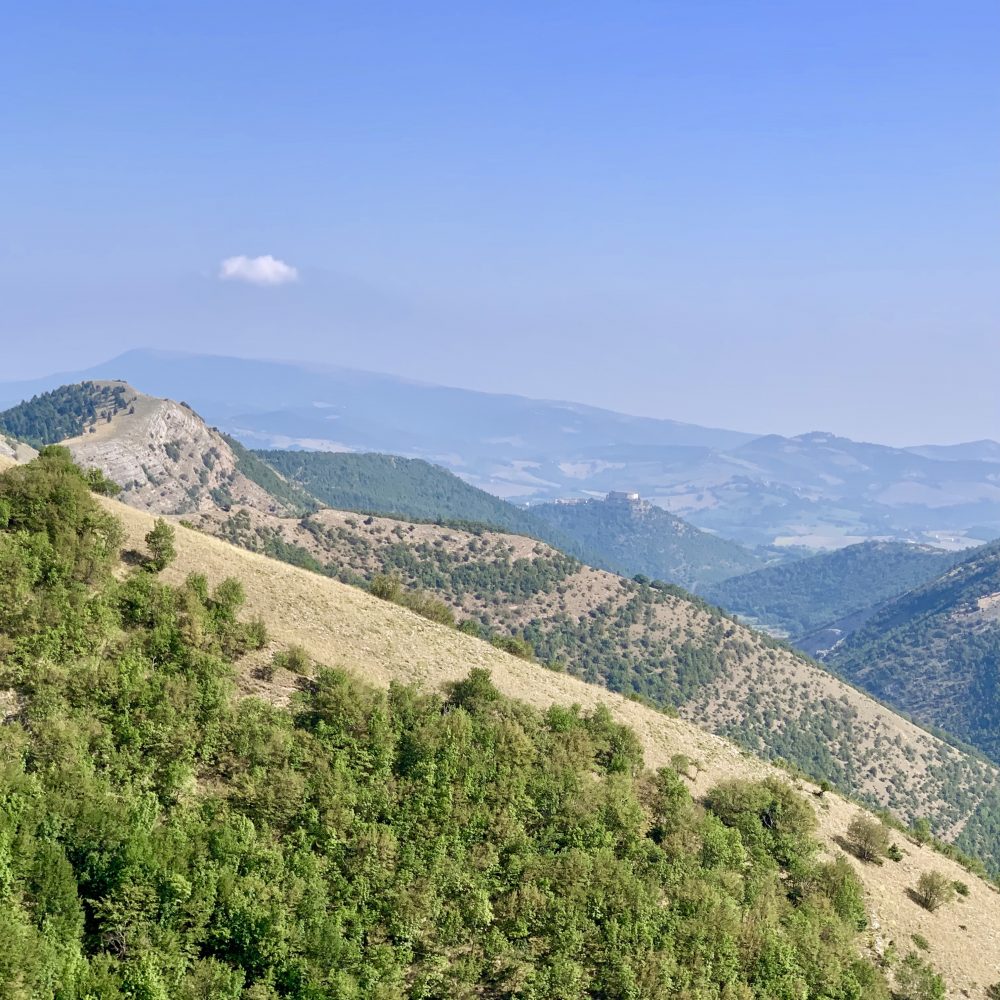
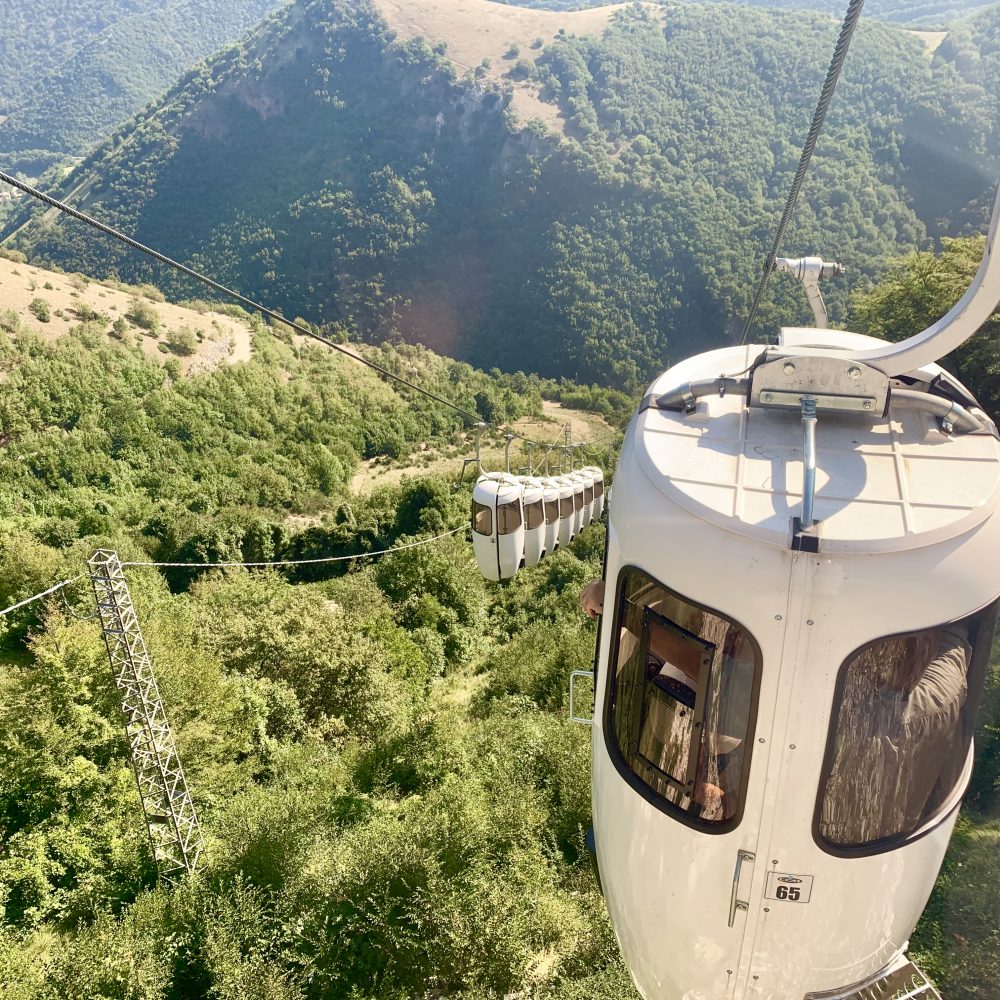

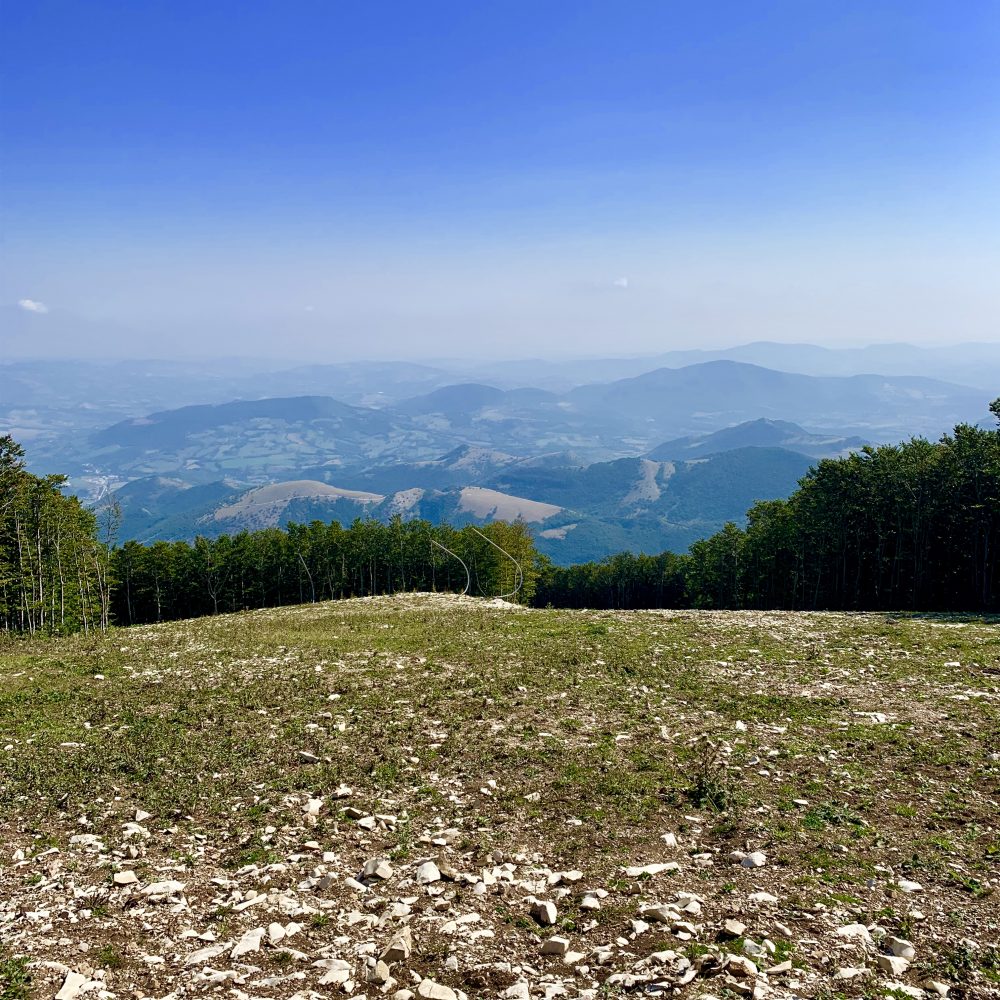

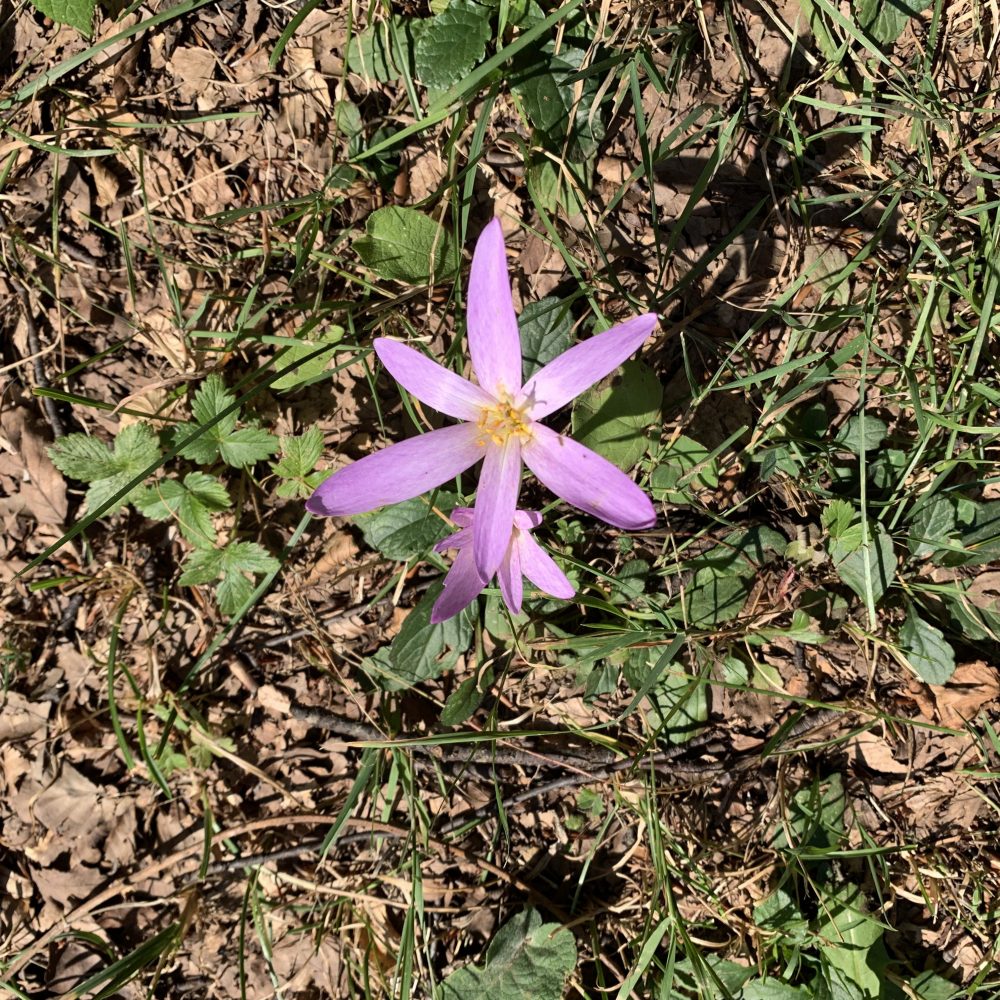
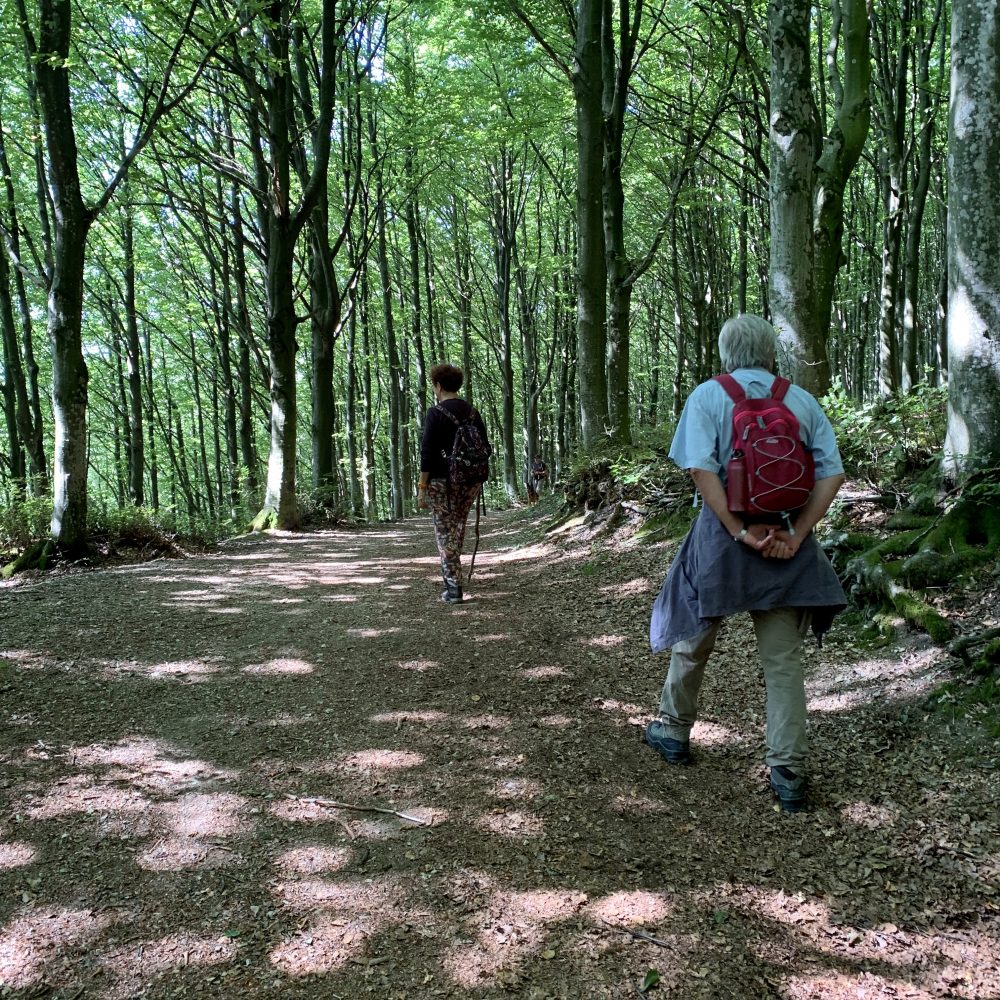
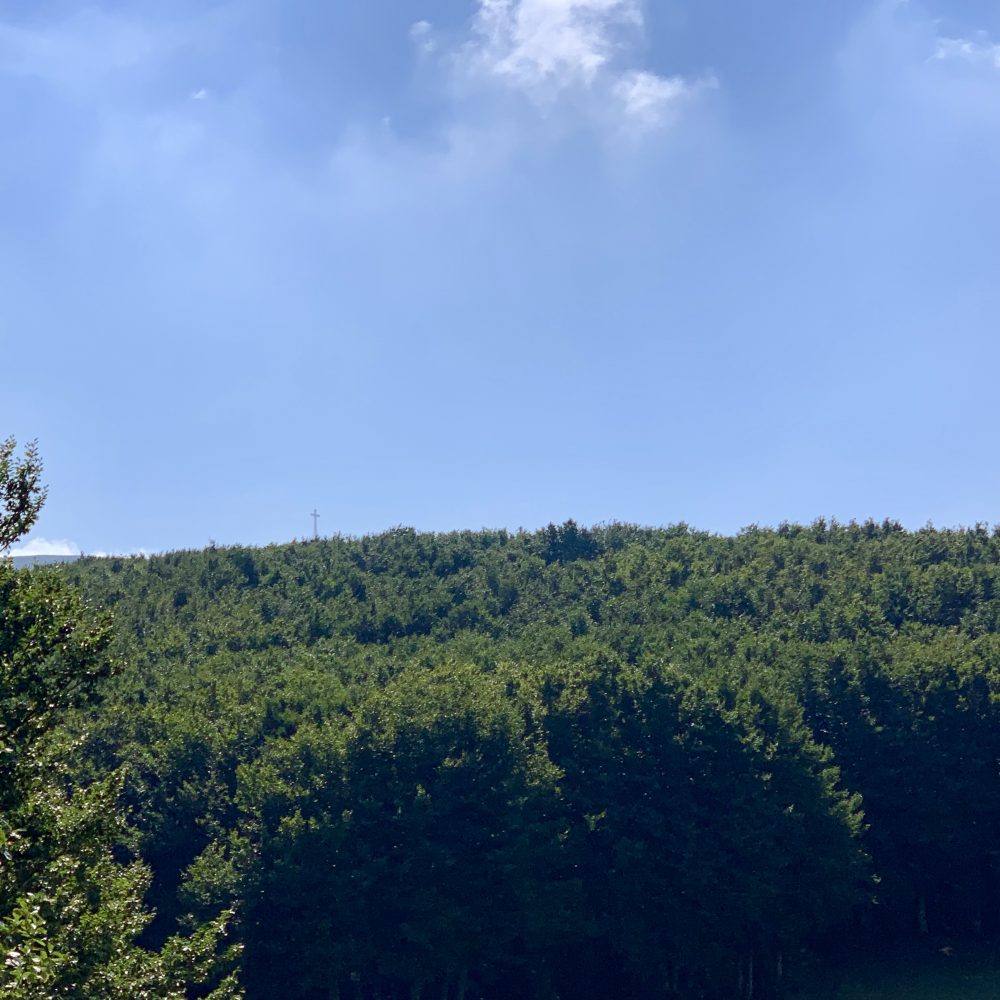
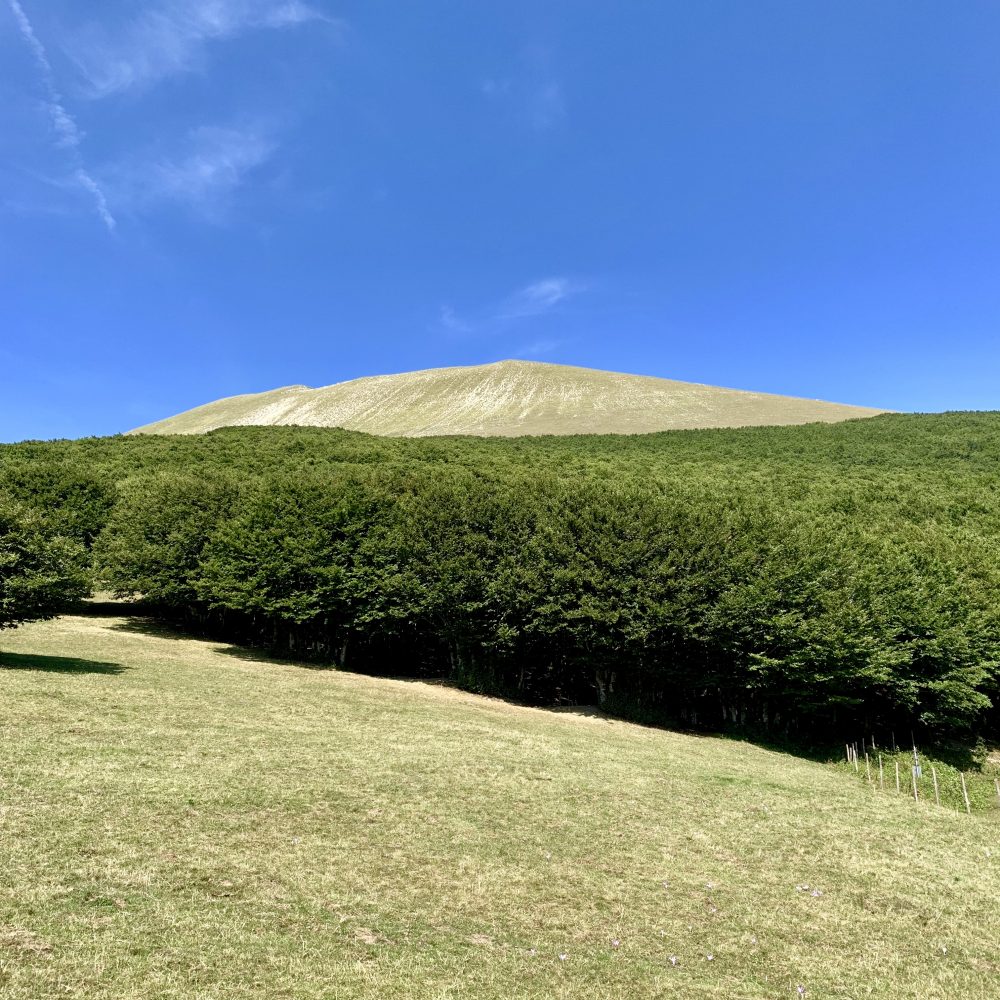

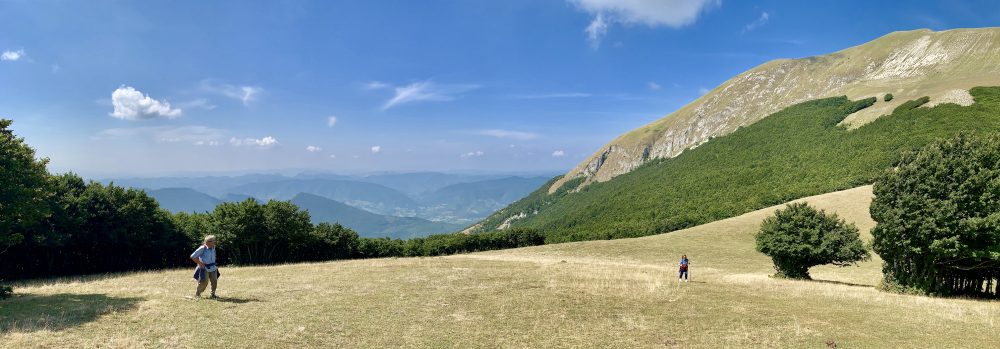
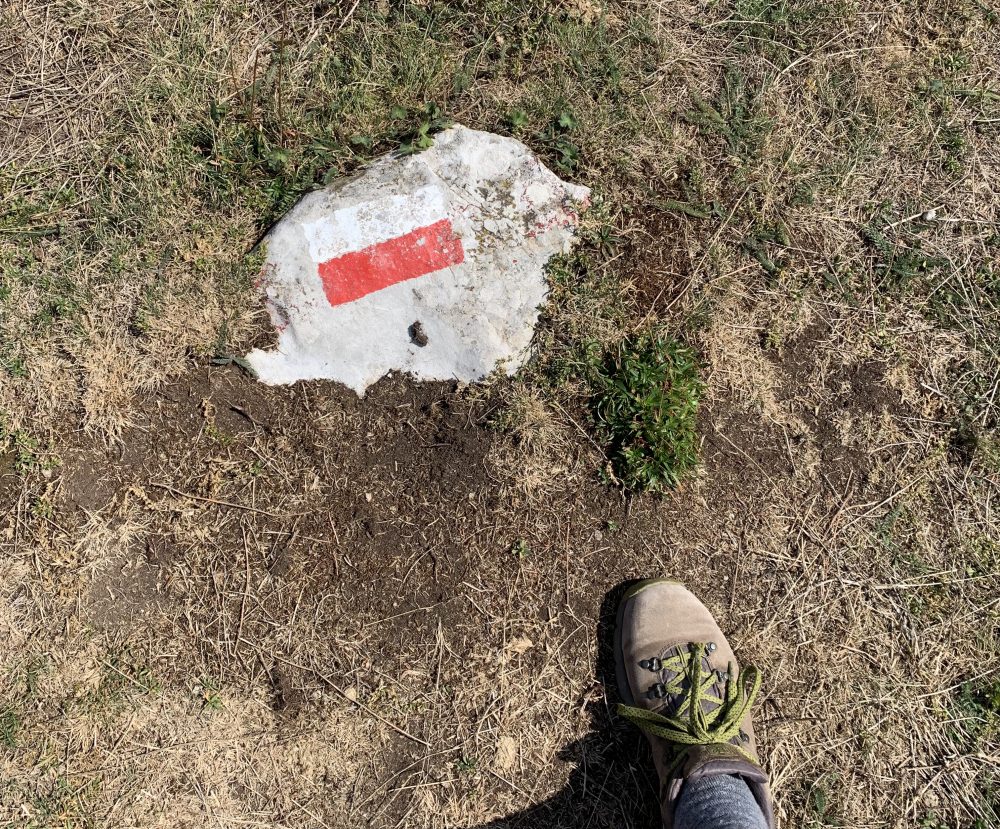
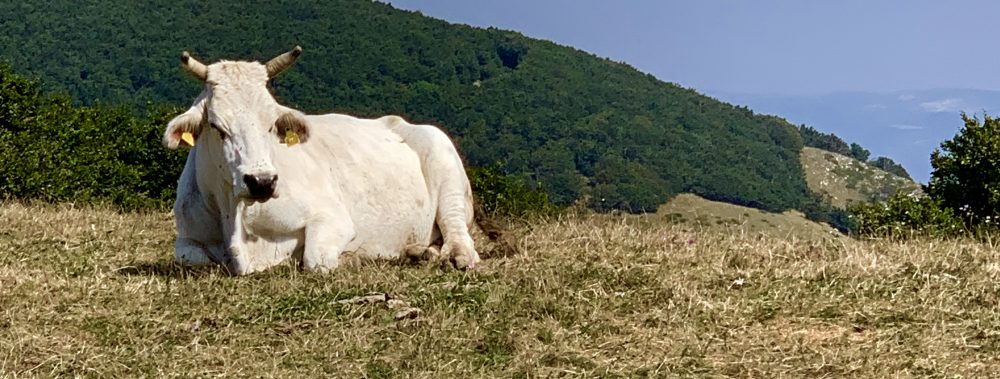
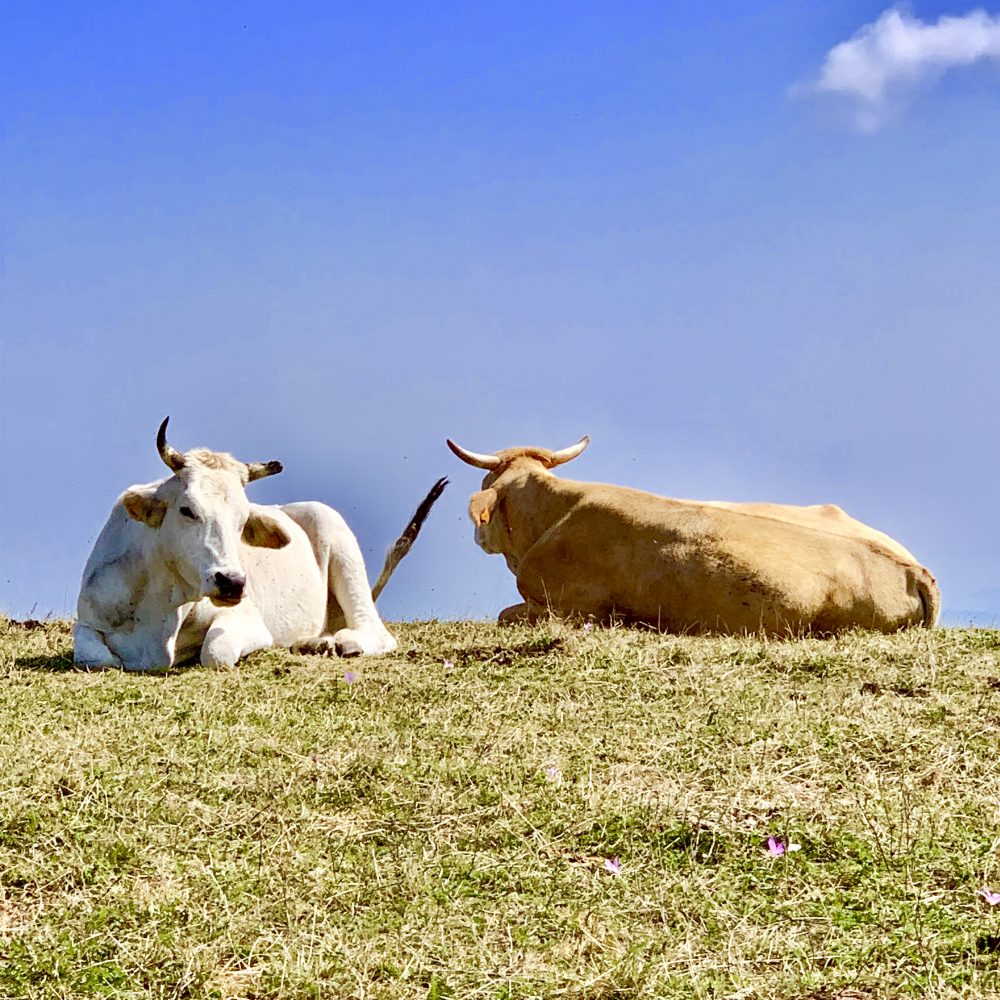
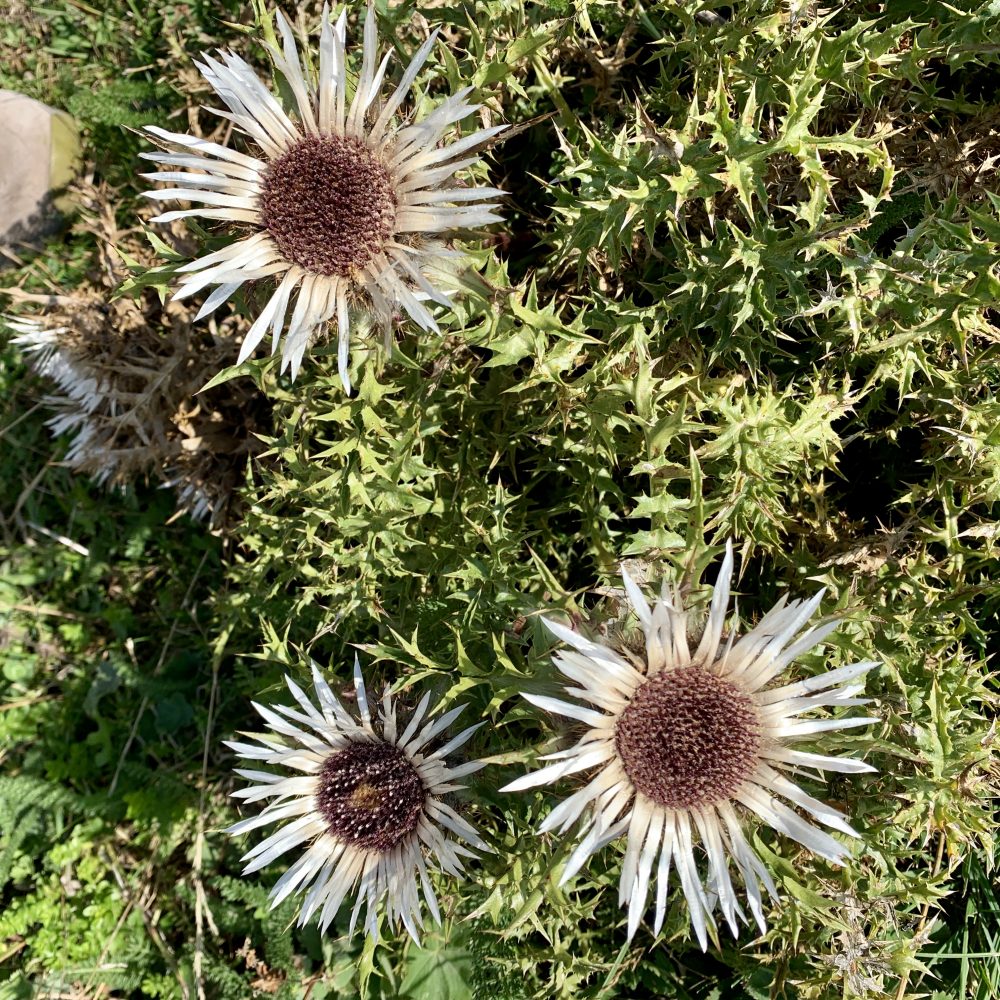
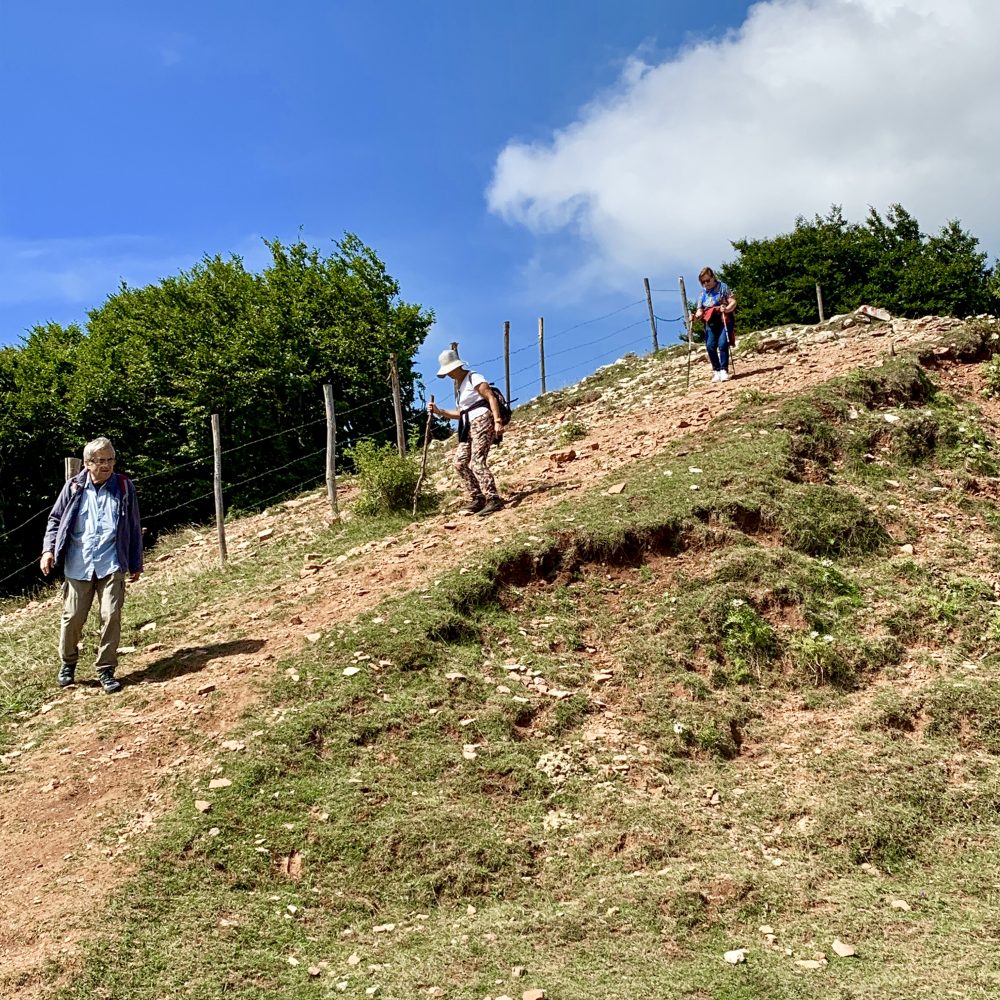
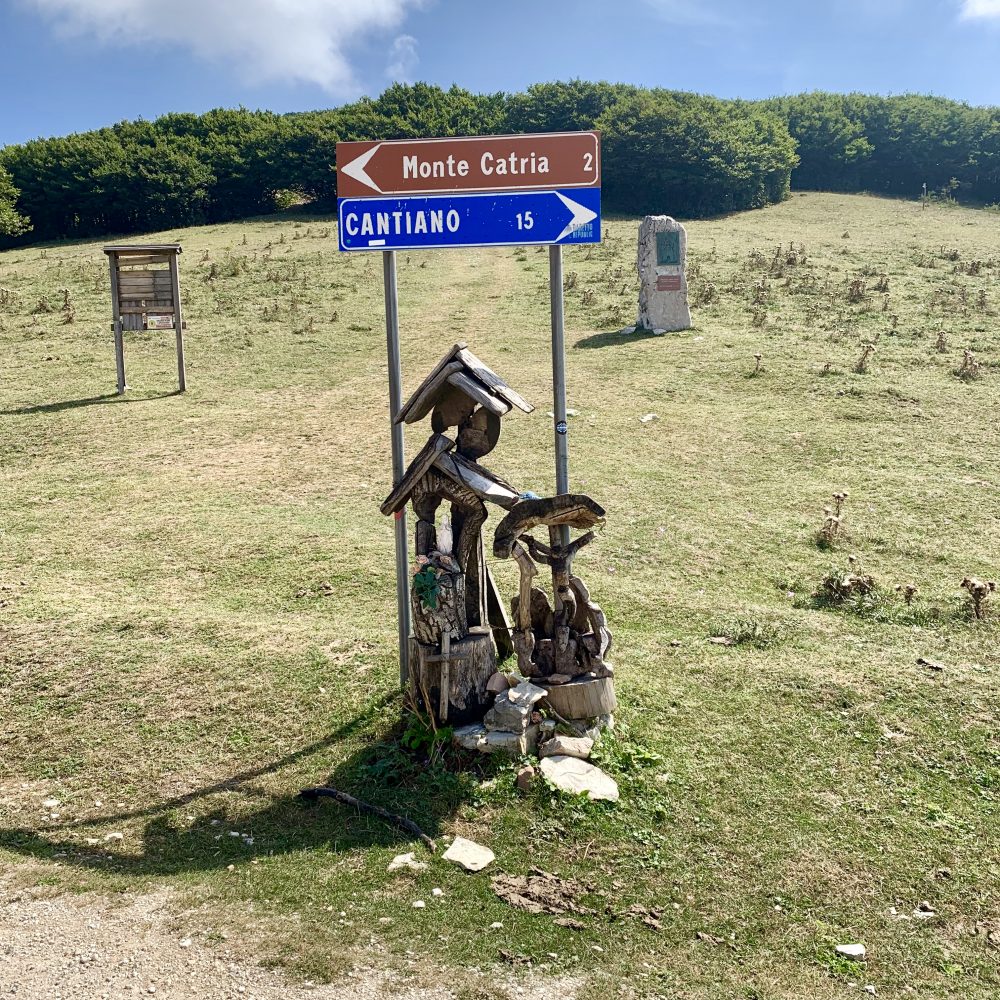
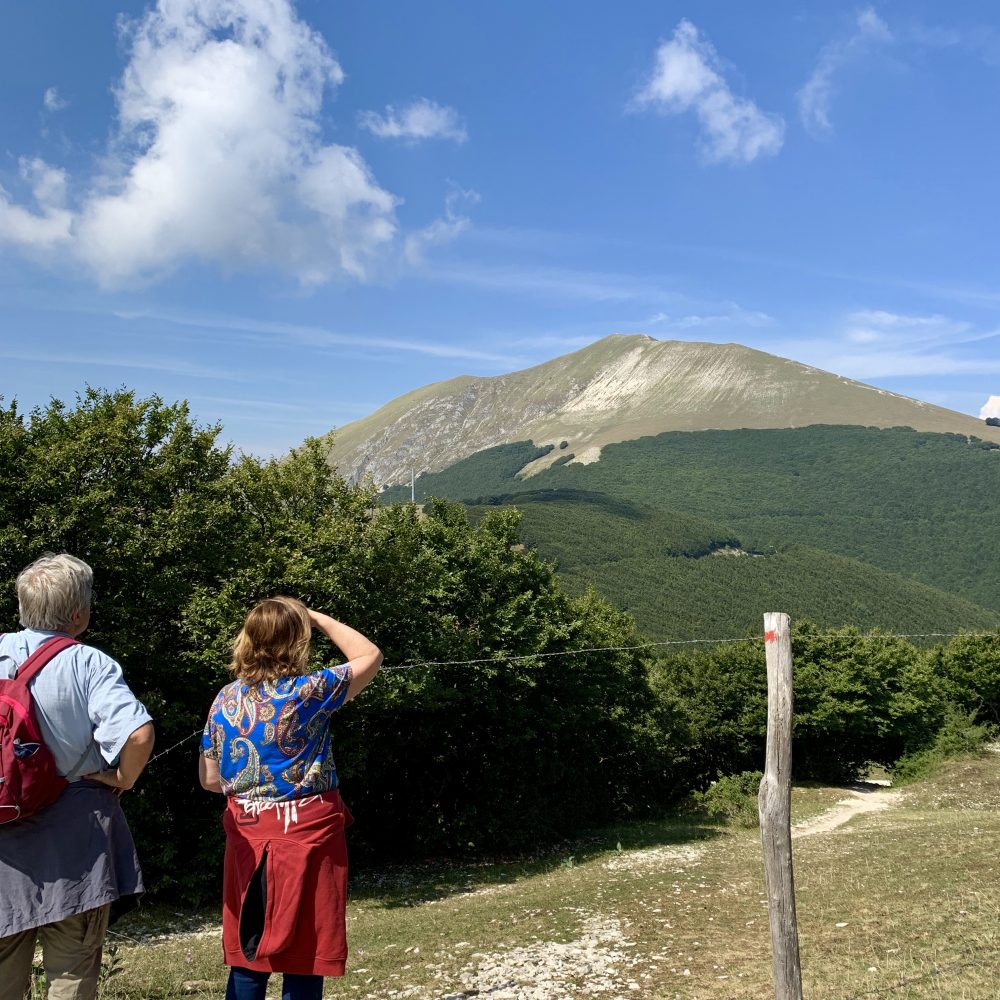
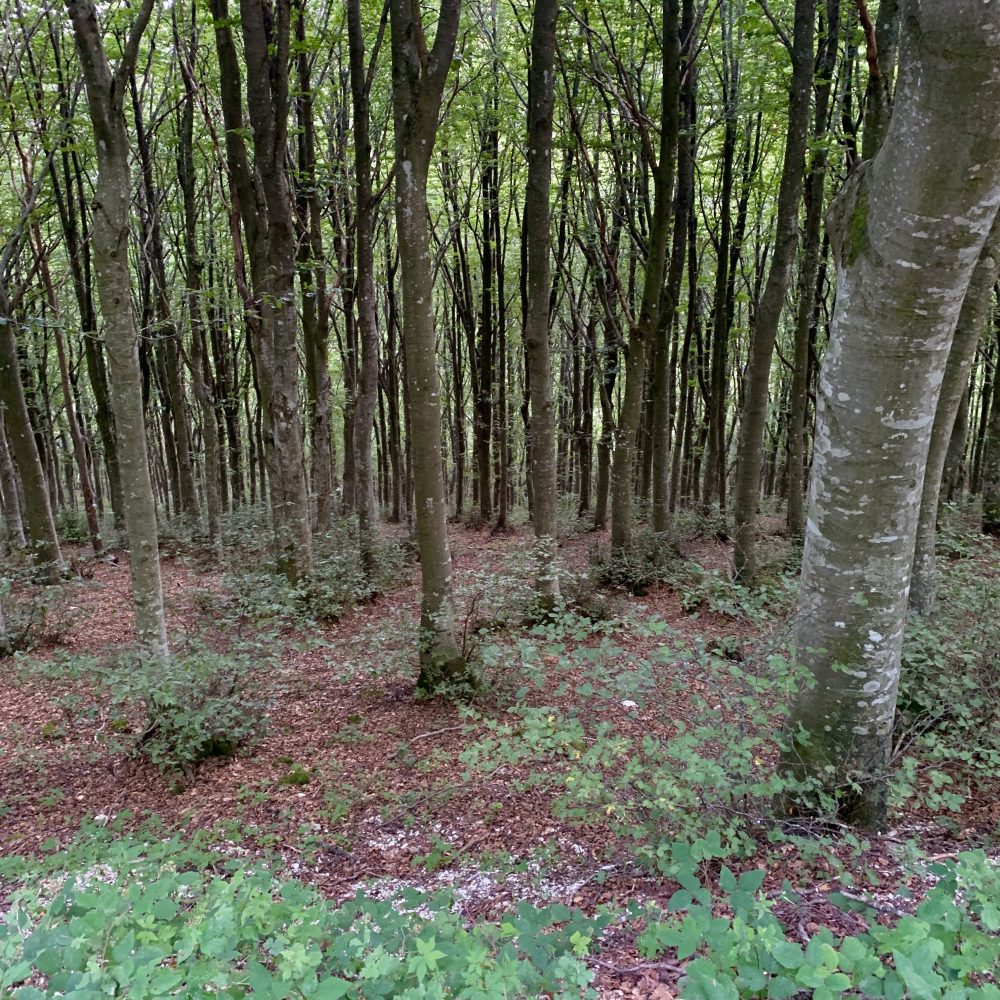
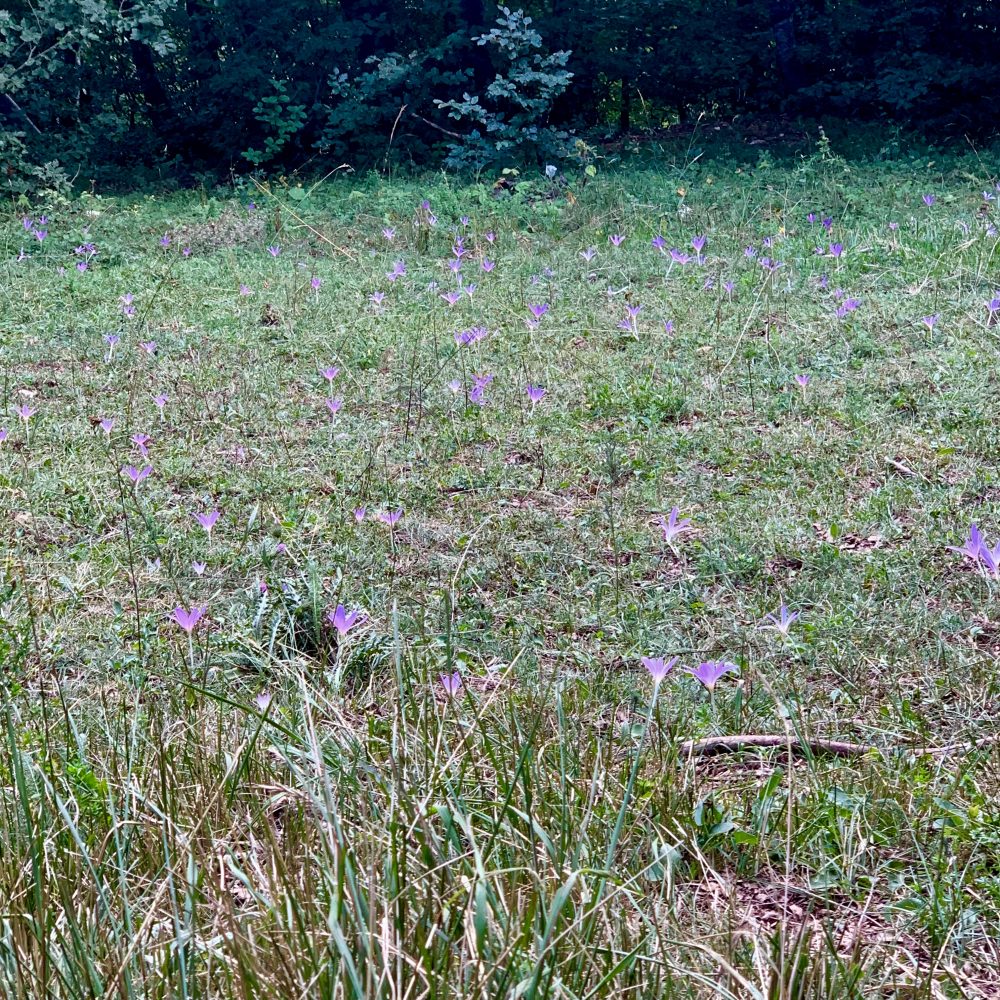
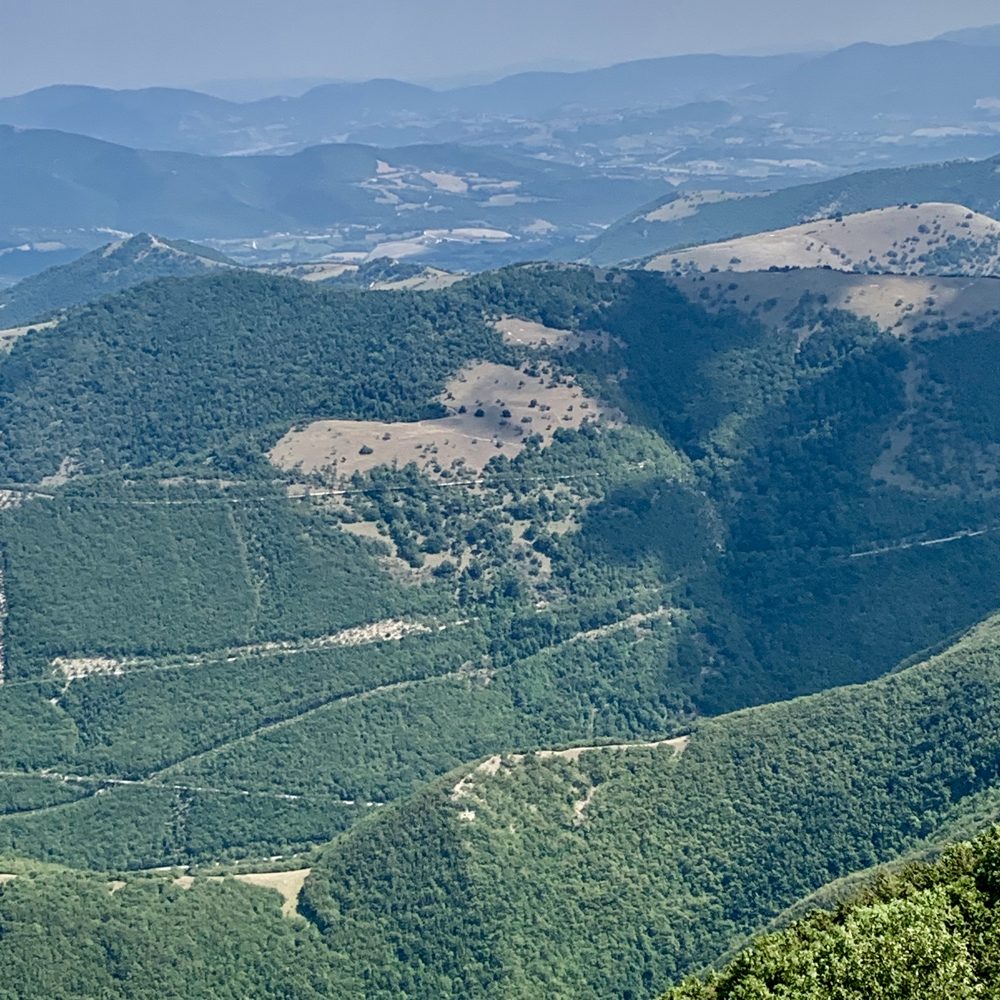




Matelica—Vino e pranzo
We did a day trip with Luciana to see her friends Nery and Renzo in Pioraco with a stop first to purchase wine in Matelica (not Metallica for you heavy metal fans).
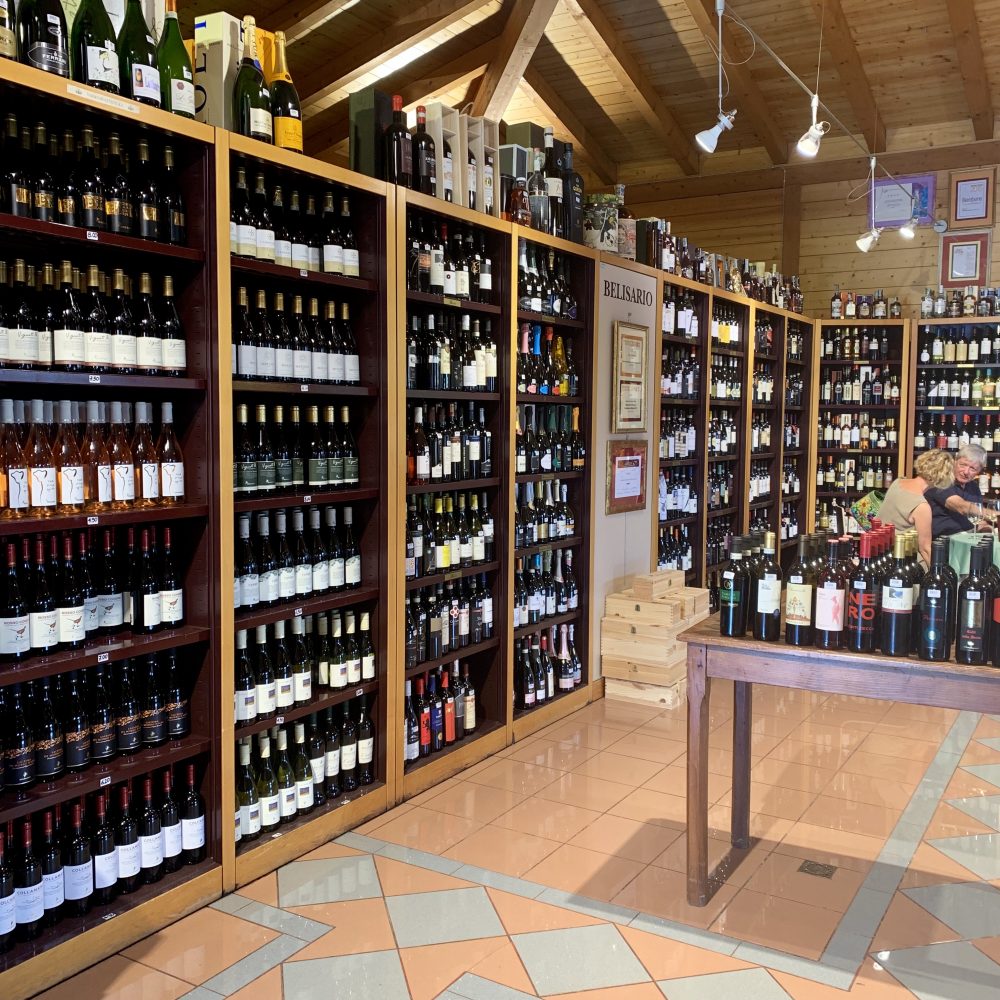
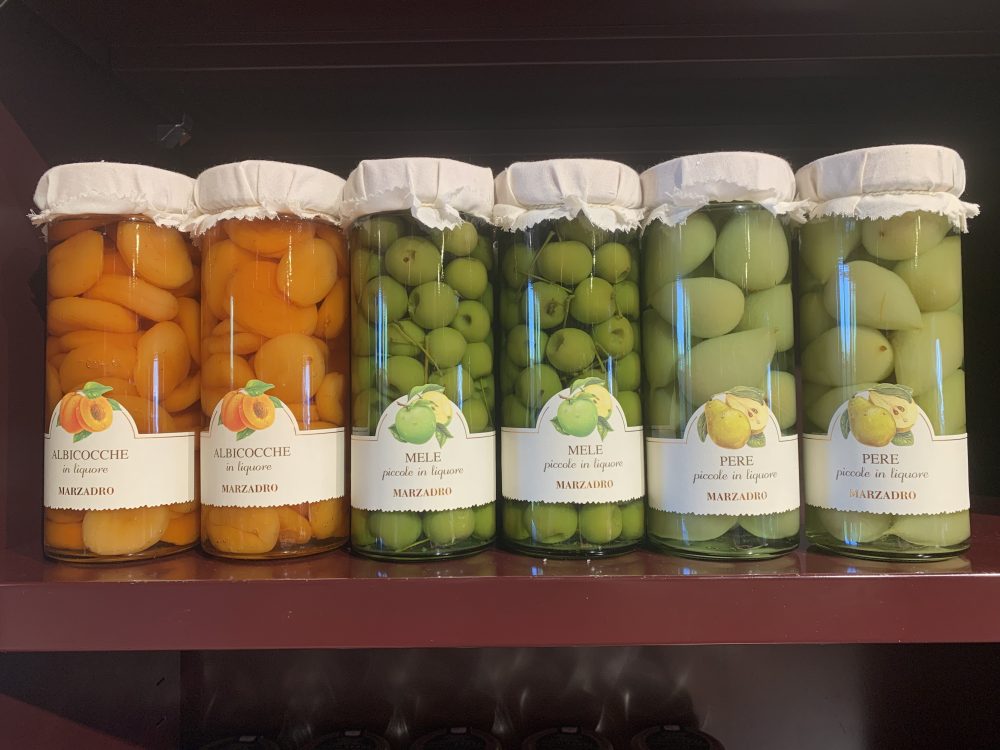
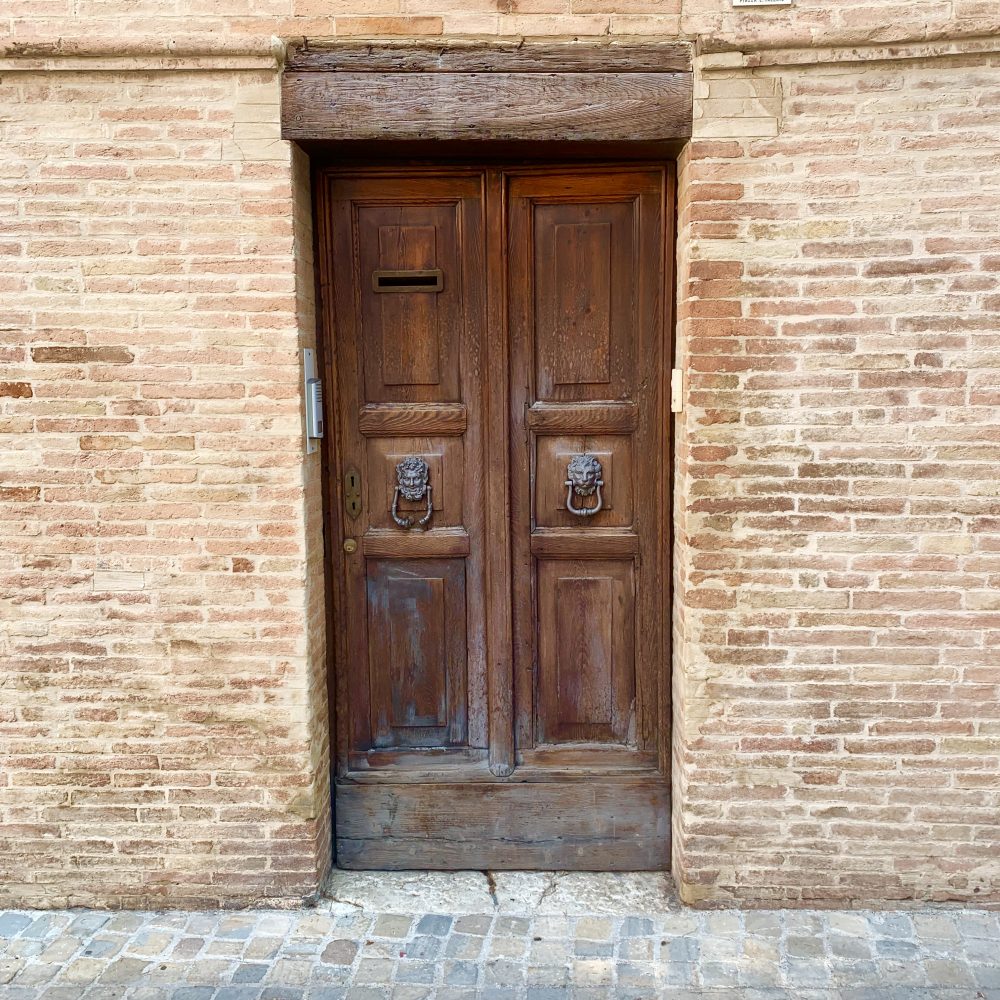
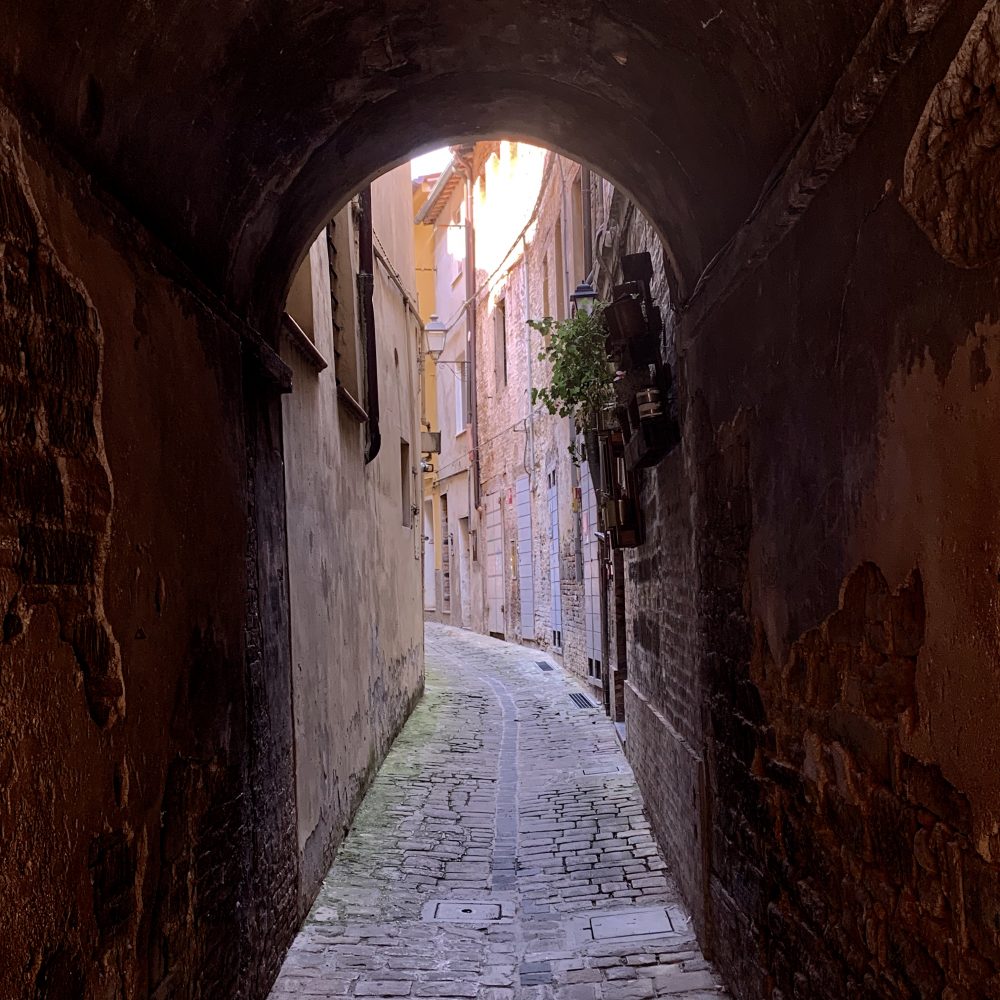
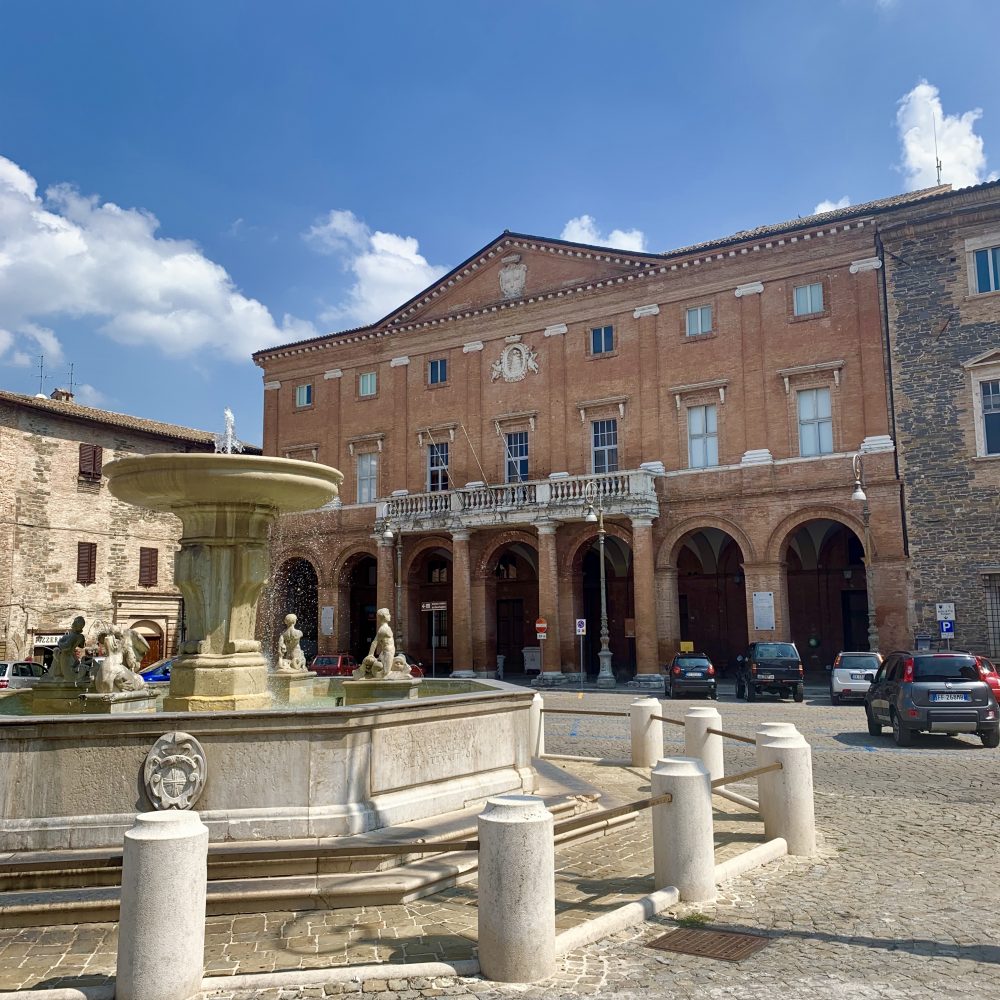
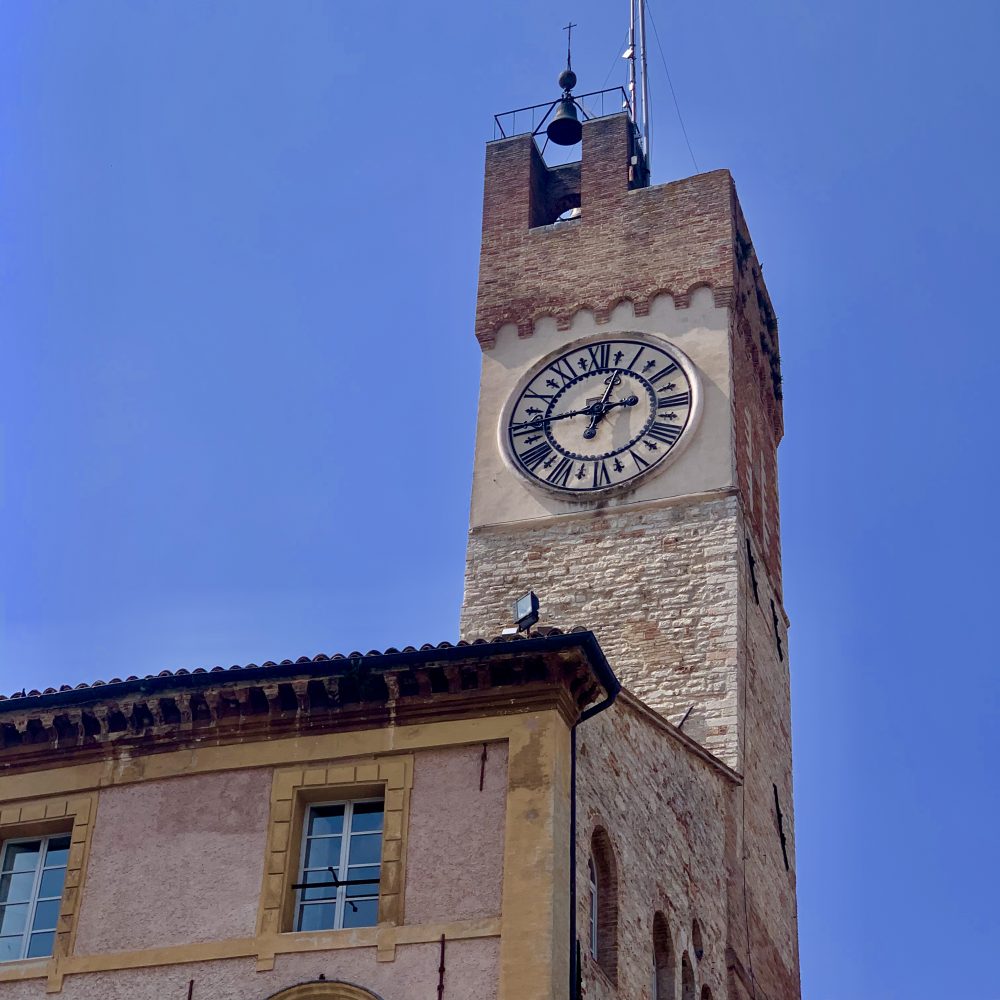
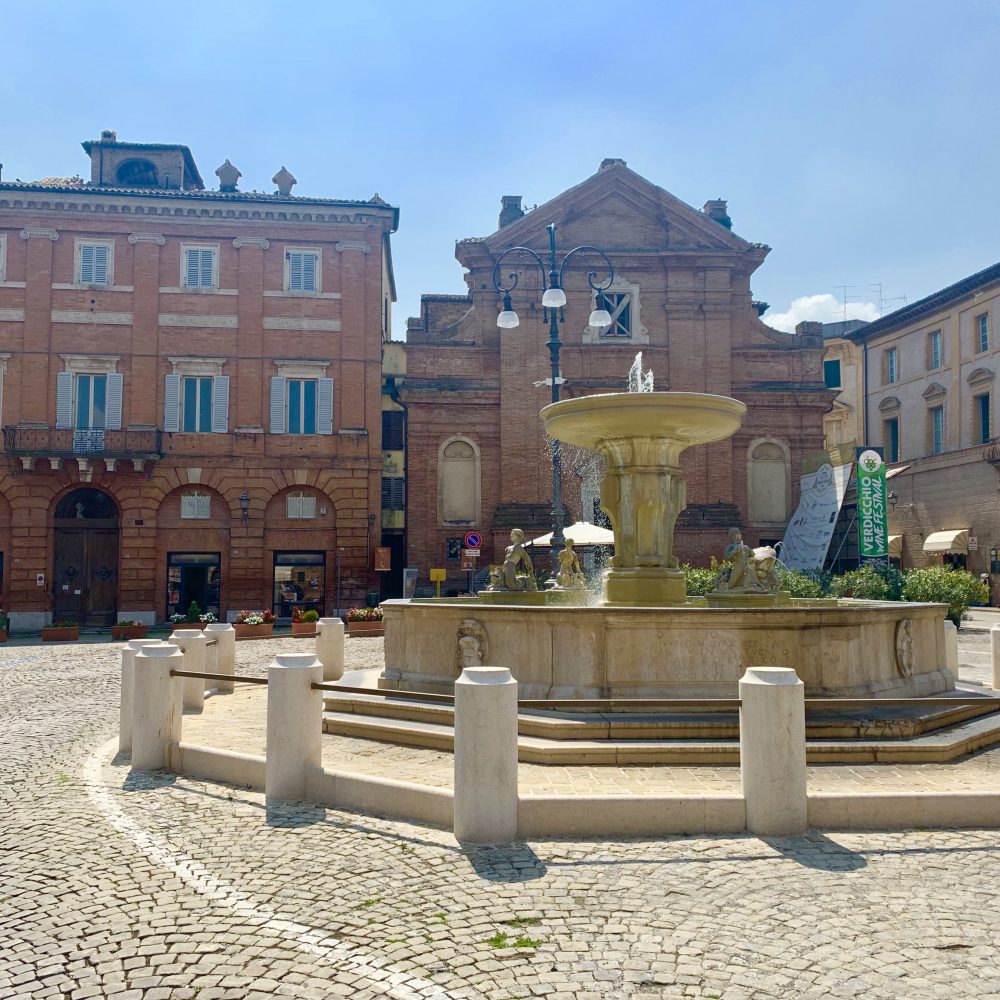
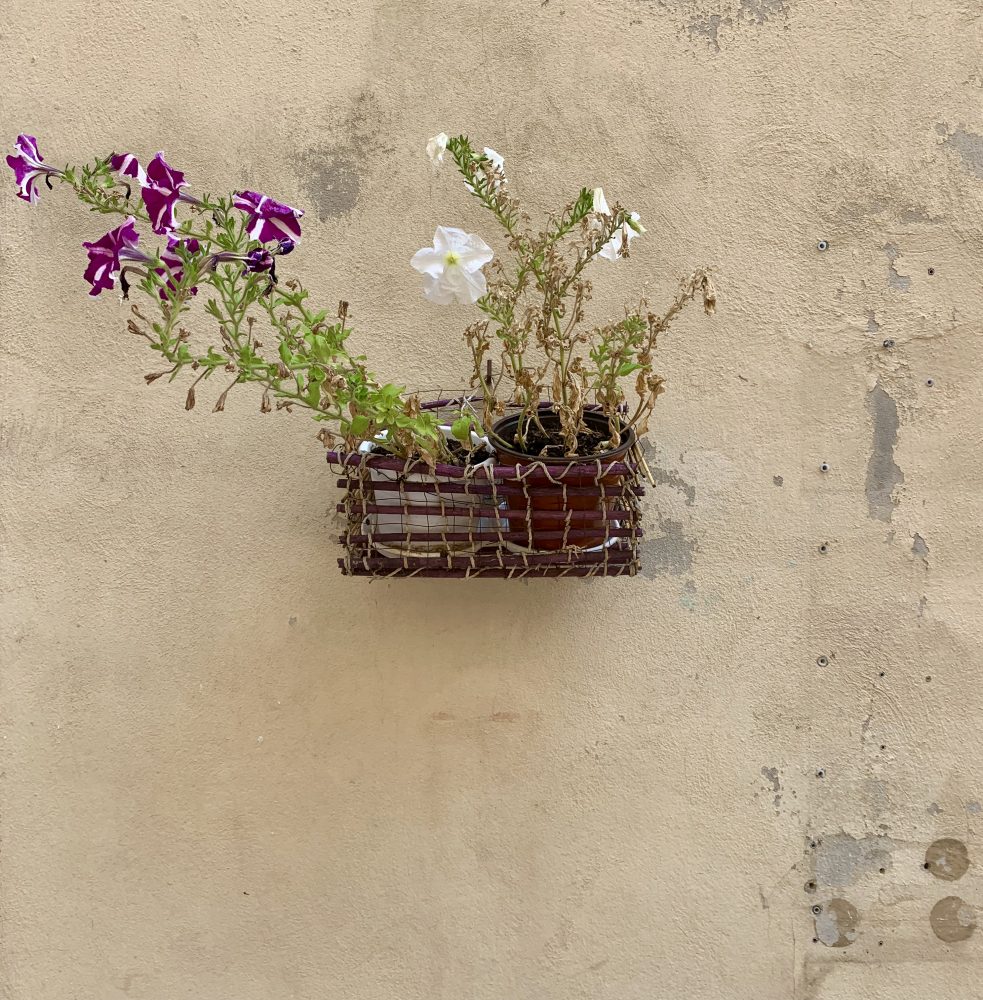
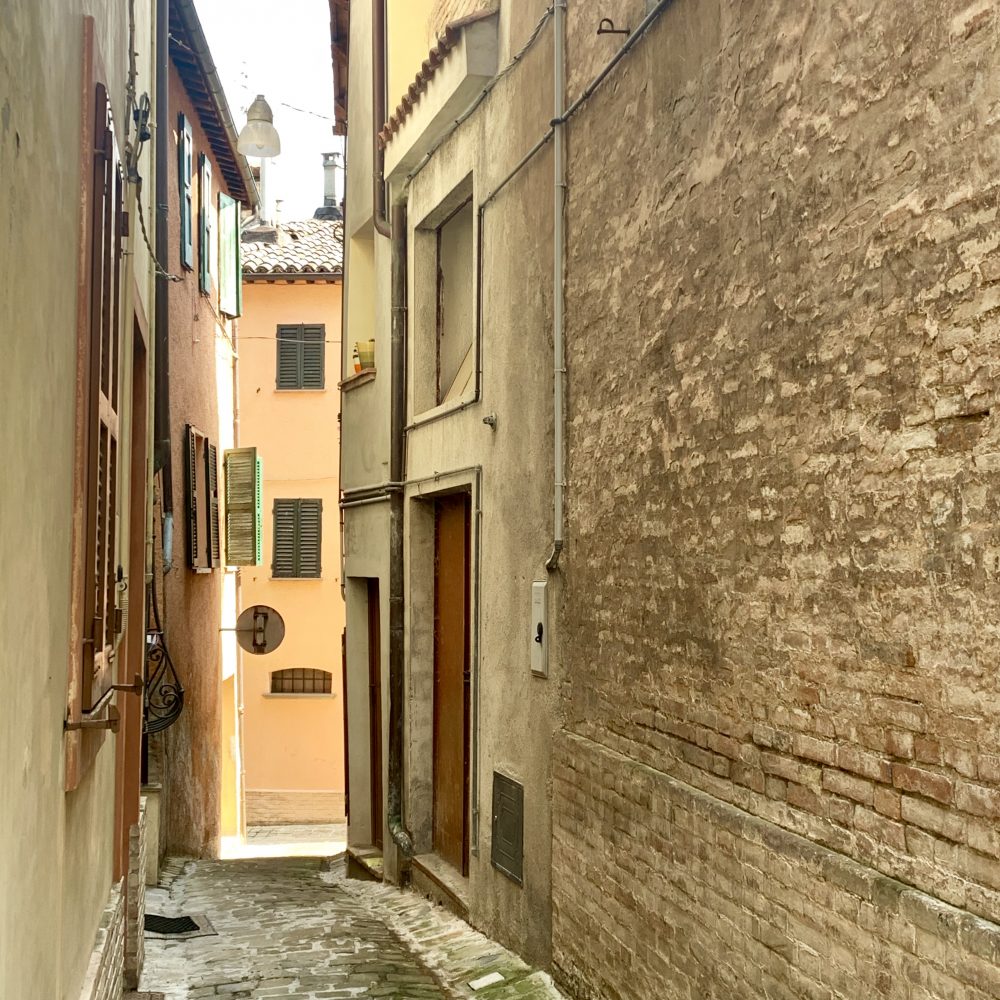
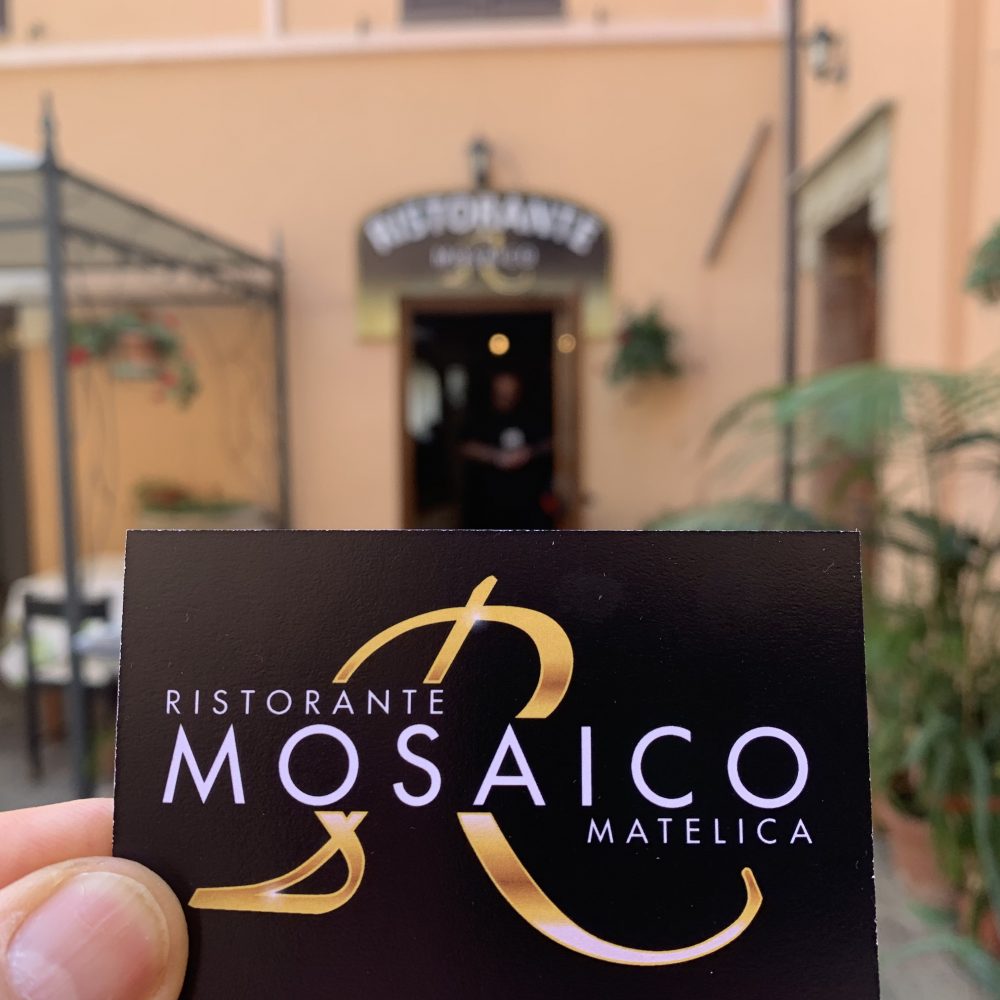
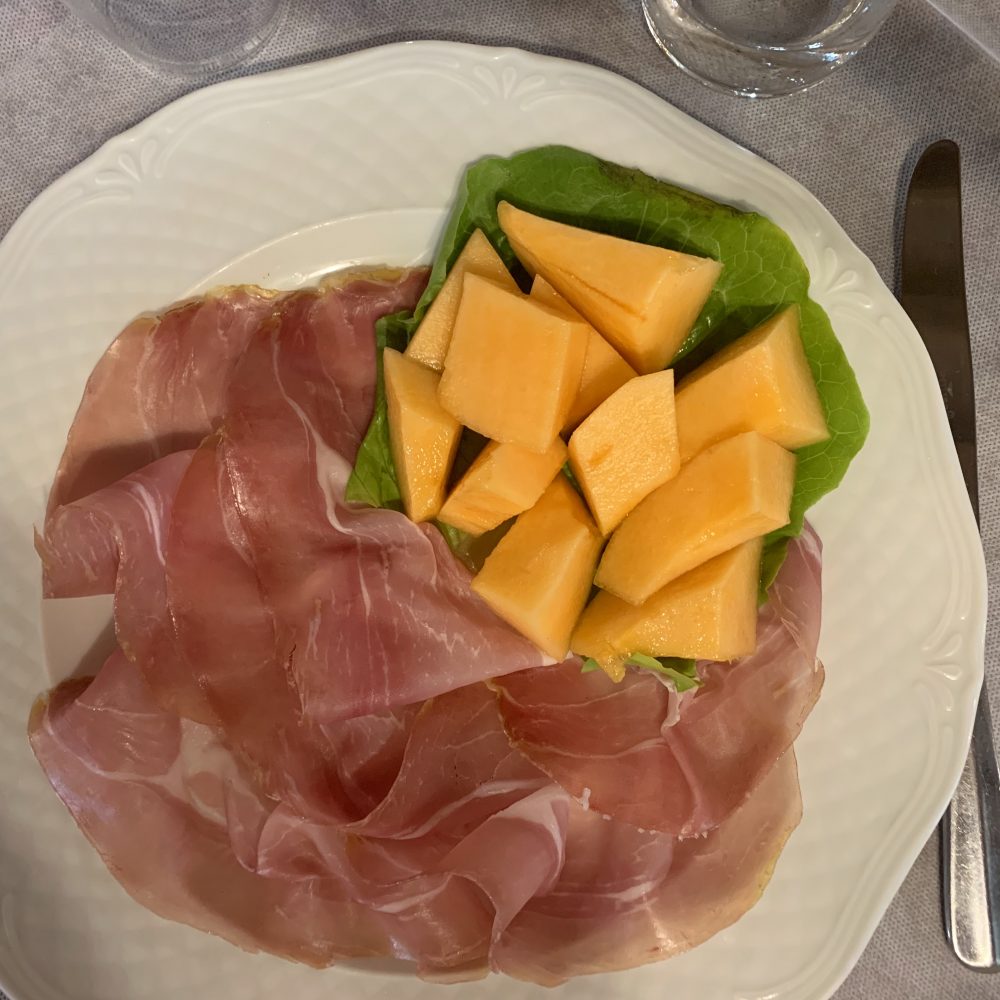
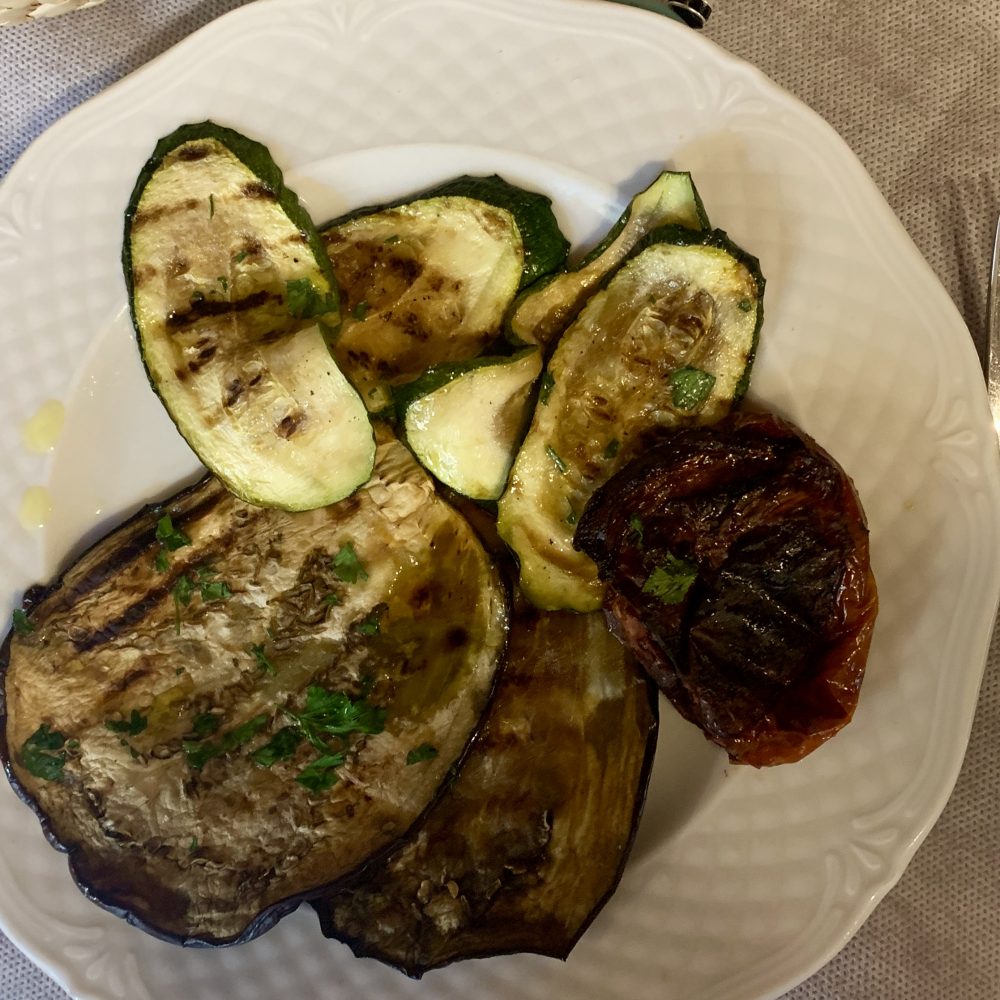
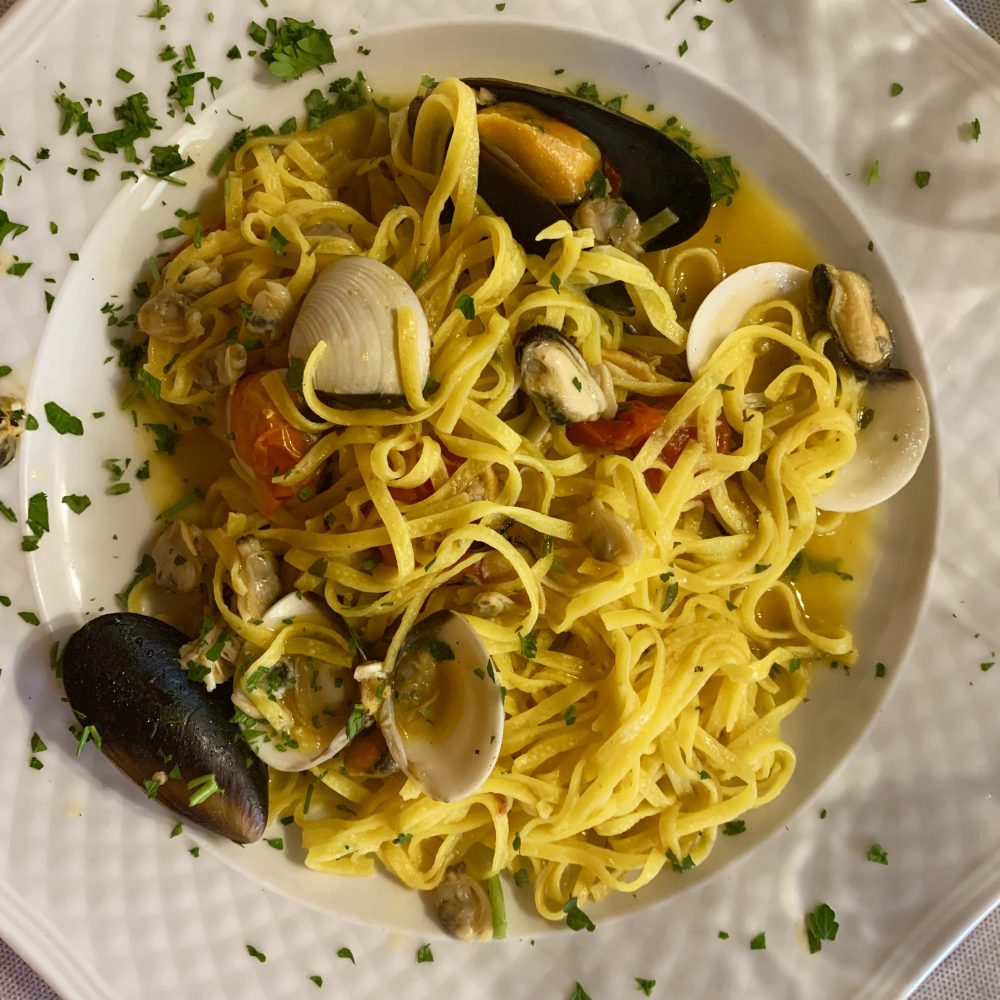
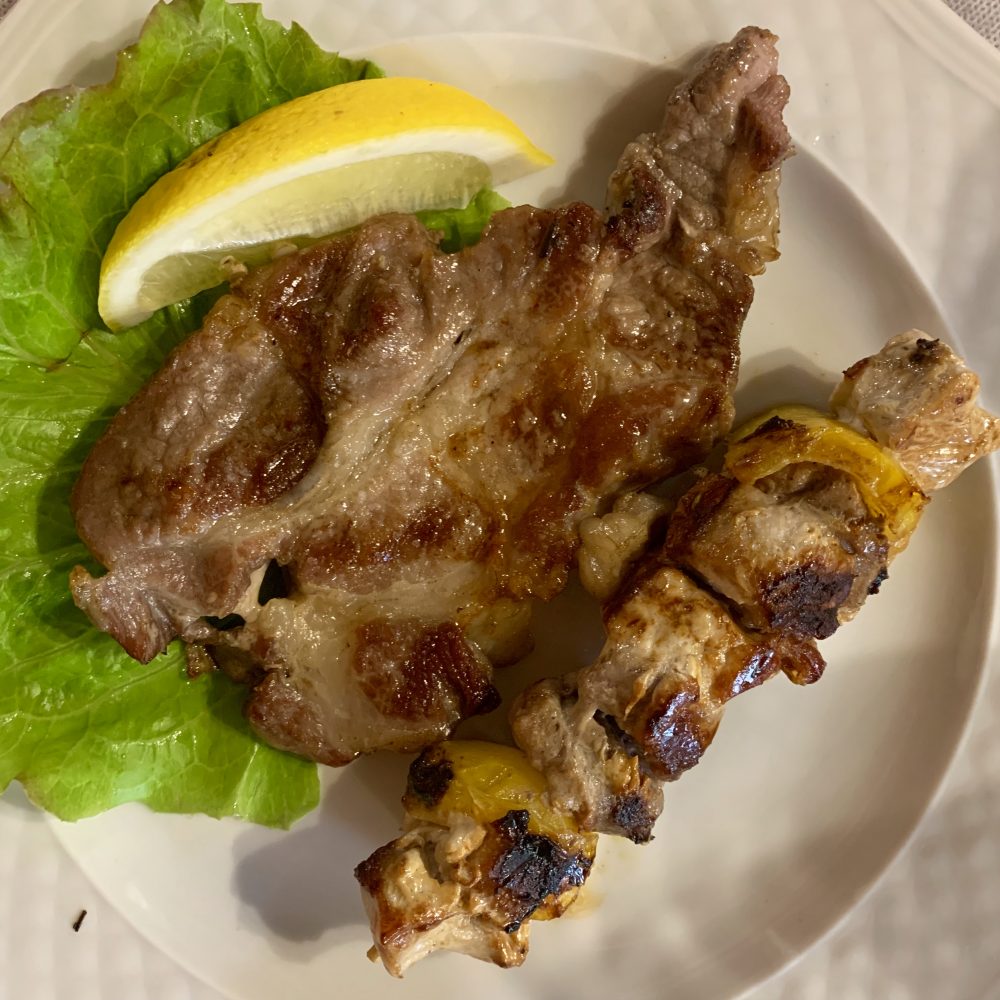
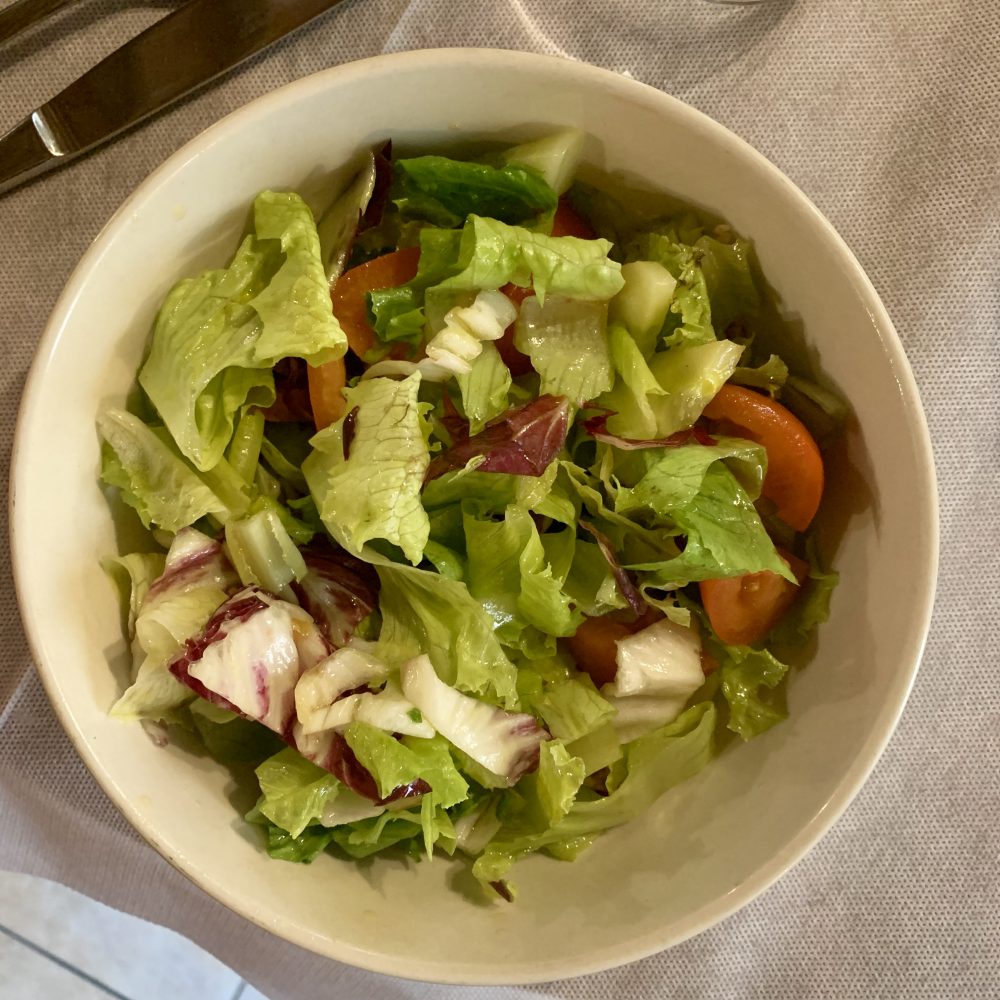
Pioraco con Nery e Renzo
We went to visit Luciana’s friends Nery and Renzo who live most of the year in the small town of Pioraco, about 15 kilometers south of Matelica. Pioraco experienced two devastating earthquakes, one in 1997 and the most recent in 2016. The result is that 36 families now live in a basic housing complex constructed by the government, and many buildings in the historic center are no longer in use.
The town is in a mountain valley with a river and several streams. Quite beautiful with lots of sport amenities. Renzo spoke enthusiastically about fishing for trout in the area. Robert made a mental note.
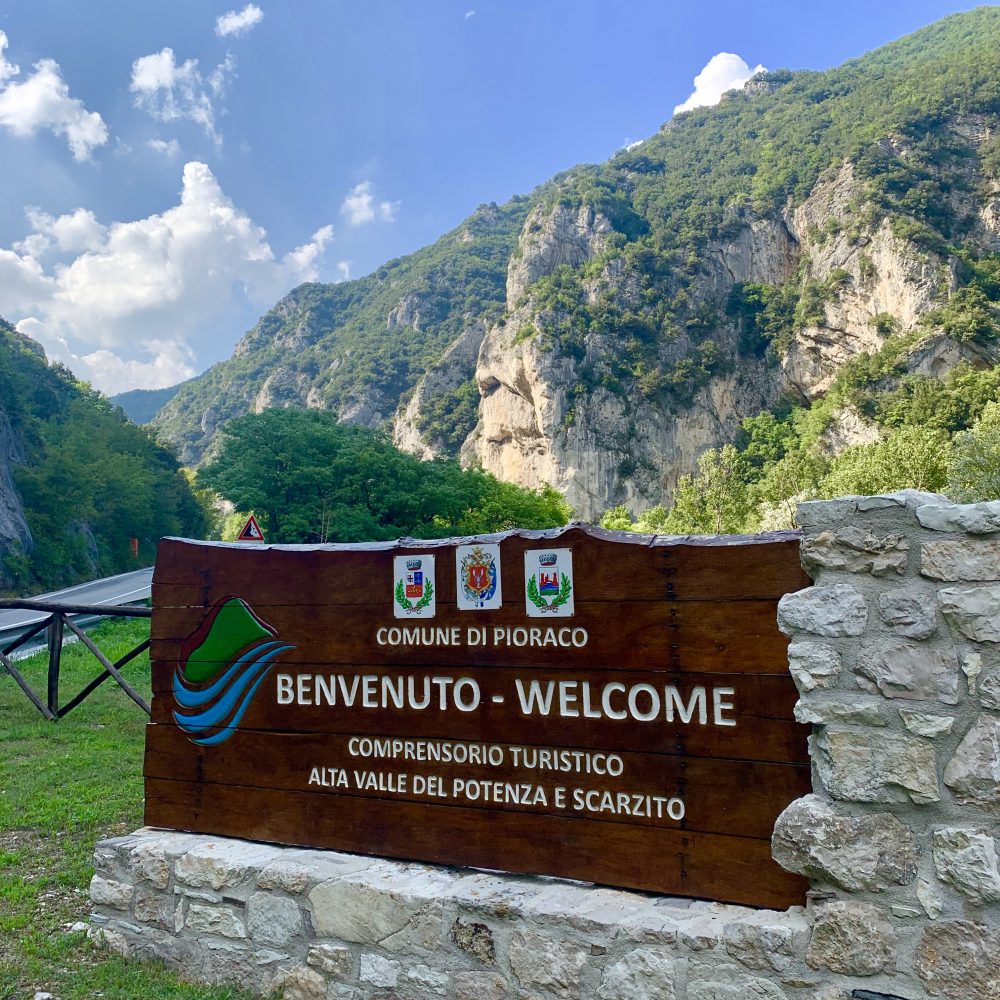
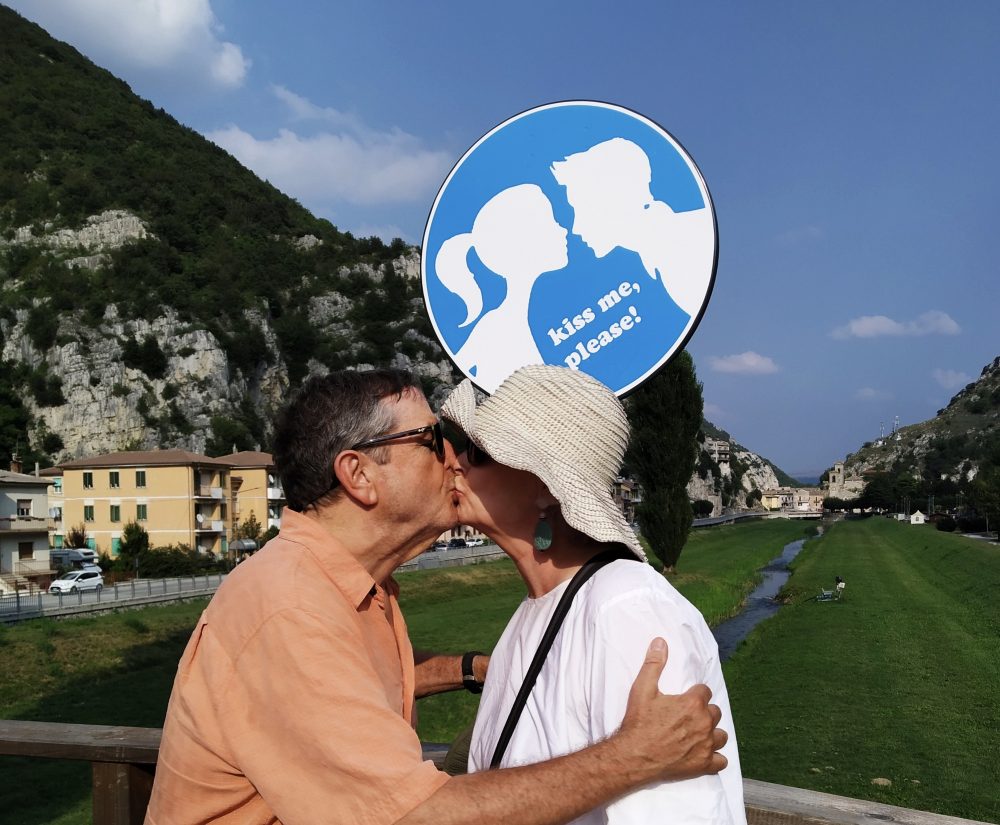
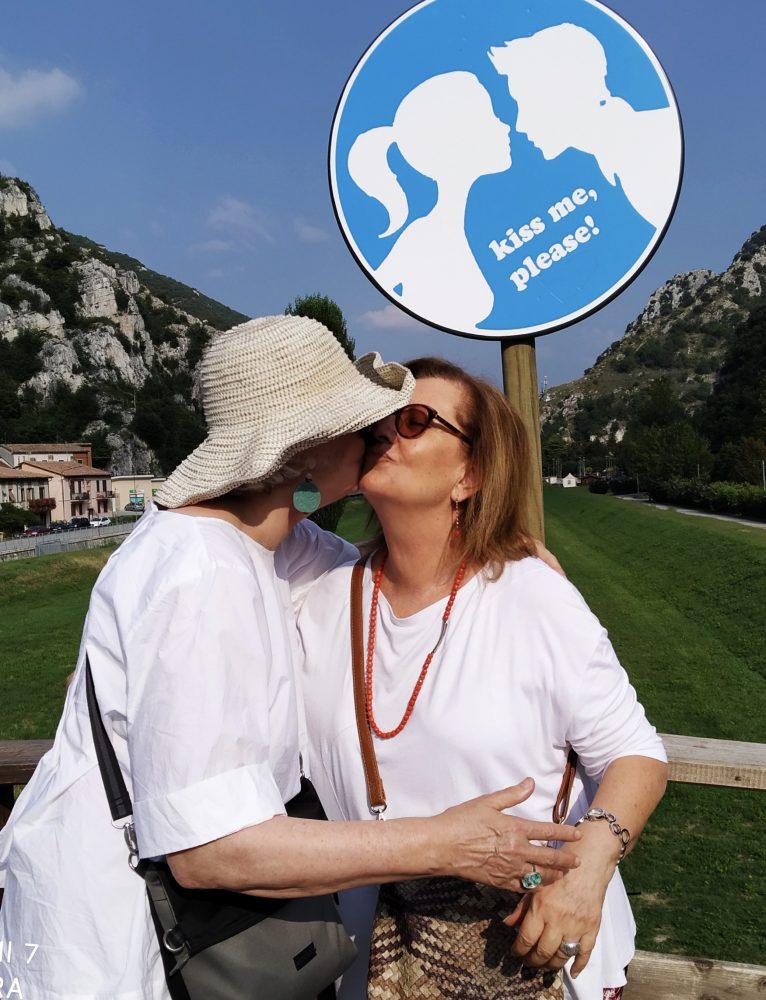
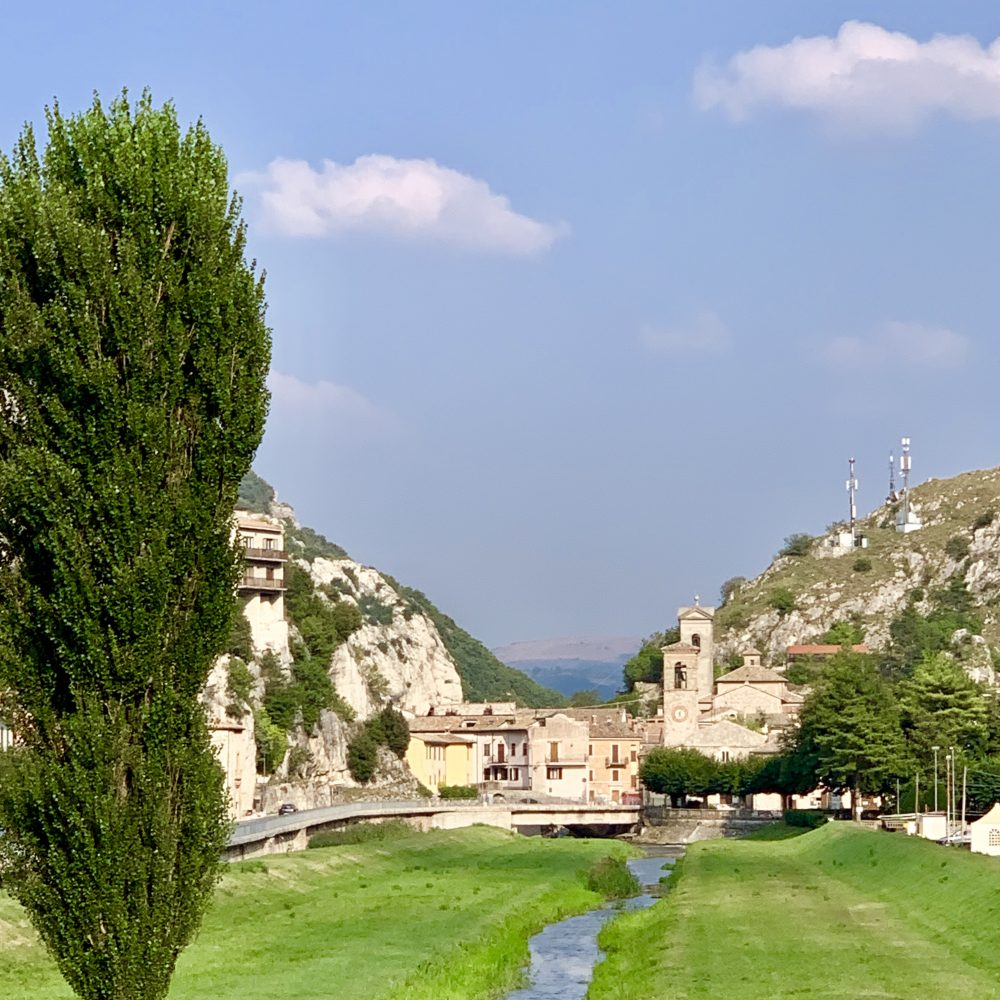
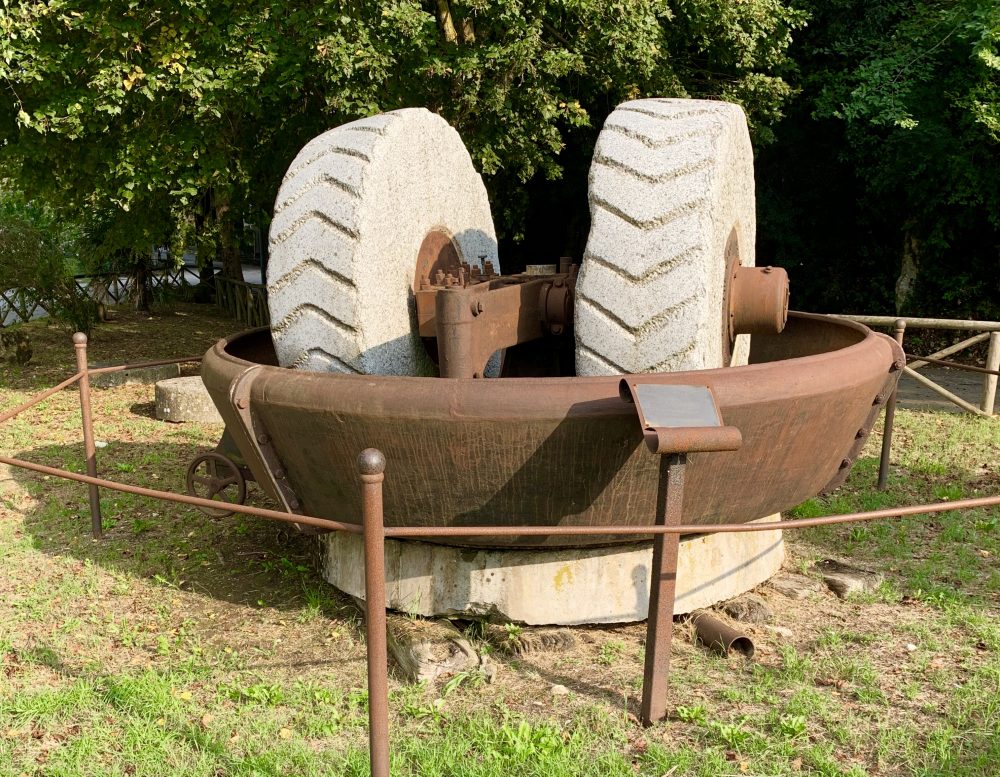
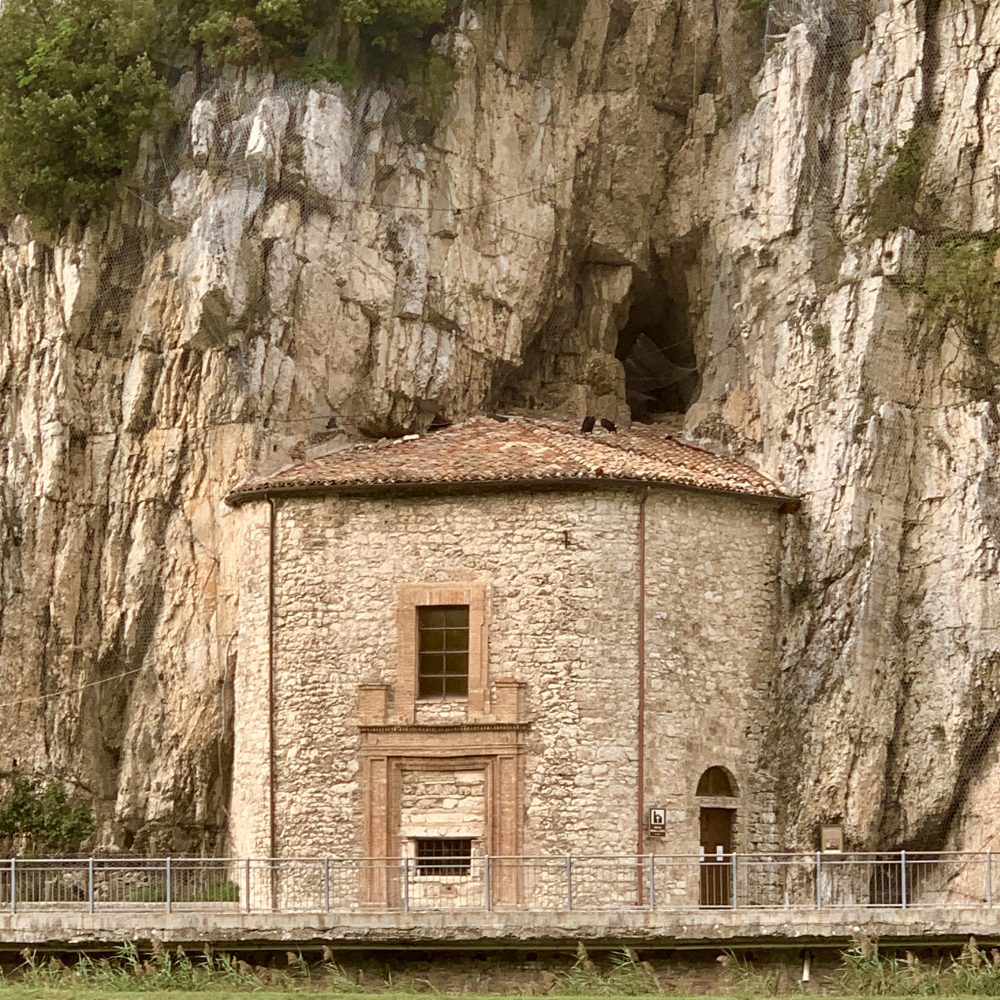
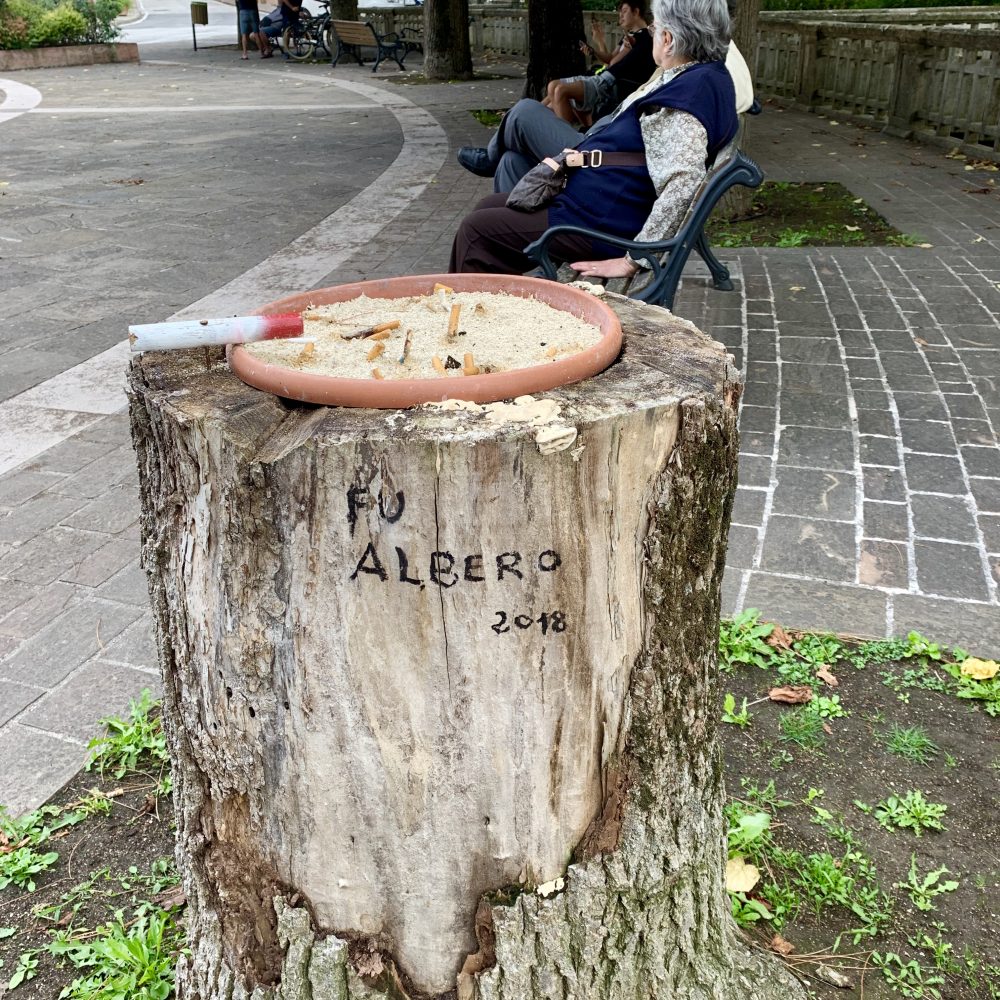
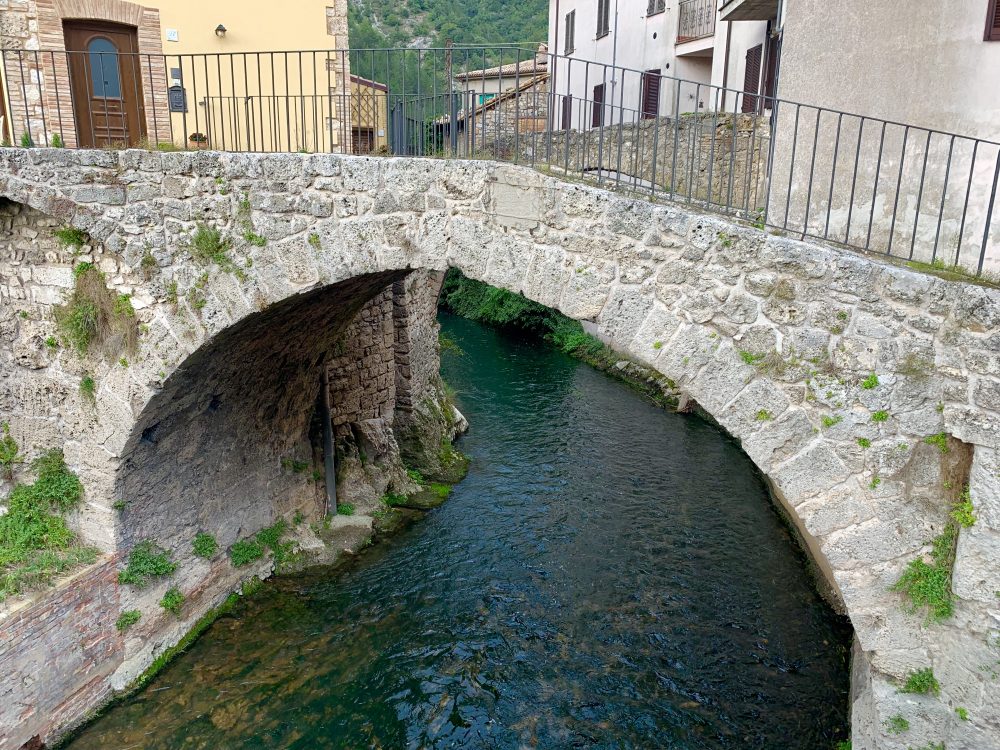
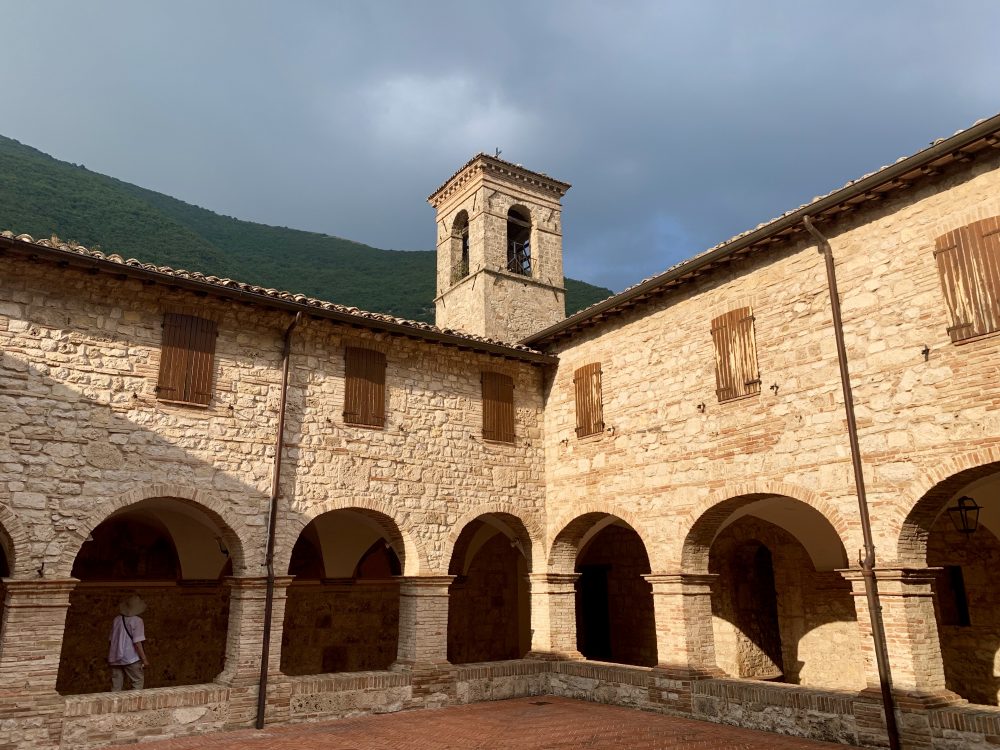
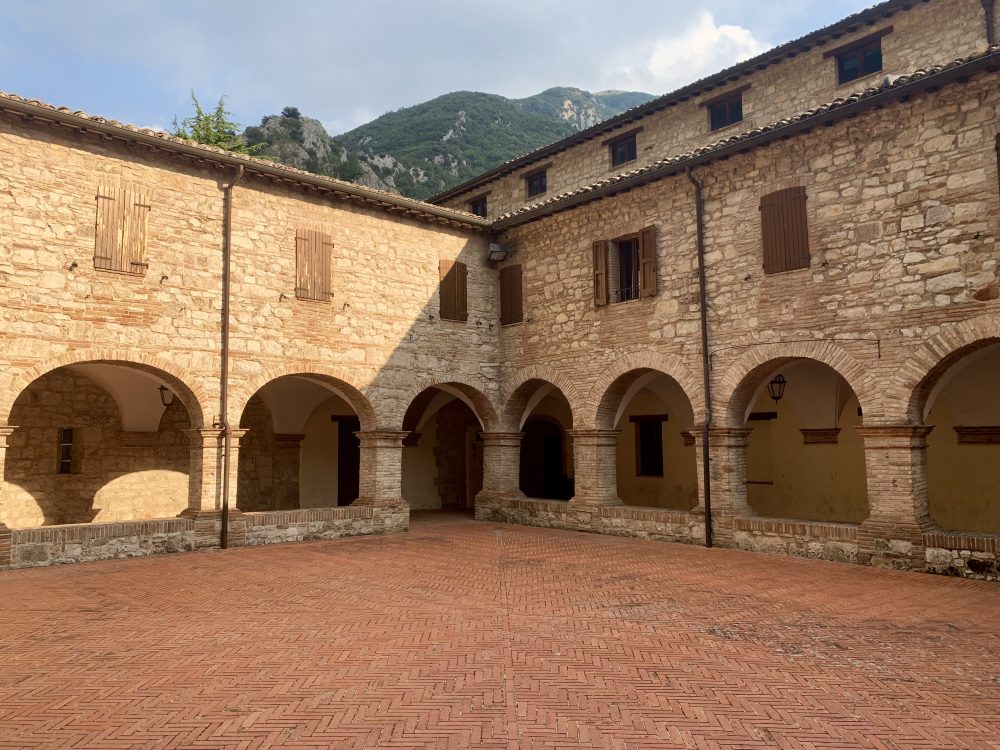
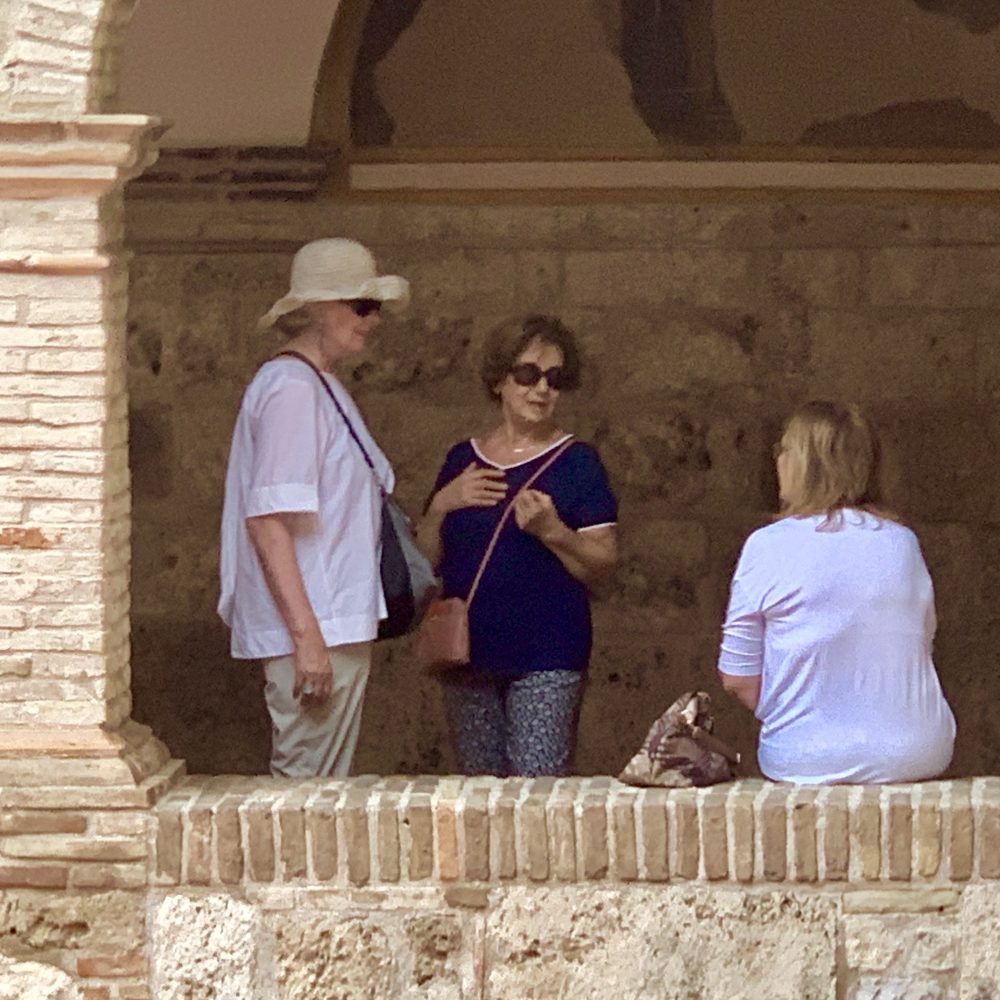
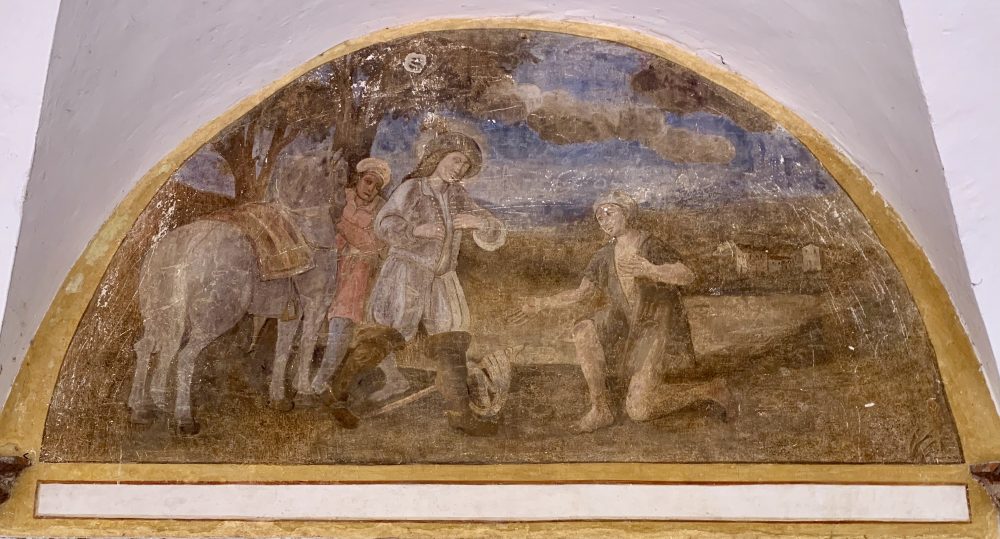
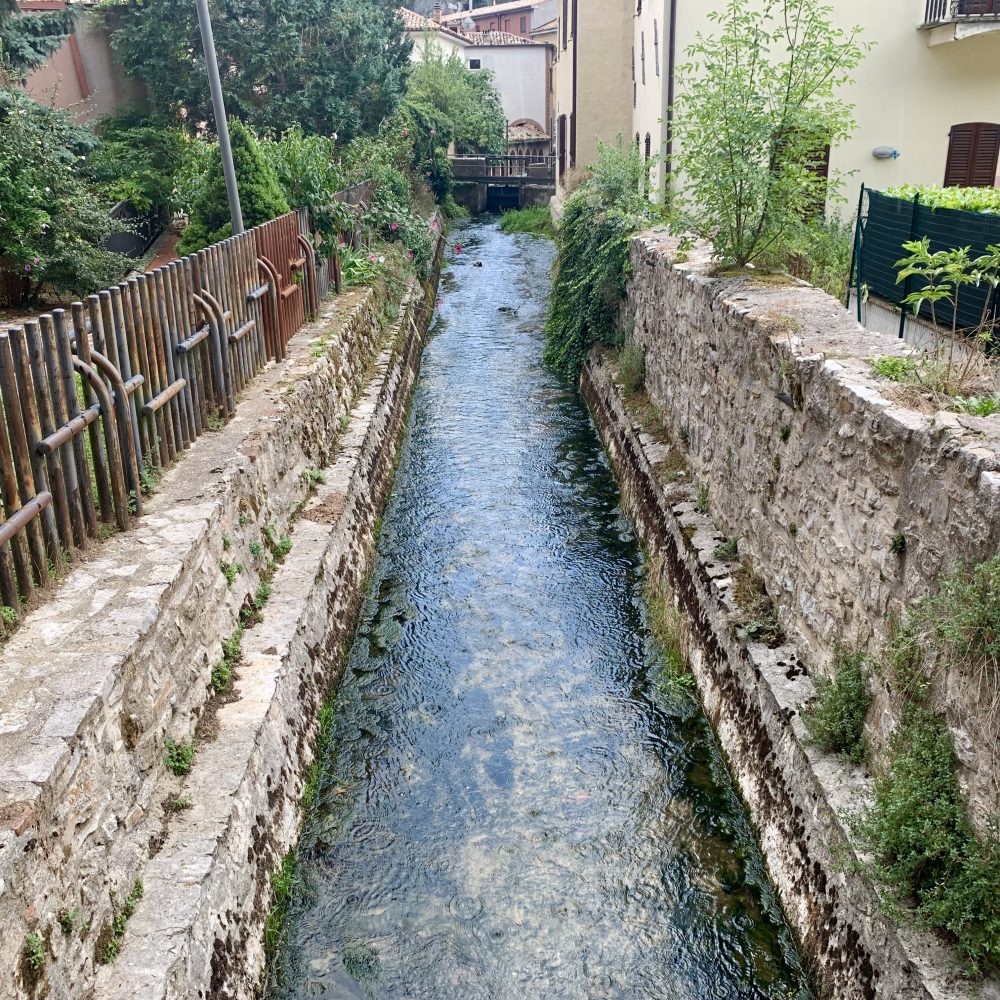
Mercato Day in Pergola
Robert arrived in Pergola early for the weekly mercato, around 9:00 am. (Bonnie slept in.) Some stalls were still being set up. Robert remembers going to the mercato in 1962, when it seemed very big and impressive to a 12 year old. The market is still big, but some of the magic of 57 years ago has worn away. Still fun though.
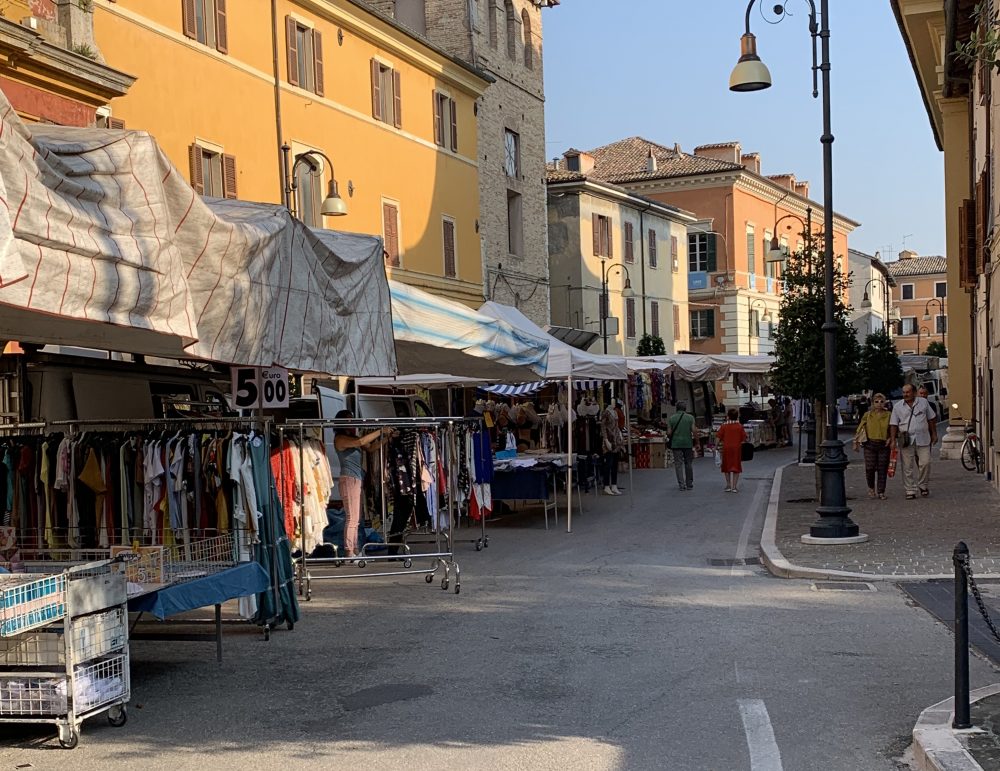
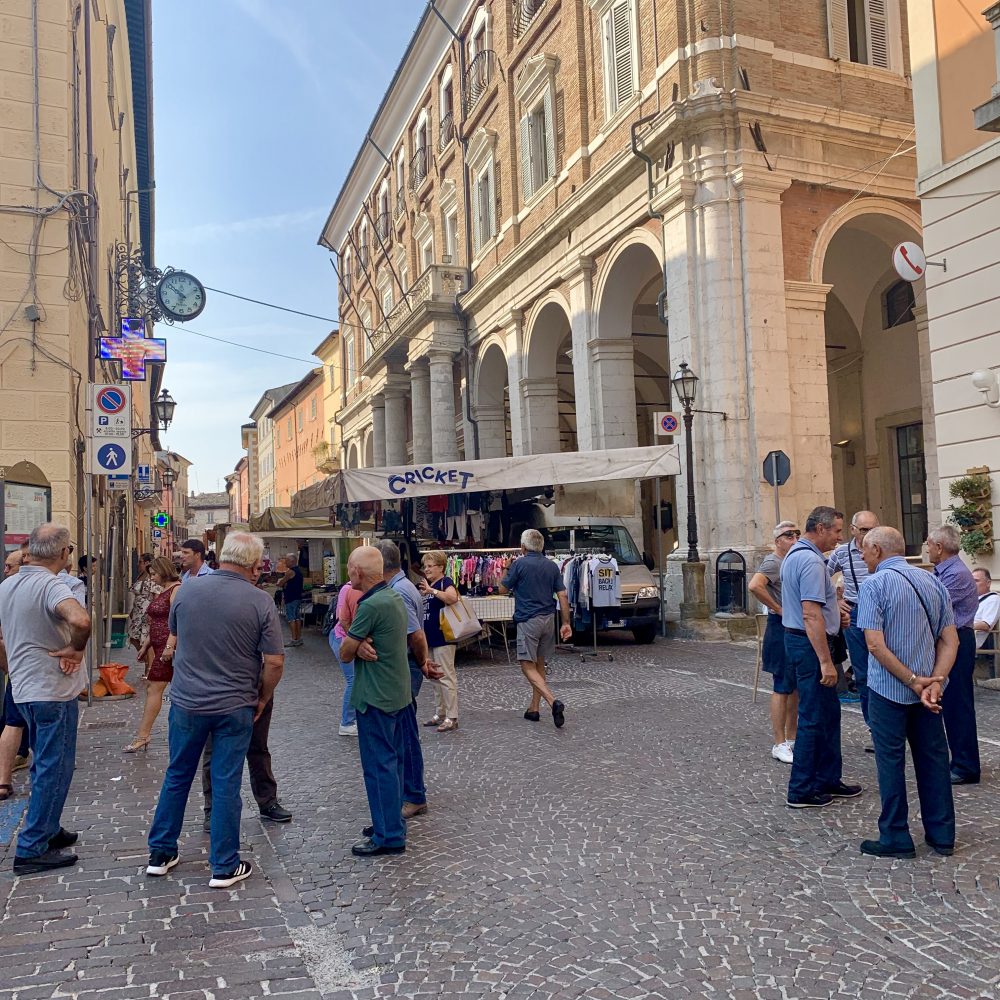
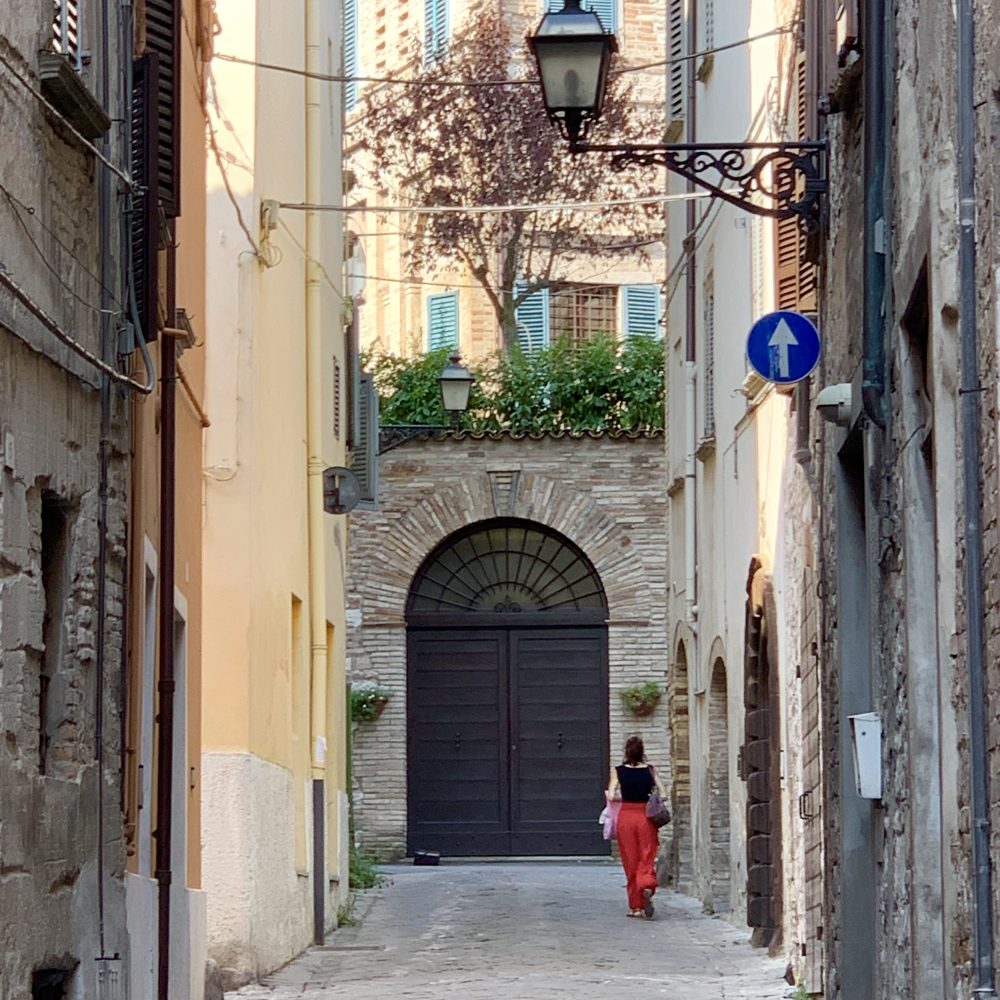
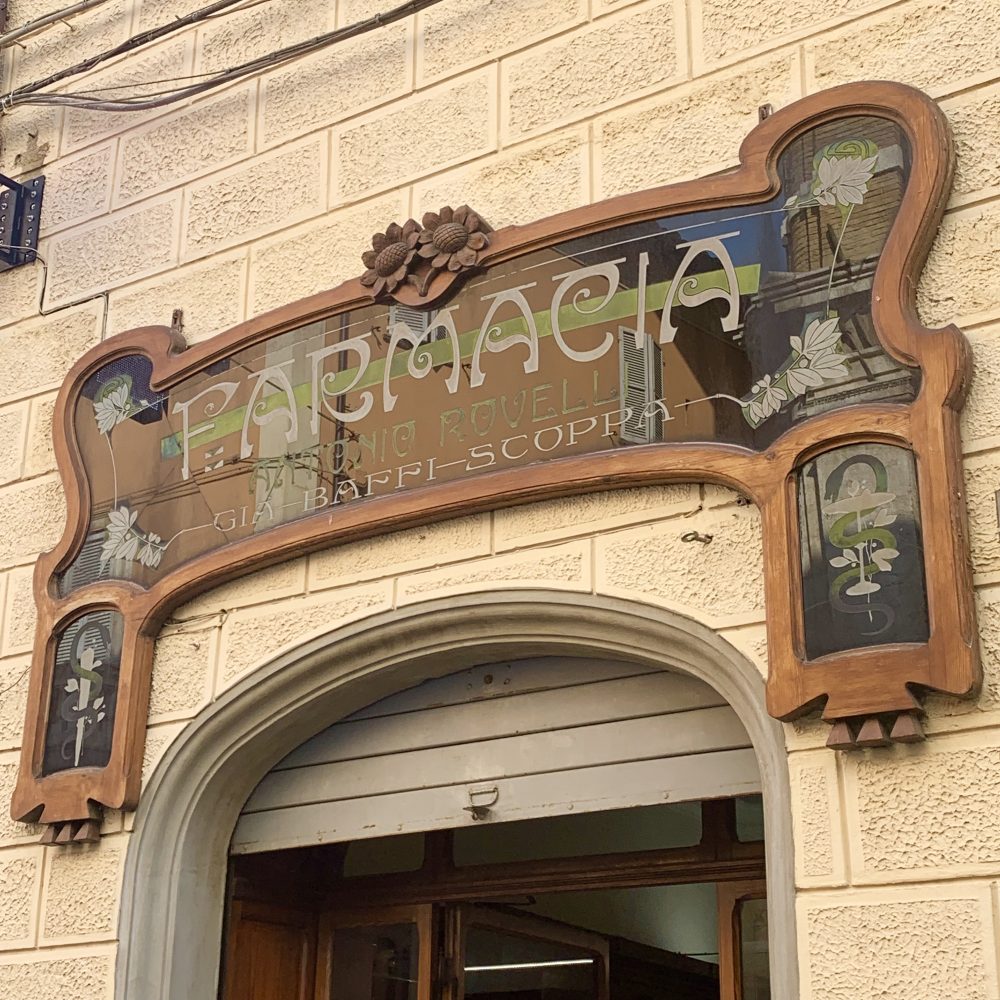
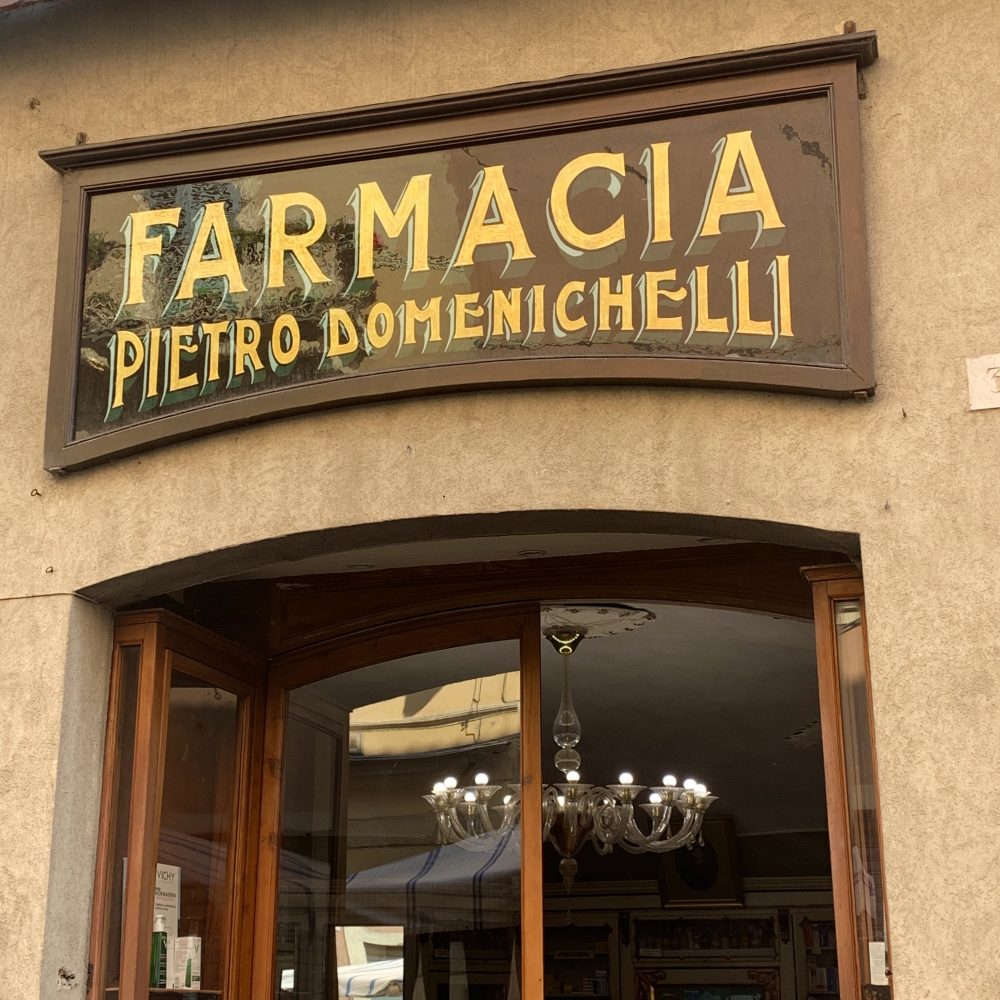
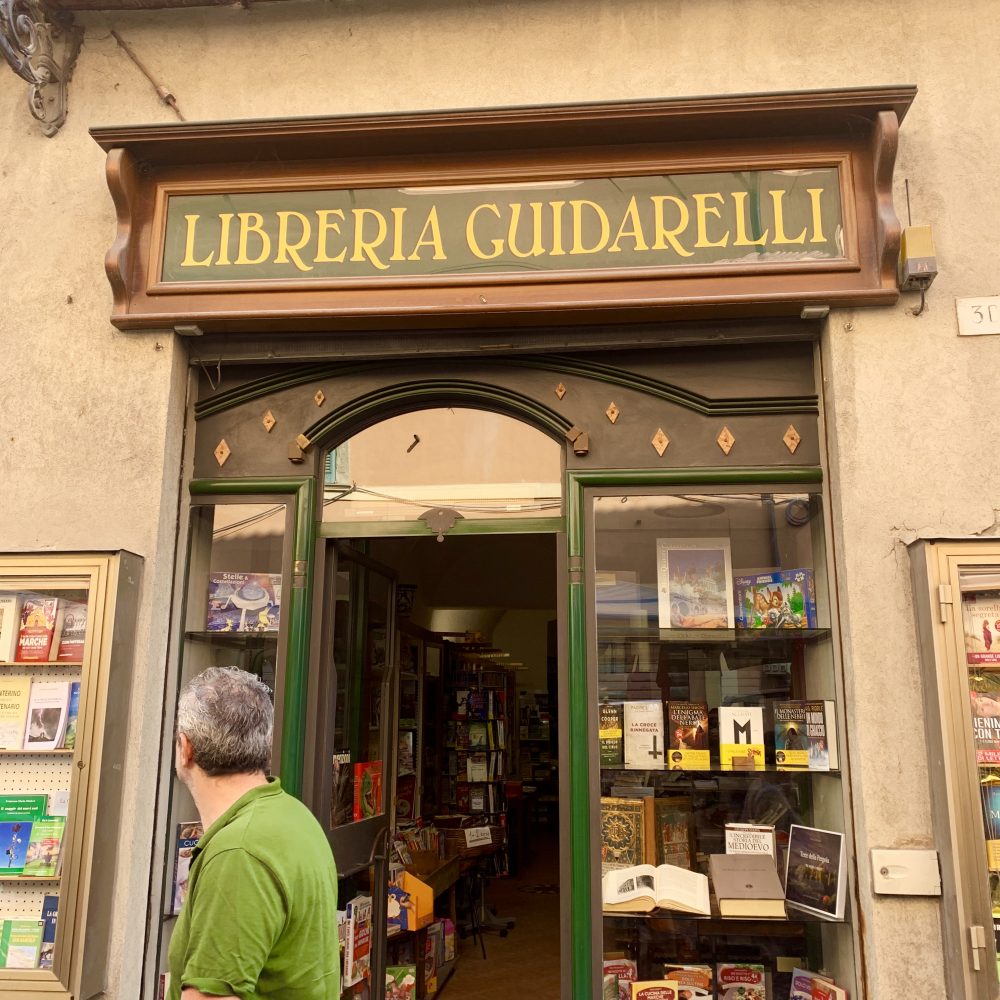
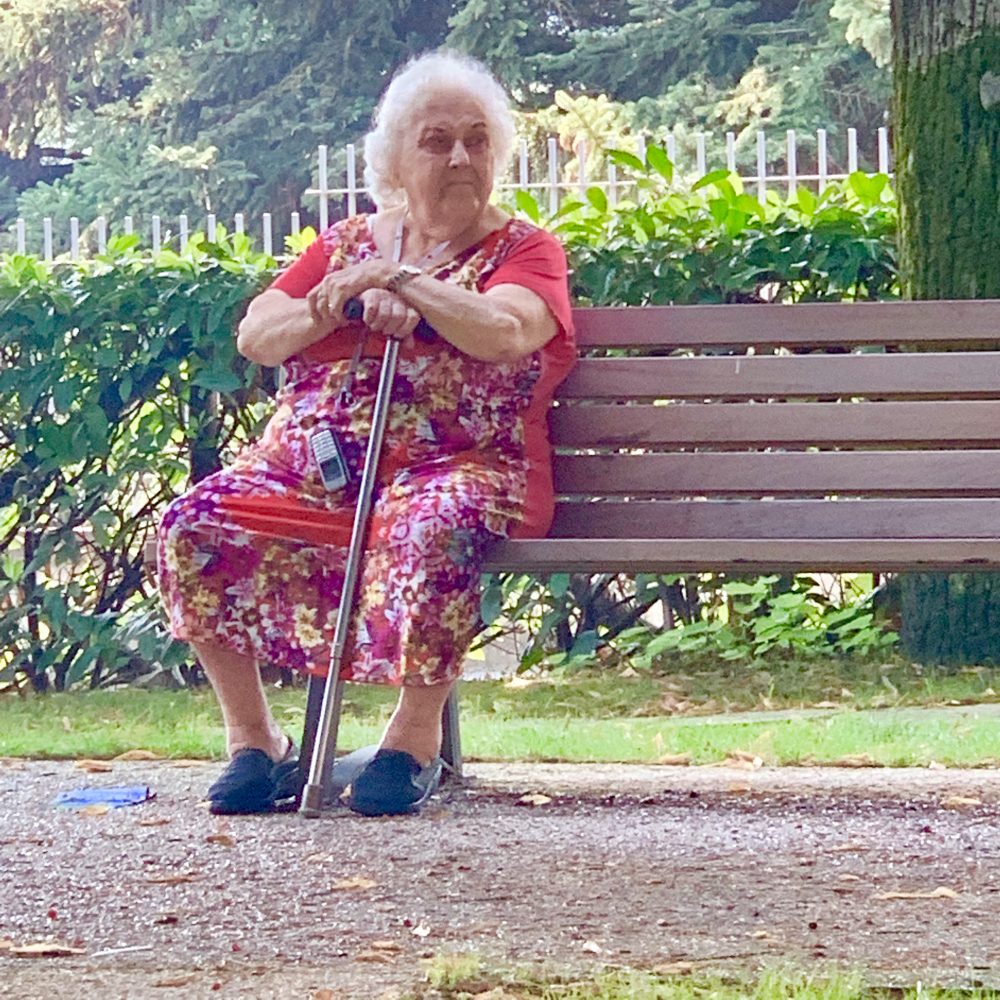
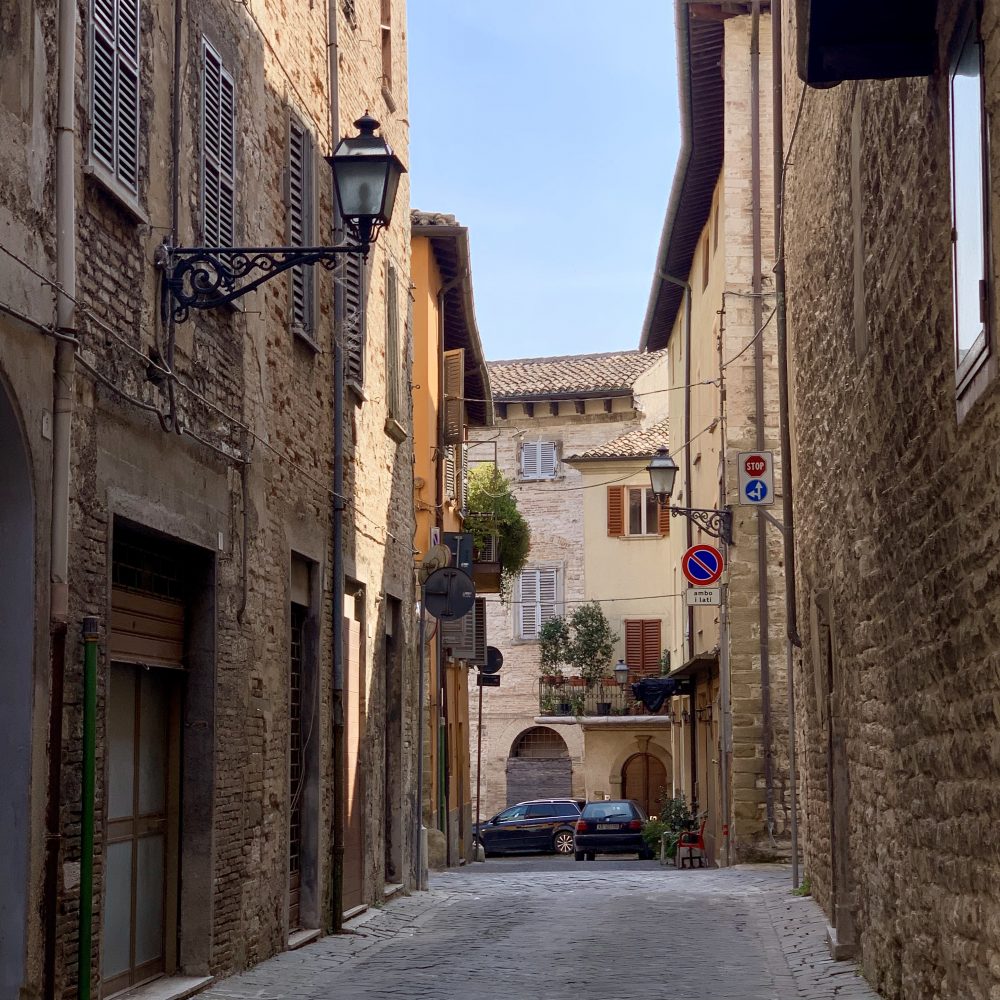
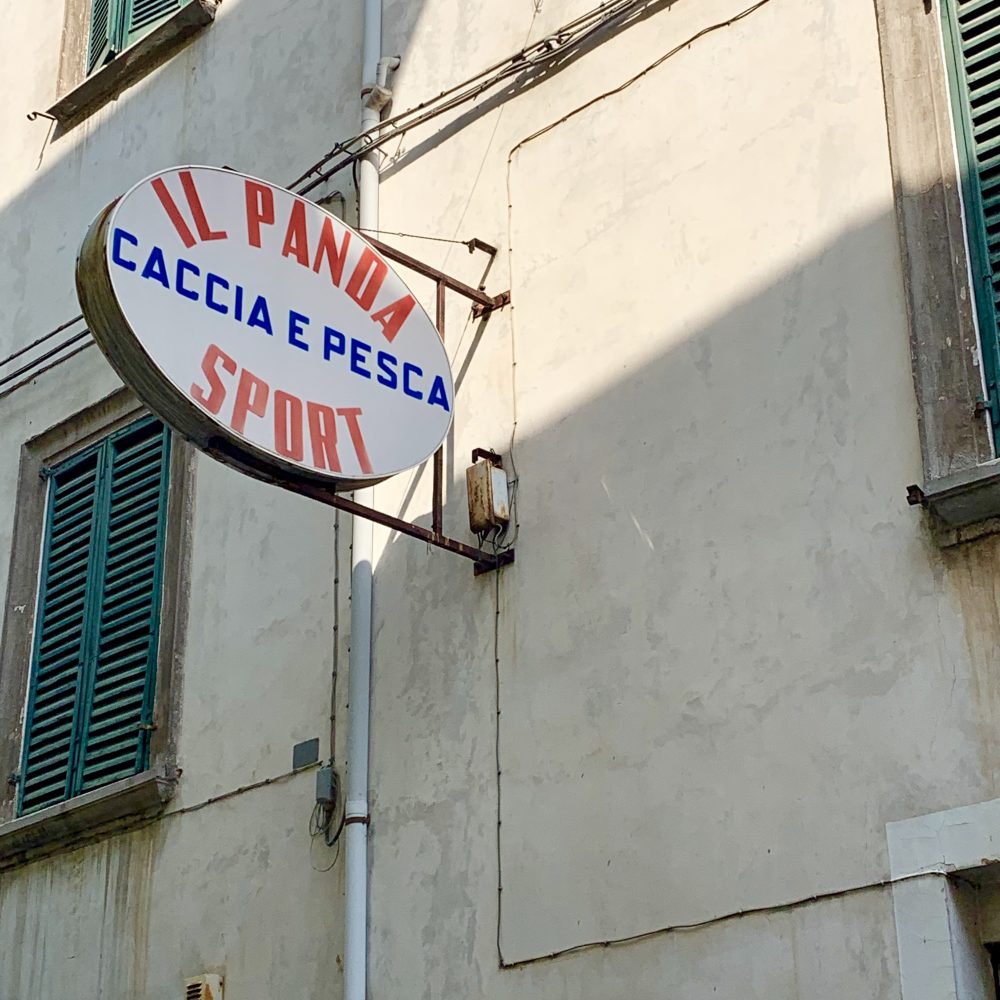
Cattedrale di Pergola
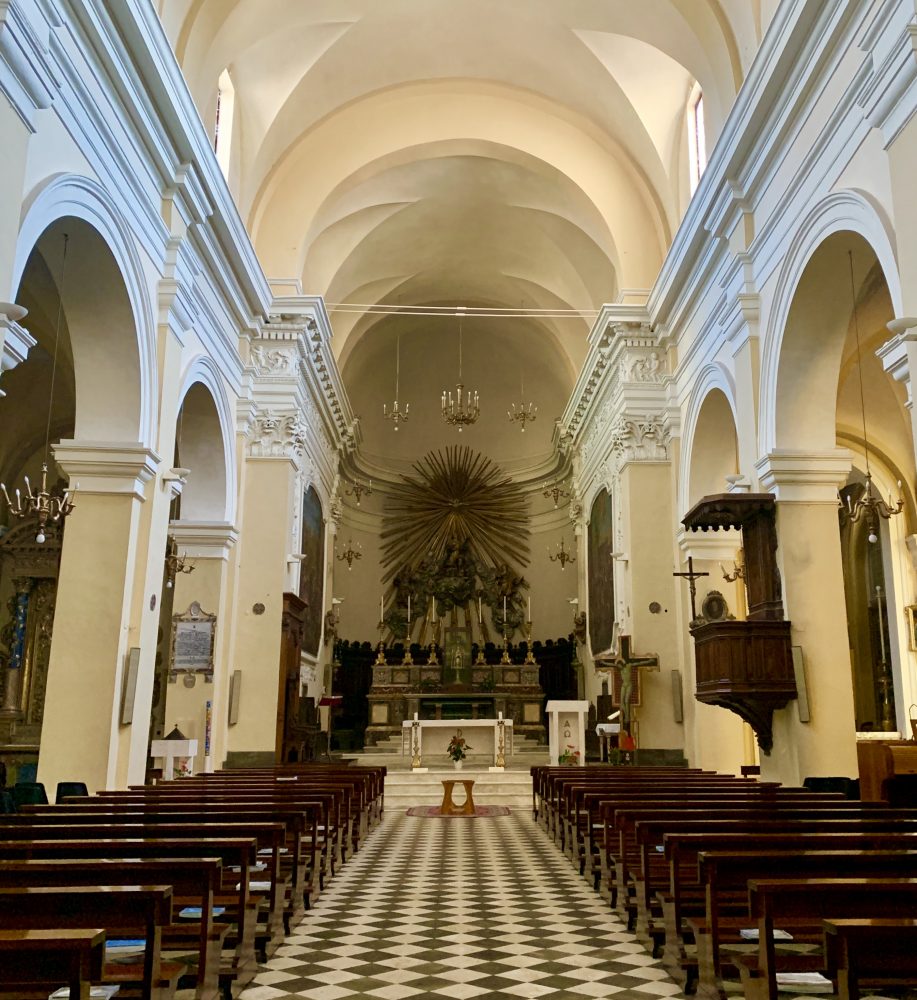
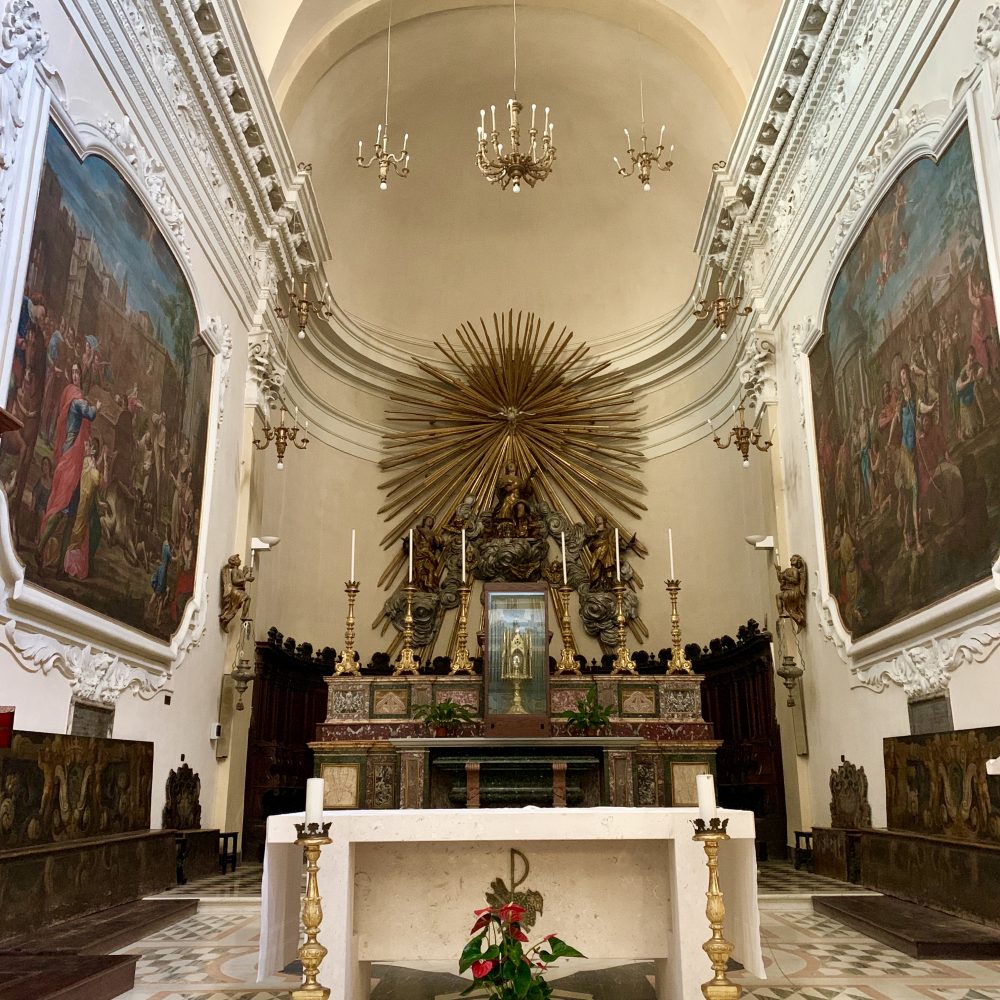
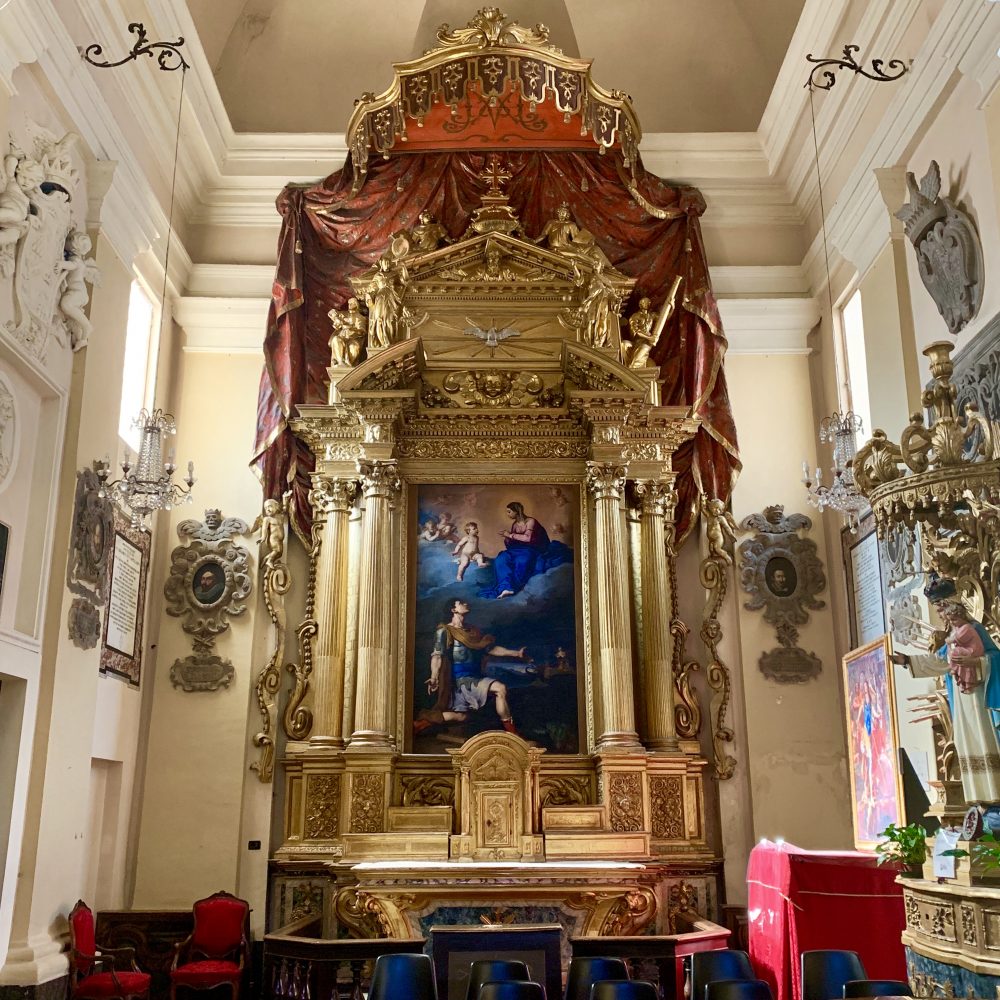
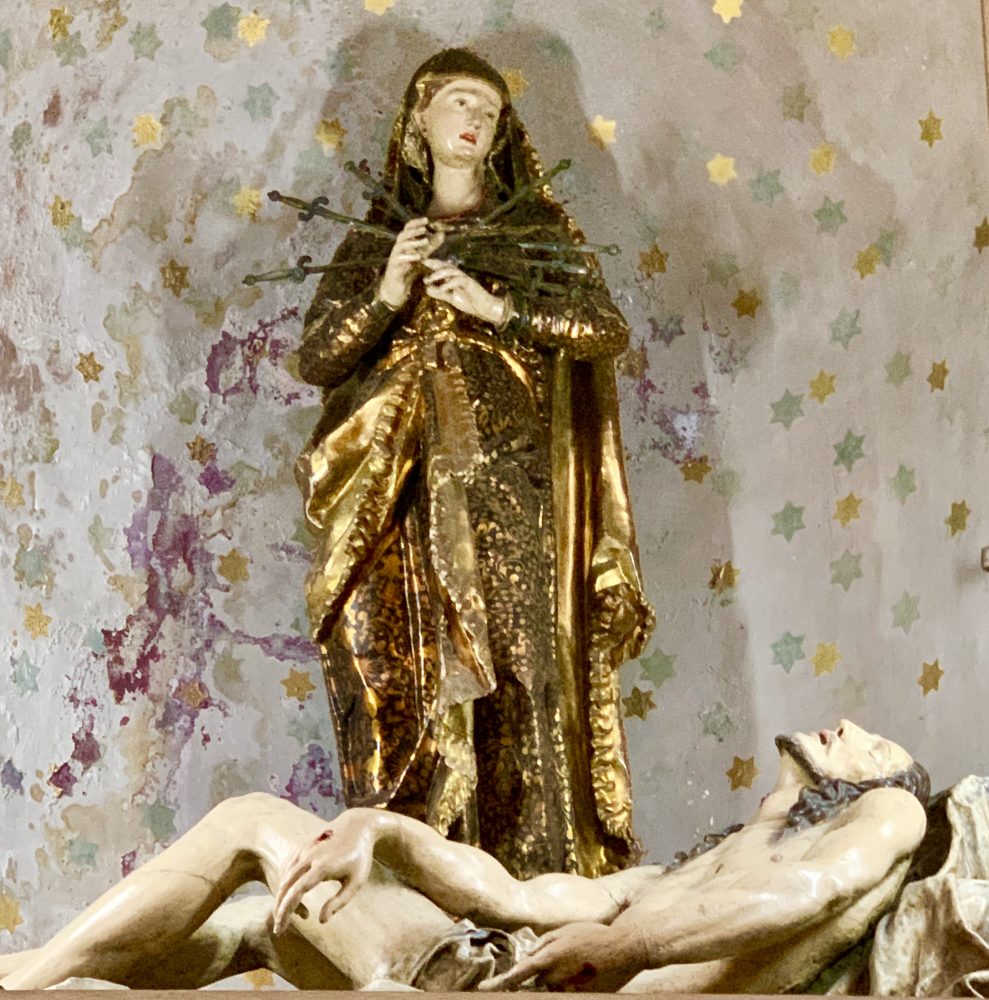
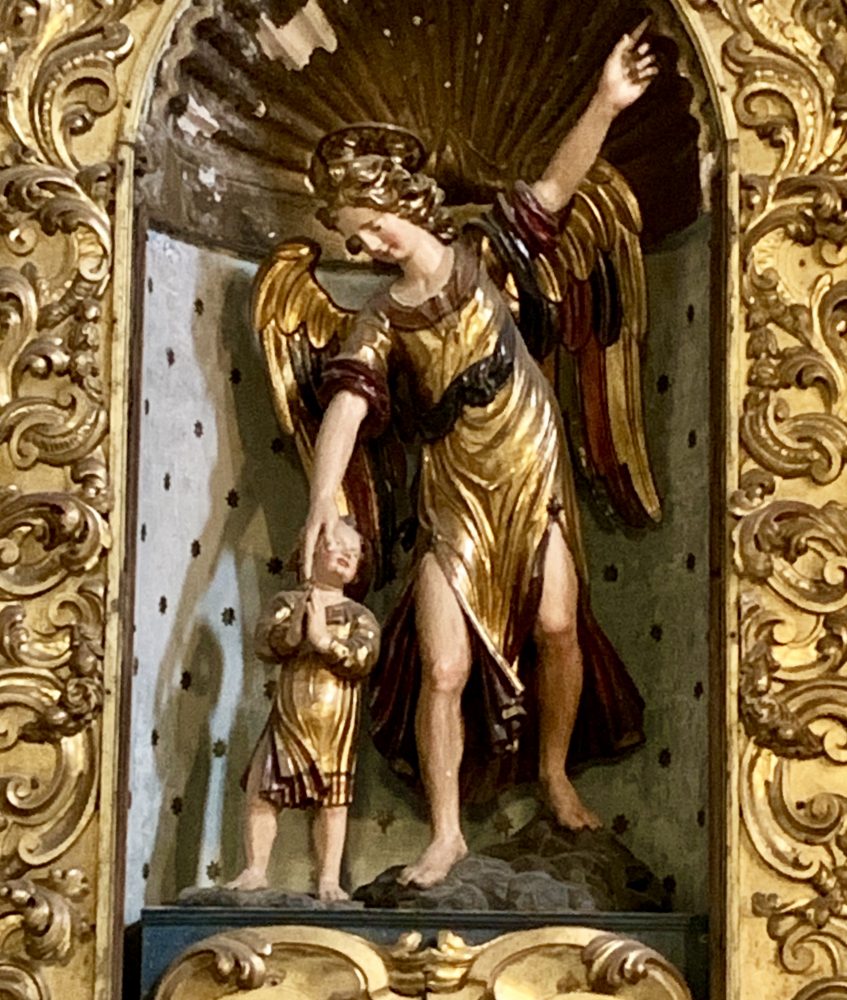
Madonna del Grottone, Petrara
This grotto was used during WWII to shelter locals from the bombings. The Germans retreated through this area, pursued by the Allies. The grotto was abandoned for decades before a local man decided to clear out the vegetation that had encroached on it. He dedicated it to the Madonna and it has since become a place of prayer and meditation. Just 50 meters or so further into the canyon, the mountain rises dramatically. The grotto is near Petrara, one of the frazioni (small hamlets) attached to the town of Serra.
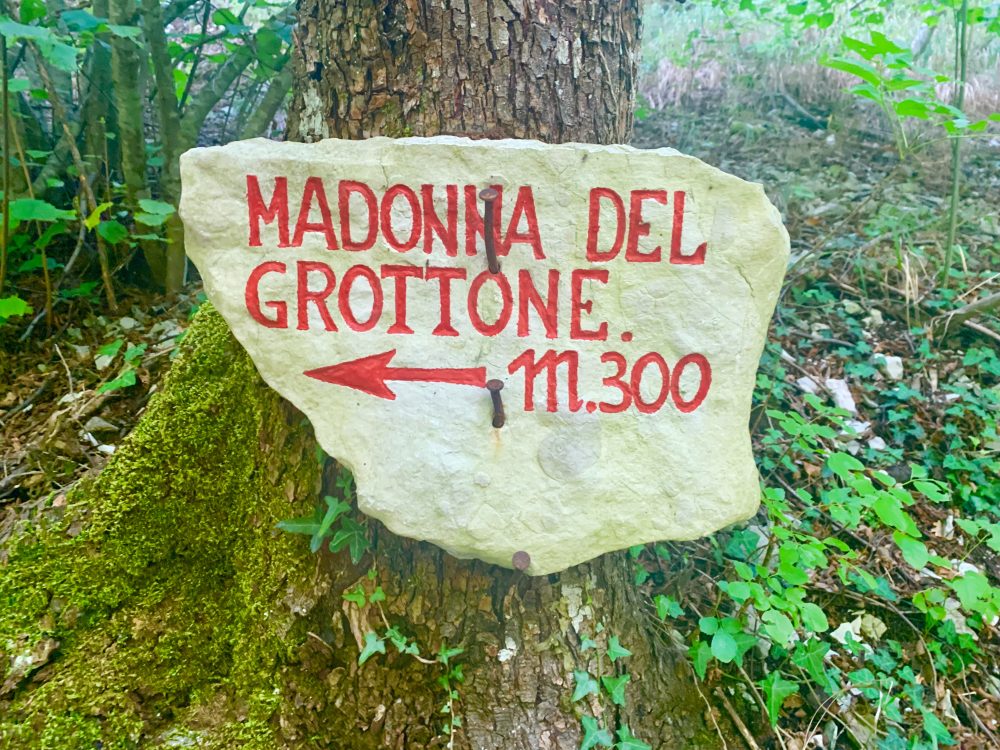
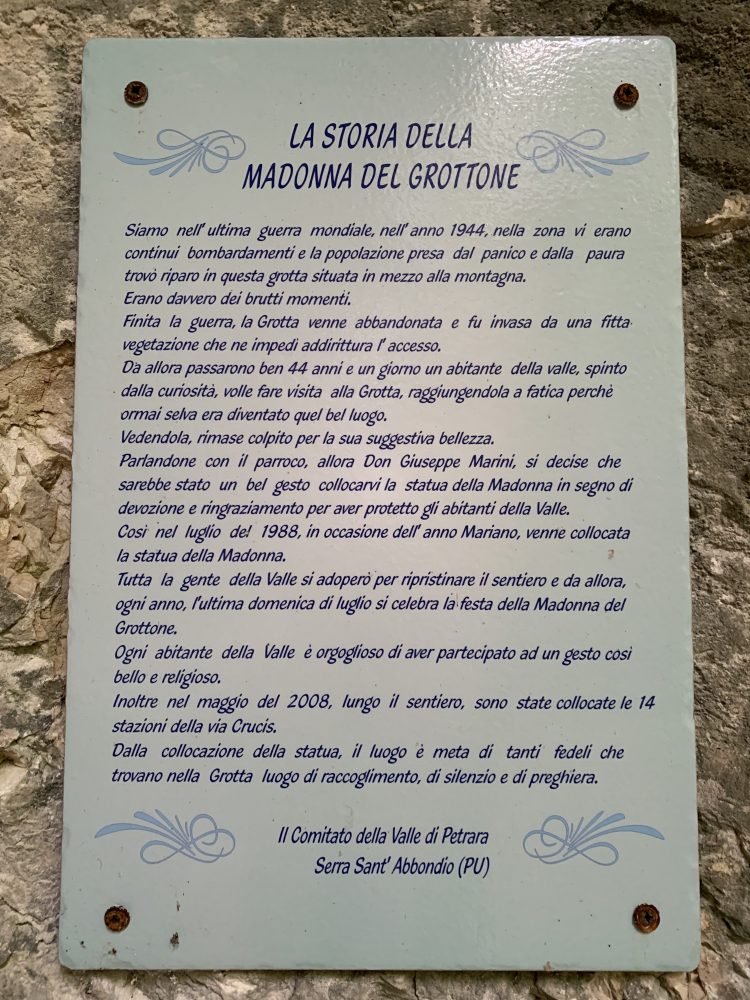

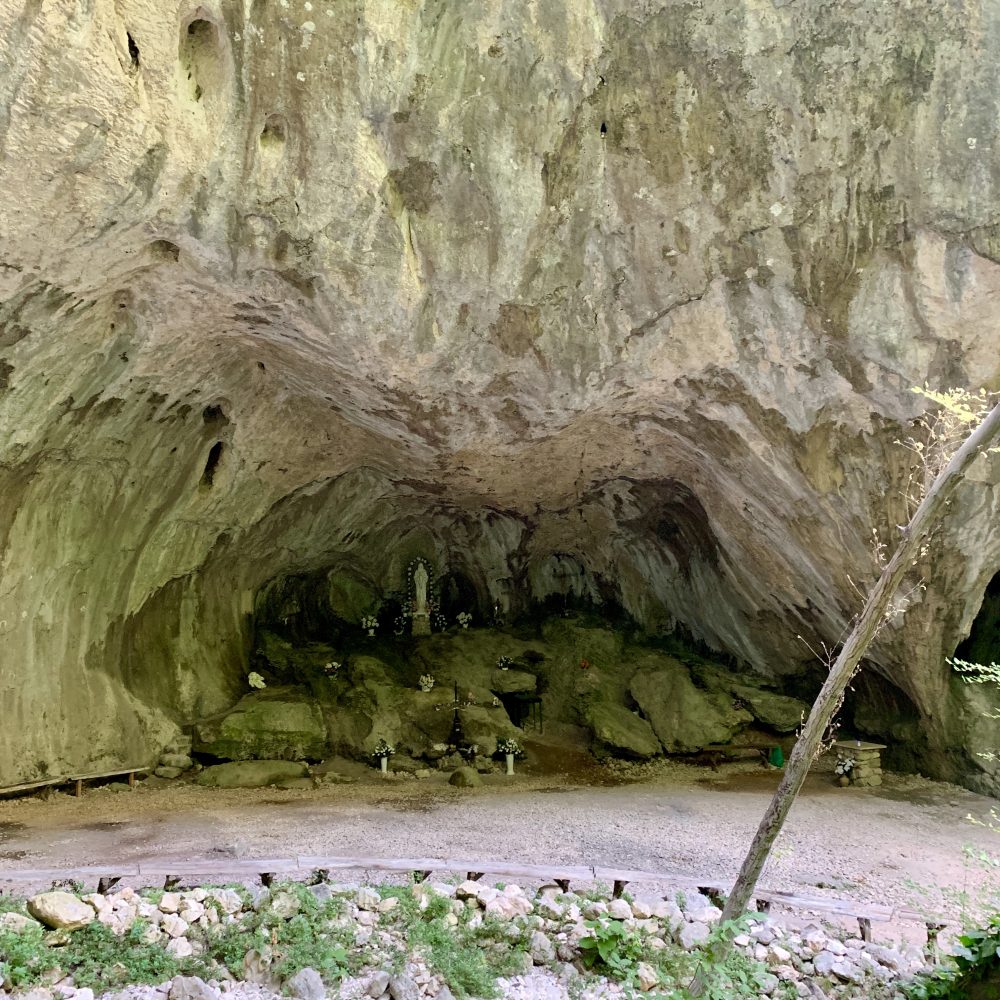
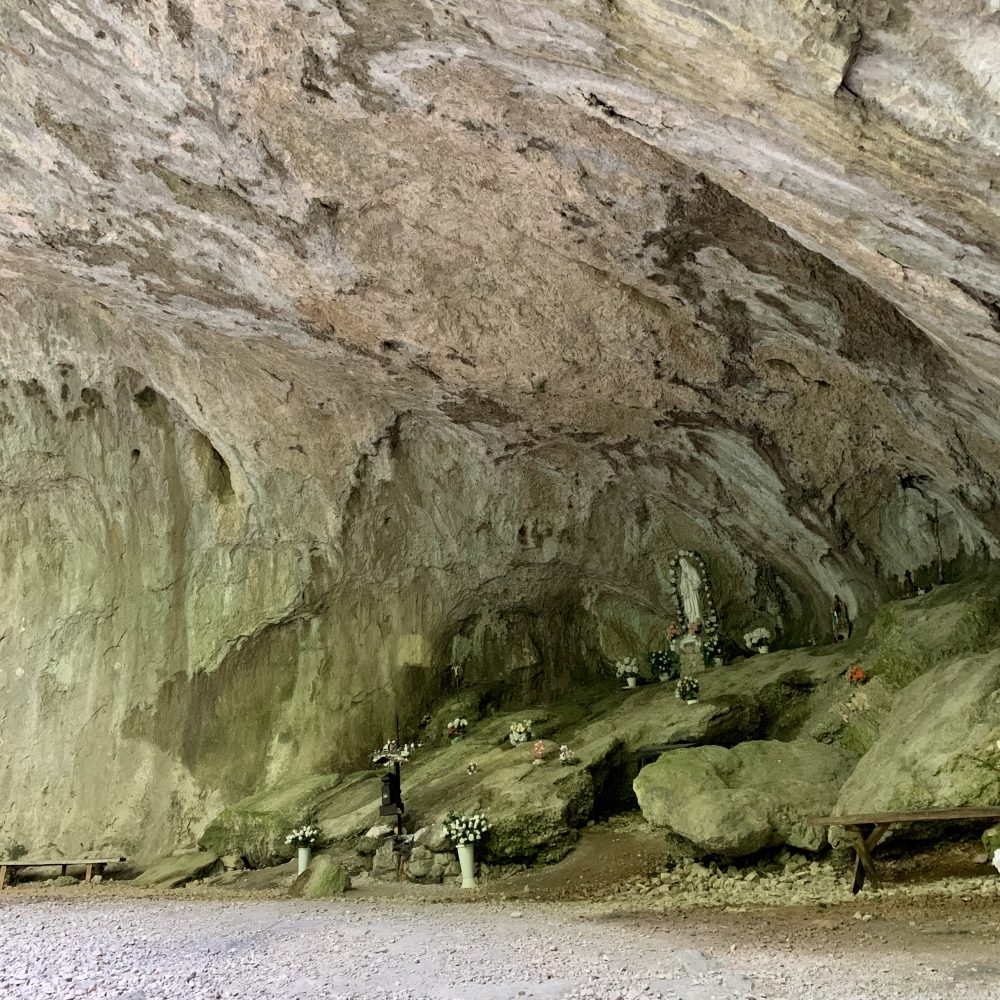
Fashion under the Stars, Serra
Rows of chairs and a red carpet appeared midday up the street near the city hall. All in preparation for an evening fashion show of clothing by students from the high school in Fabriano. About 200 people showed up. Standing room only. Lots of children’s clothes. Lots of families. Lots of fun. Very well done.
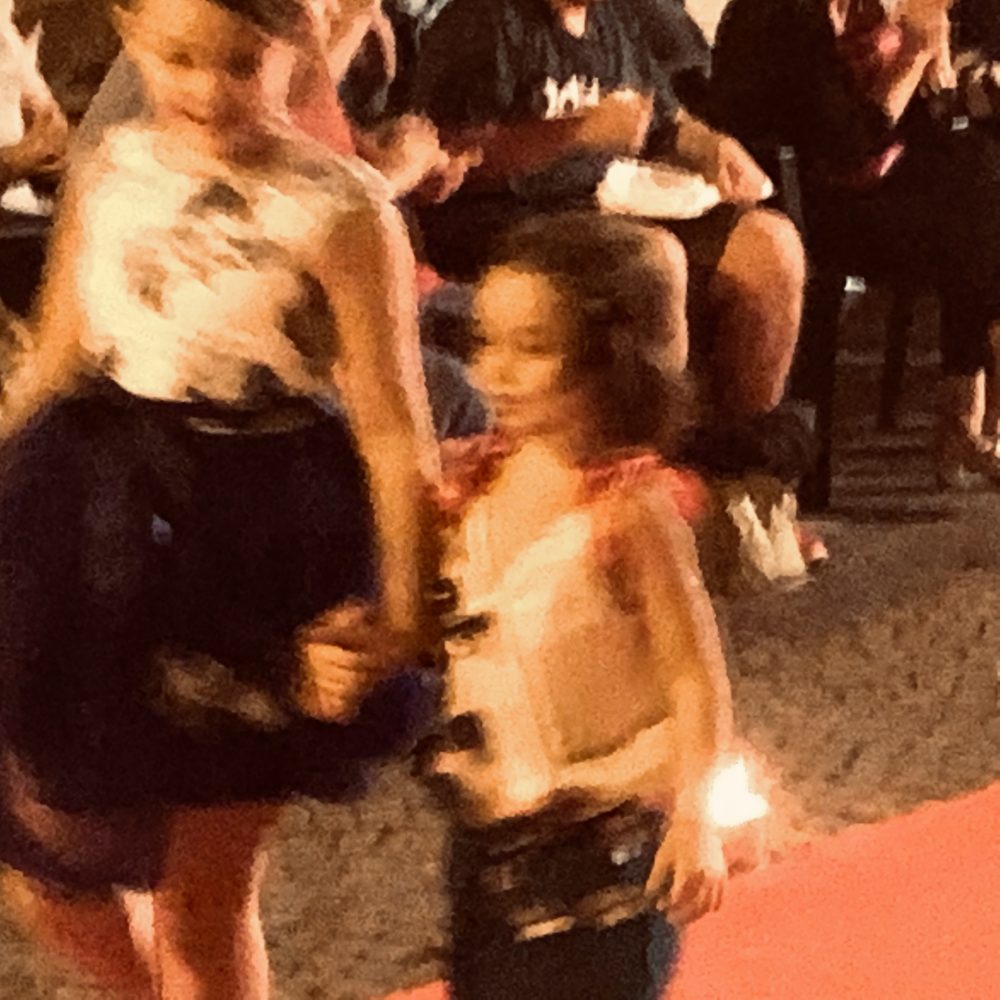
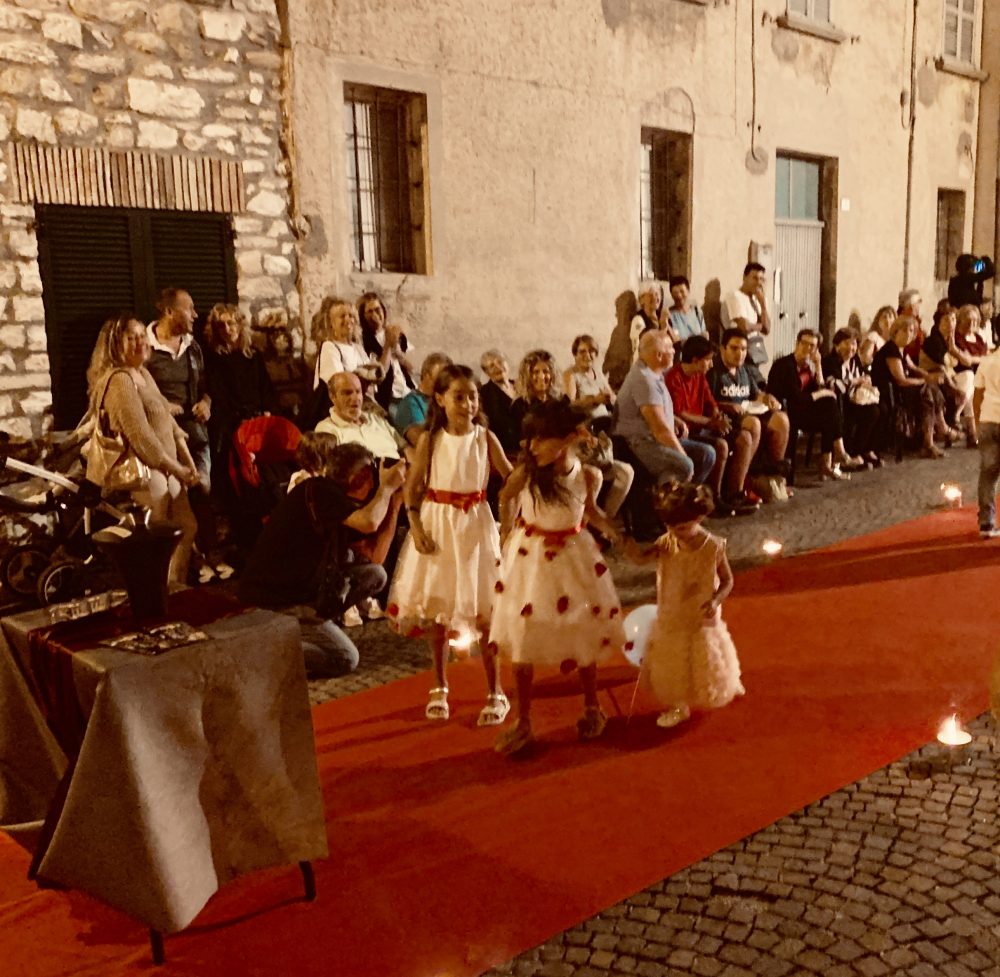

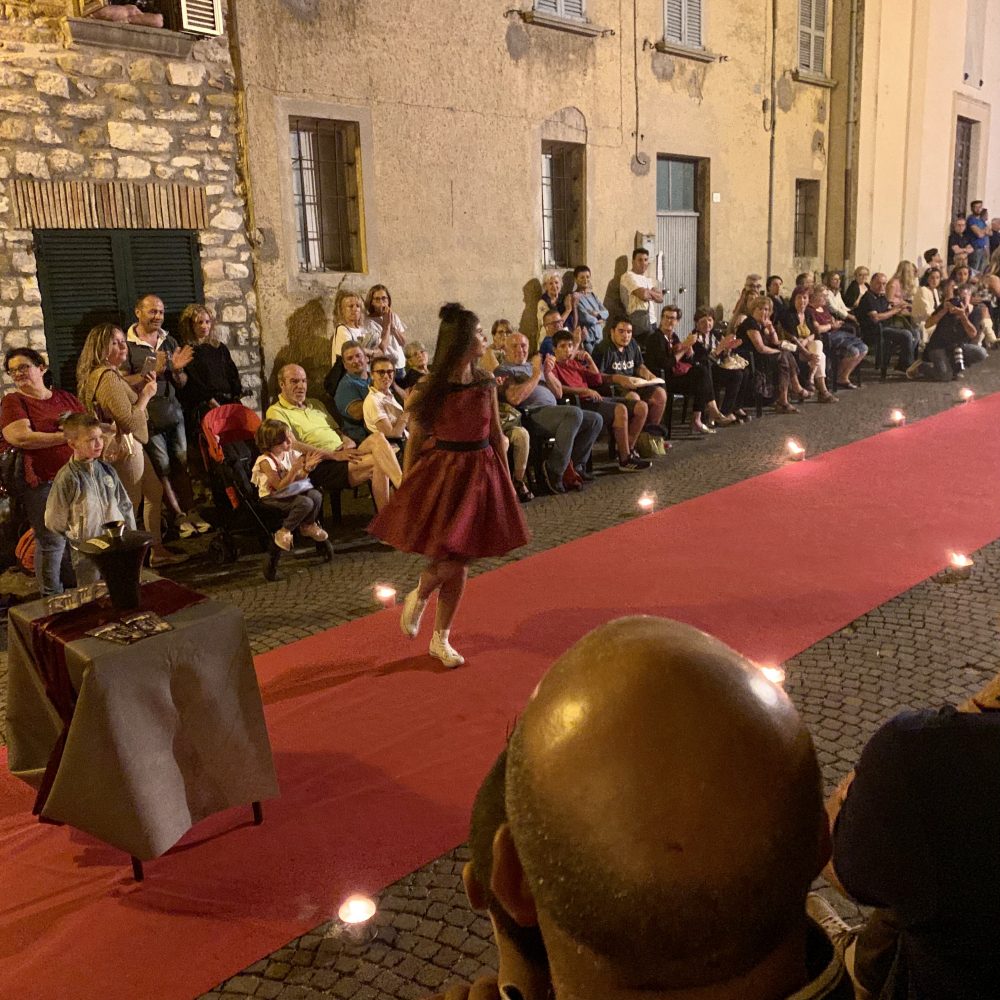


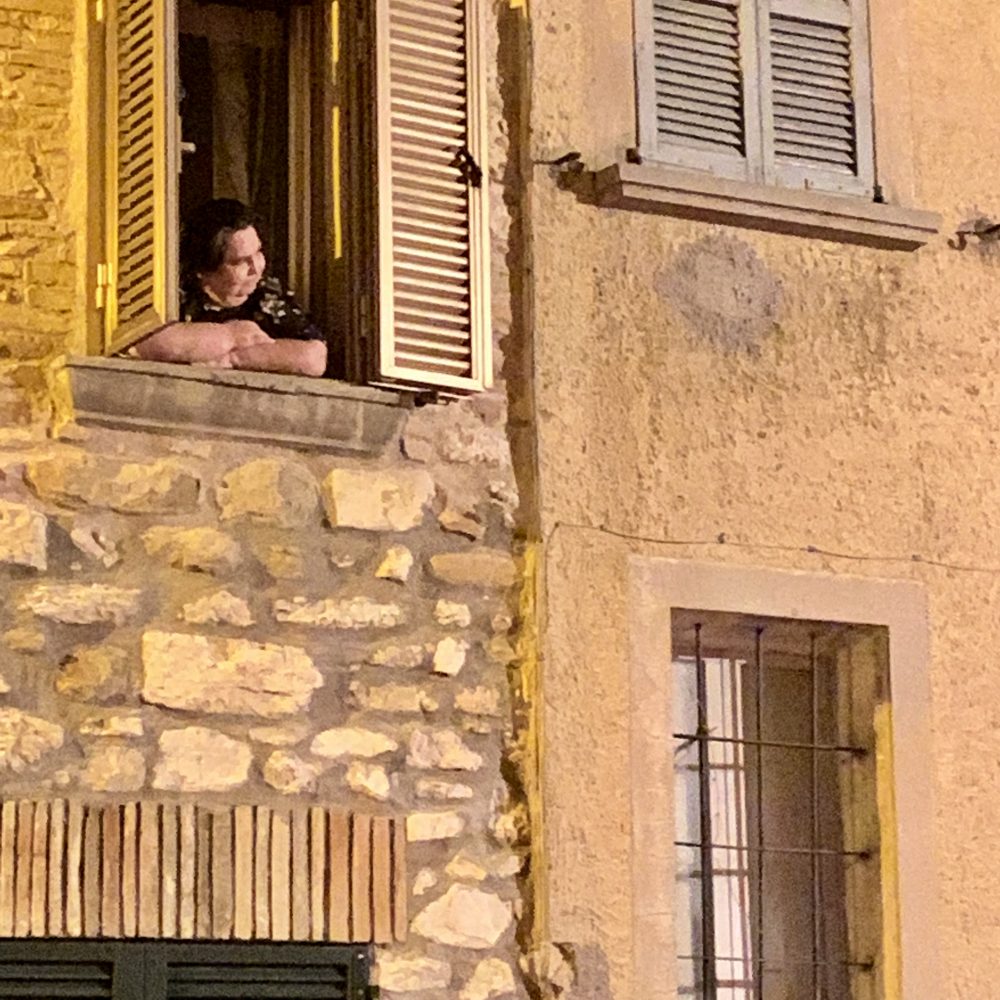
Cibo e bibite a casa
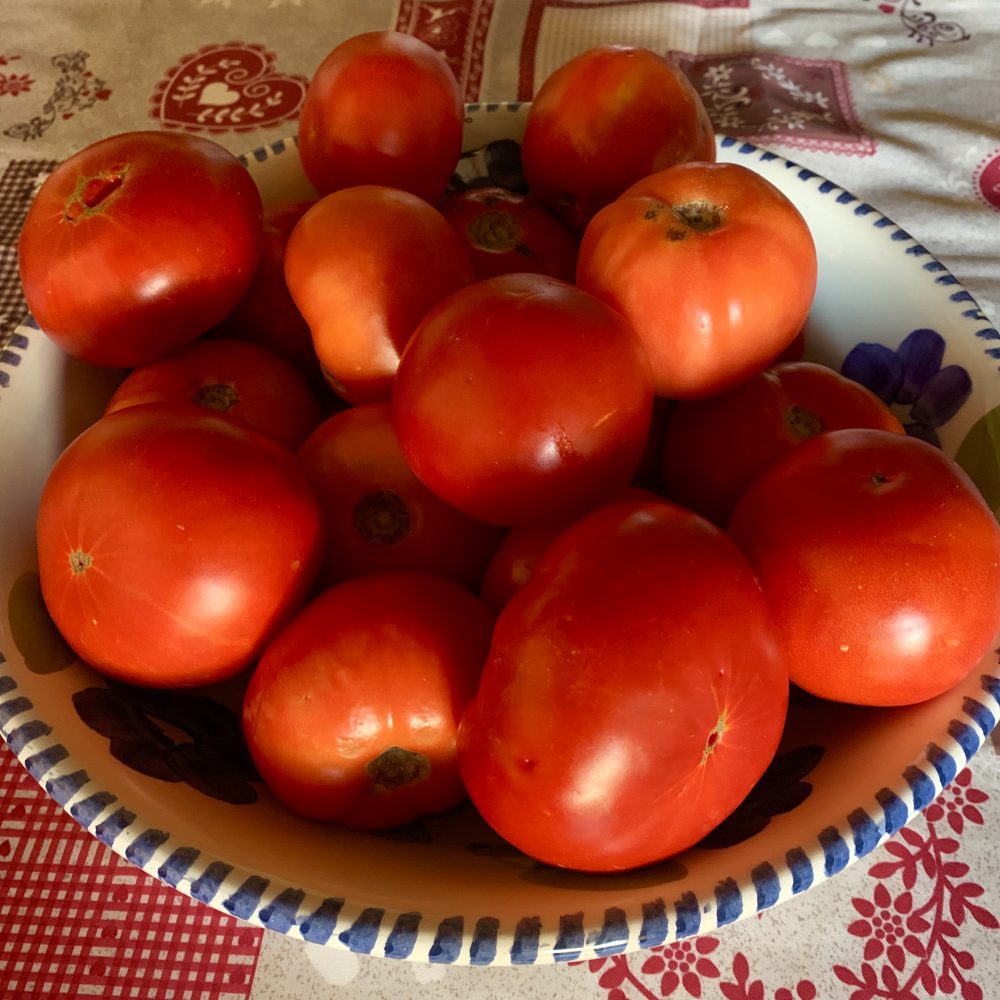
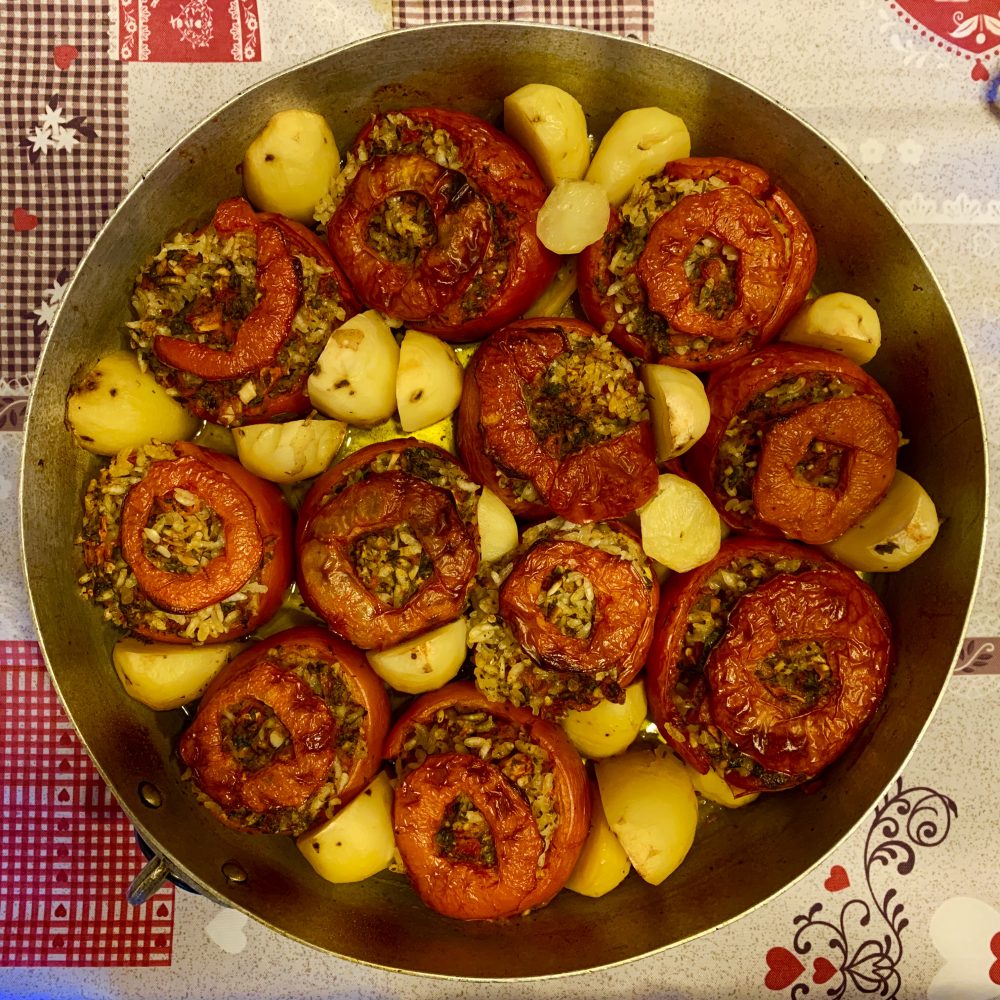

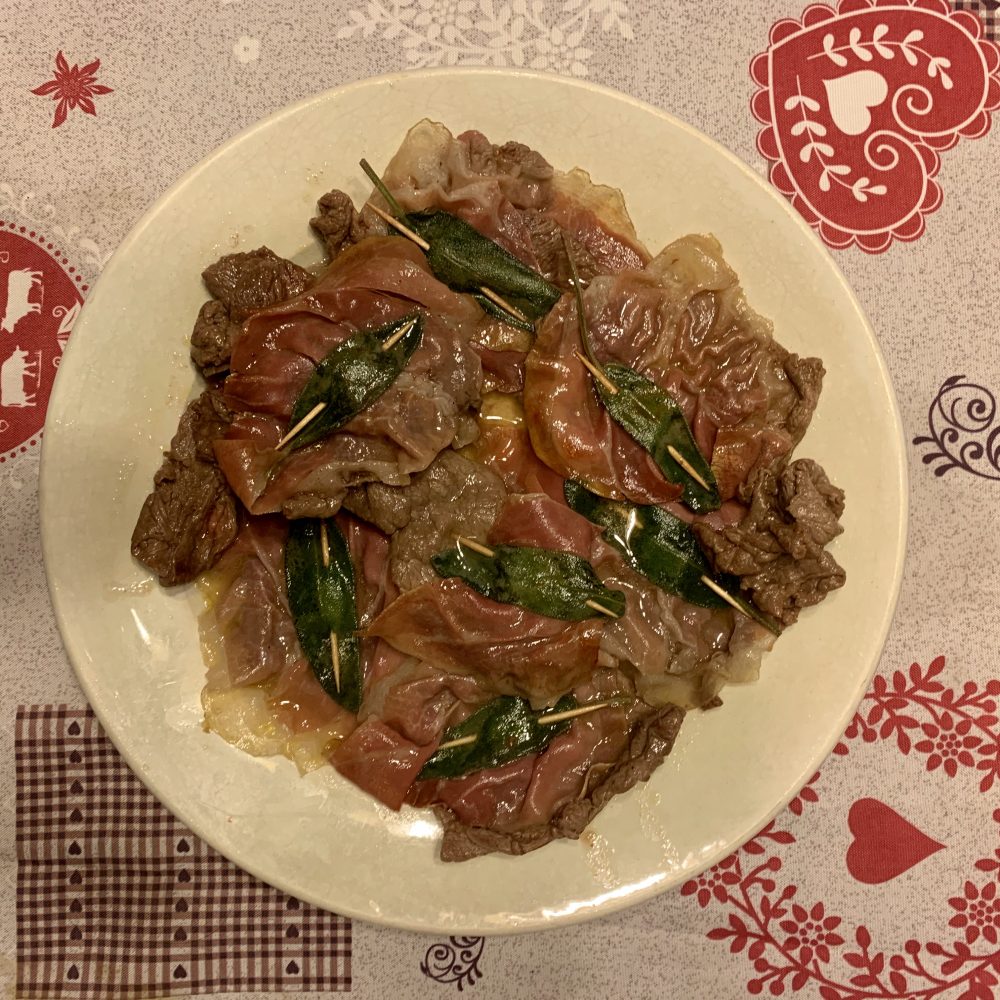
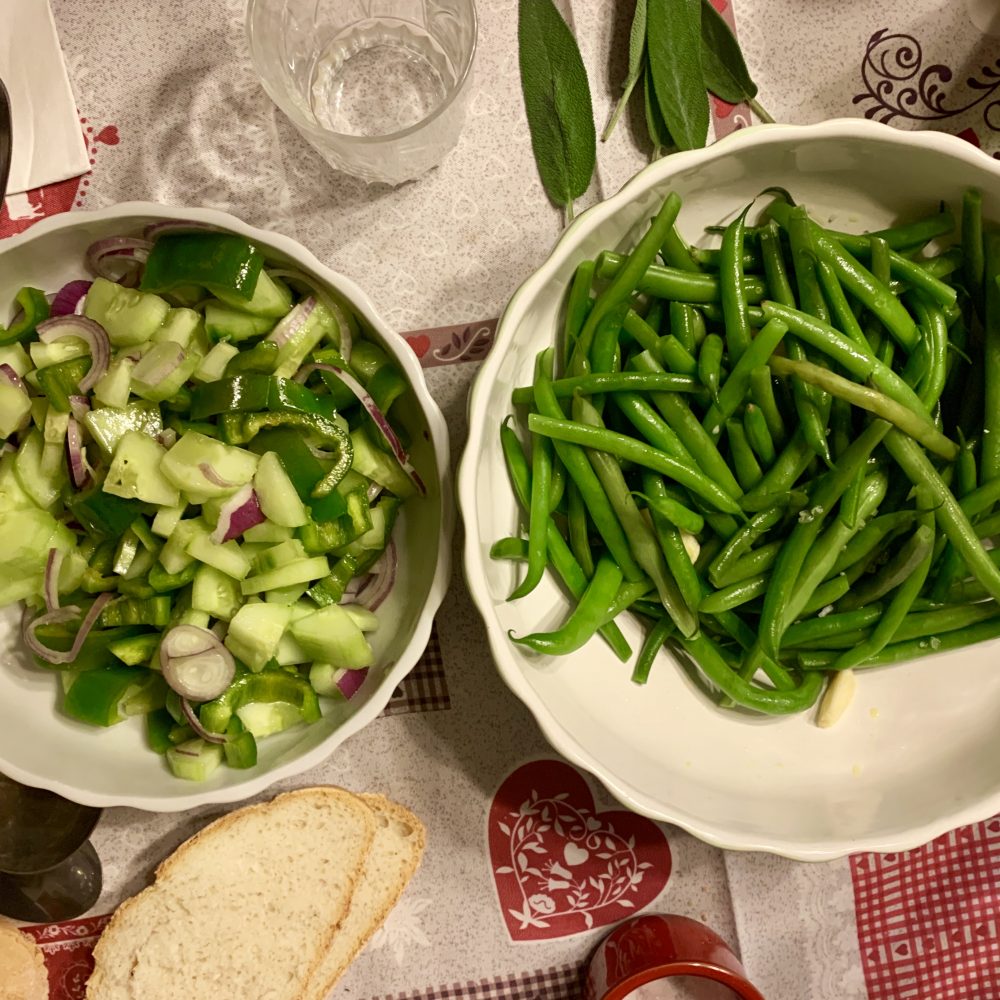
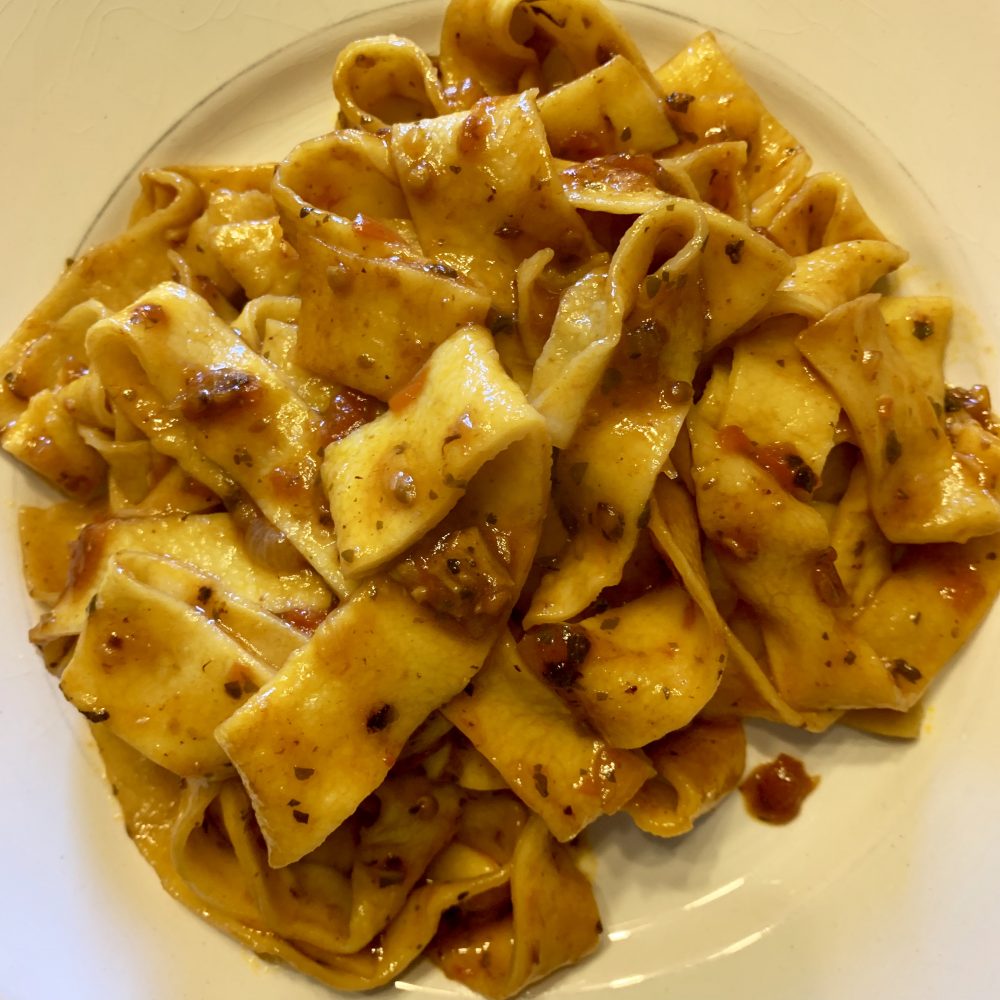
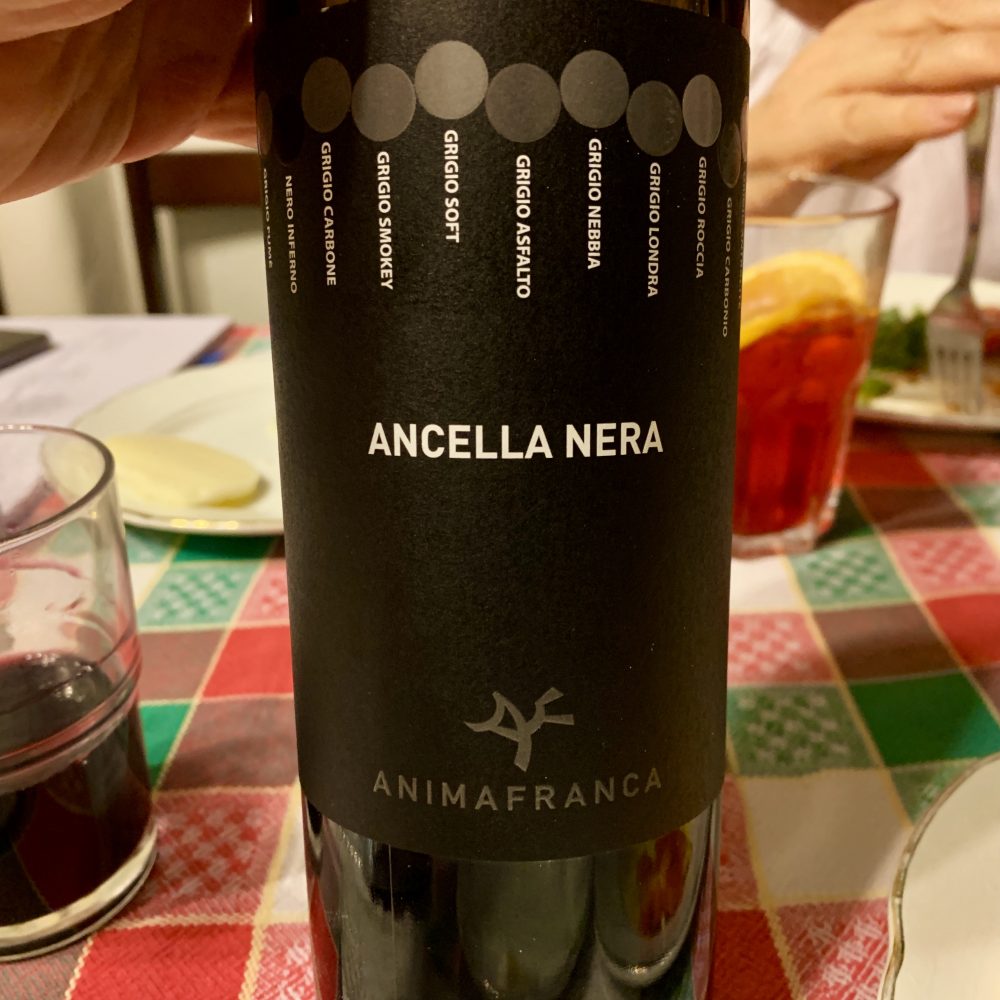
Cibo e bibite fuori la casa
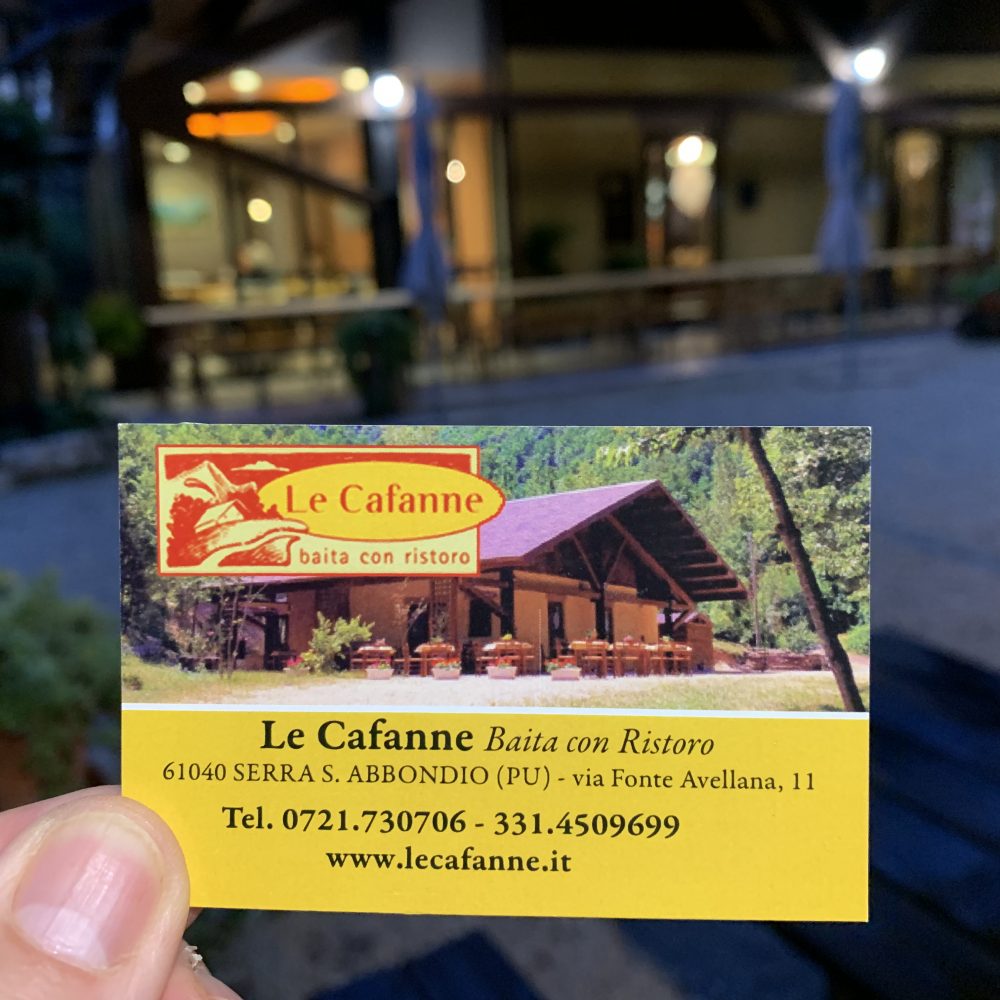
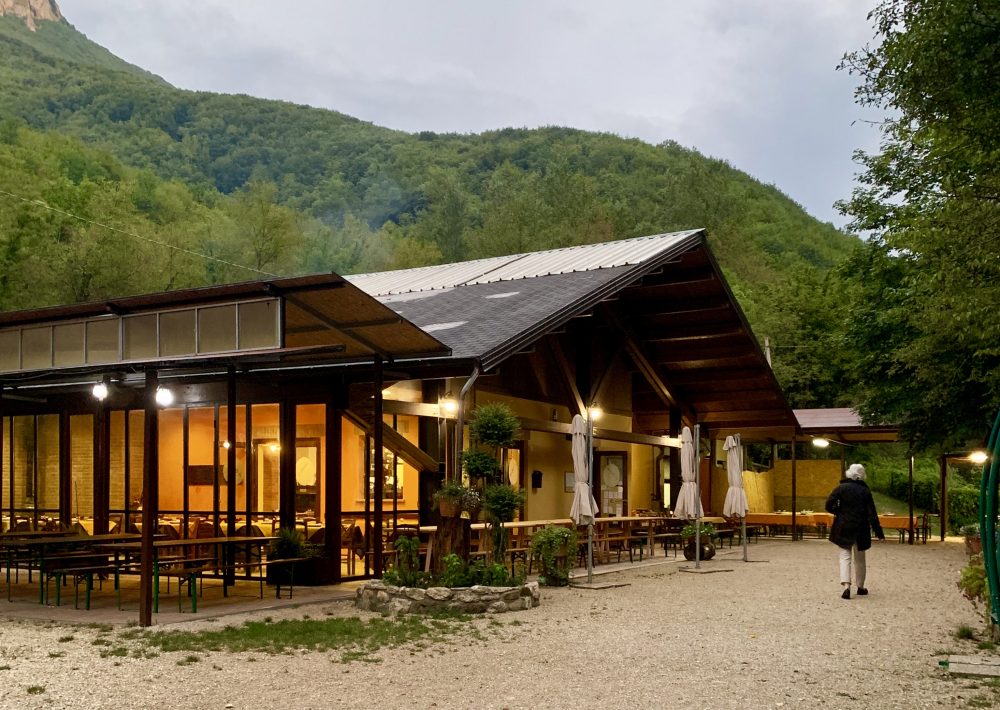
Lunch at Frontone Alta
You remember Tony Roselli don’t you? We met and his wife Carol in the post office in Pergola. He grew up in North Beach and then East Palo Alto but has moved around quite a bit since then. Most recently he and Carol bought a house in Frontone to live in year round. His father was a Marche Club member and Tony knows a few of the same people Robert knows in the Bay Area, including Tony Maganini. You remember Tony’s niece? She is Christina who helped Robert at the post office in Pergola.
Tony and Carol met us in Frontone Alta at the Taverna della Rocca, a must-visit place when you are in this area. The restaurant is known for grilled meats and especially crescia. Always a treat.
The locale is charming, with narrow streets and great views of the surrounding landscape, most of it under cultivation in a patchwork with woods and houses.
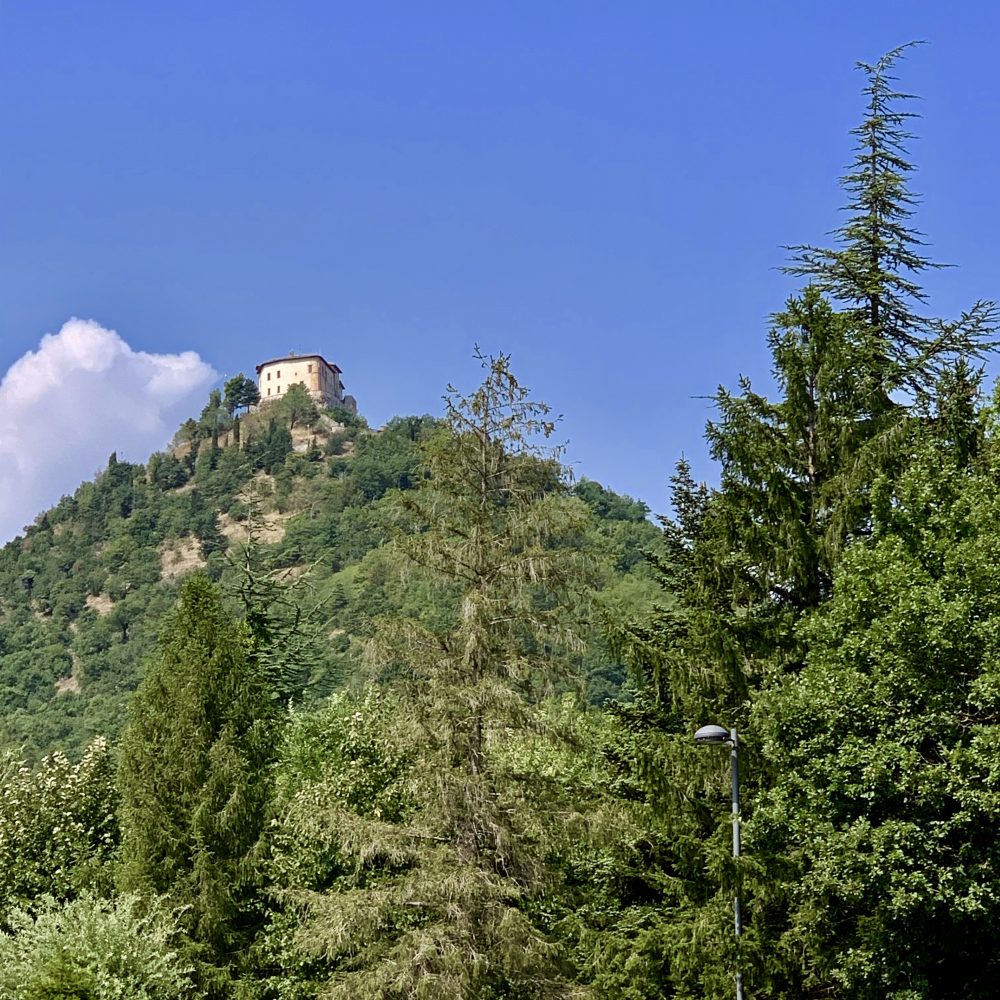
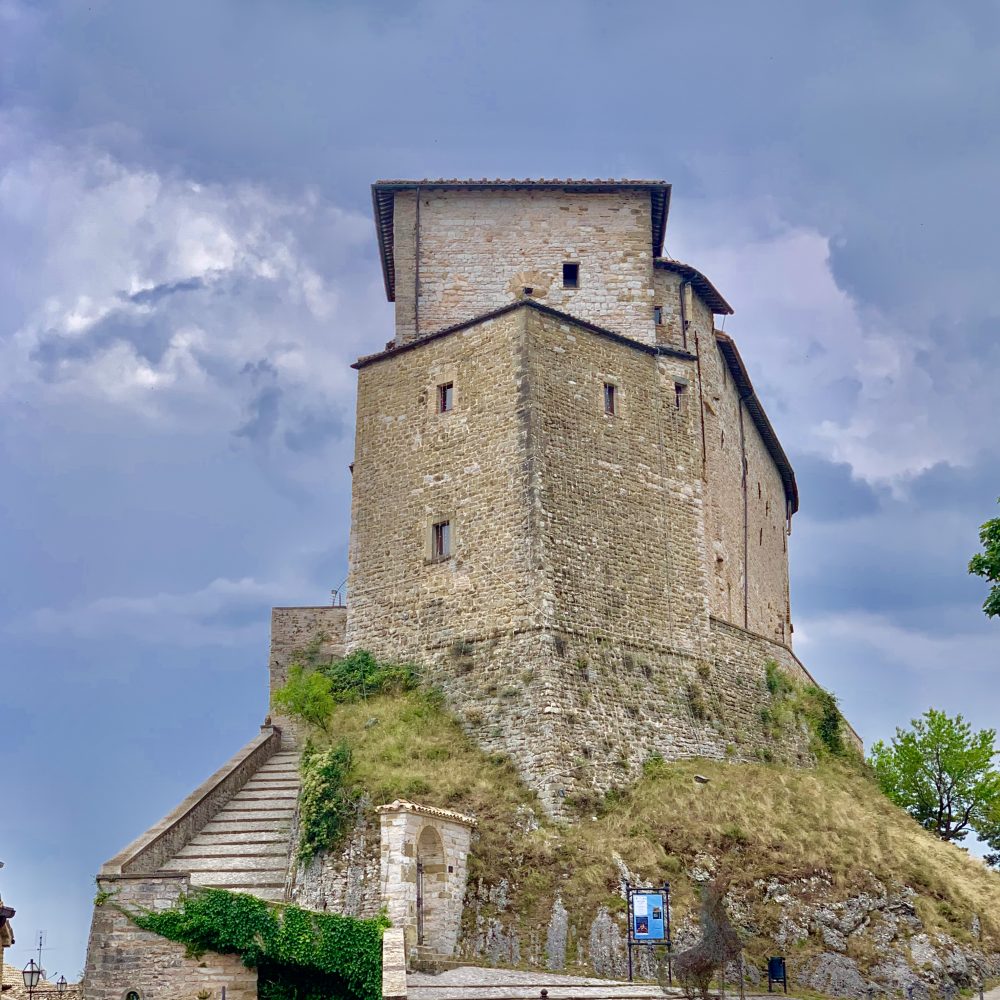
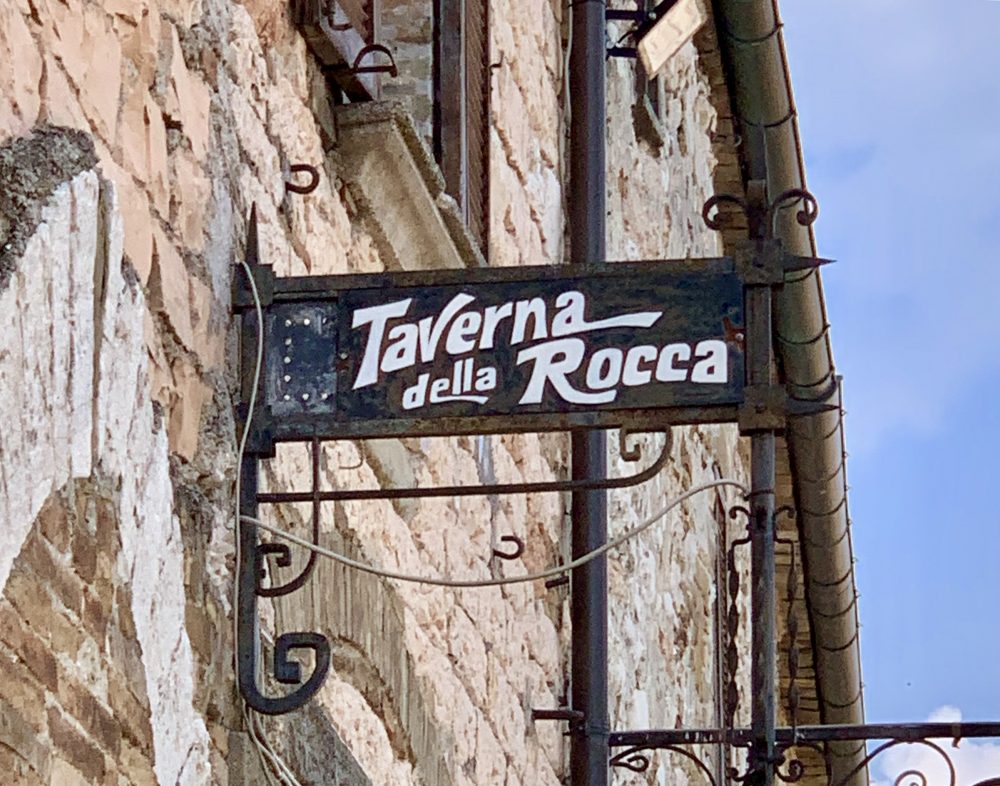
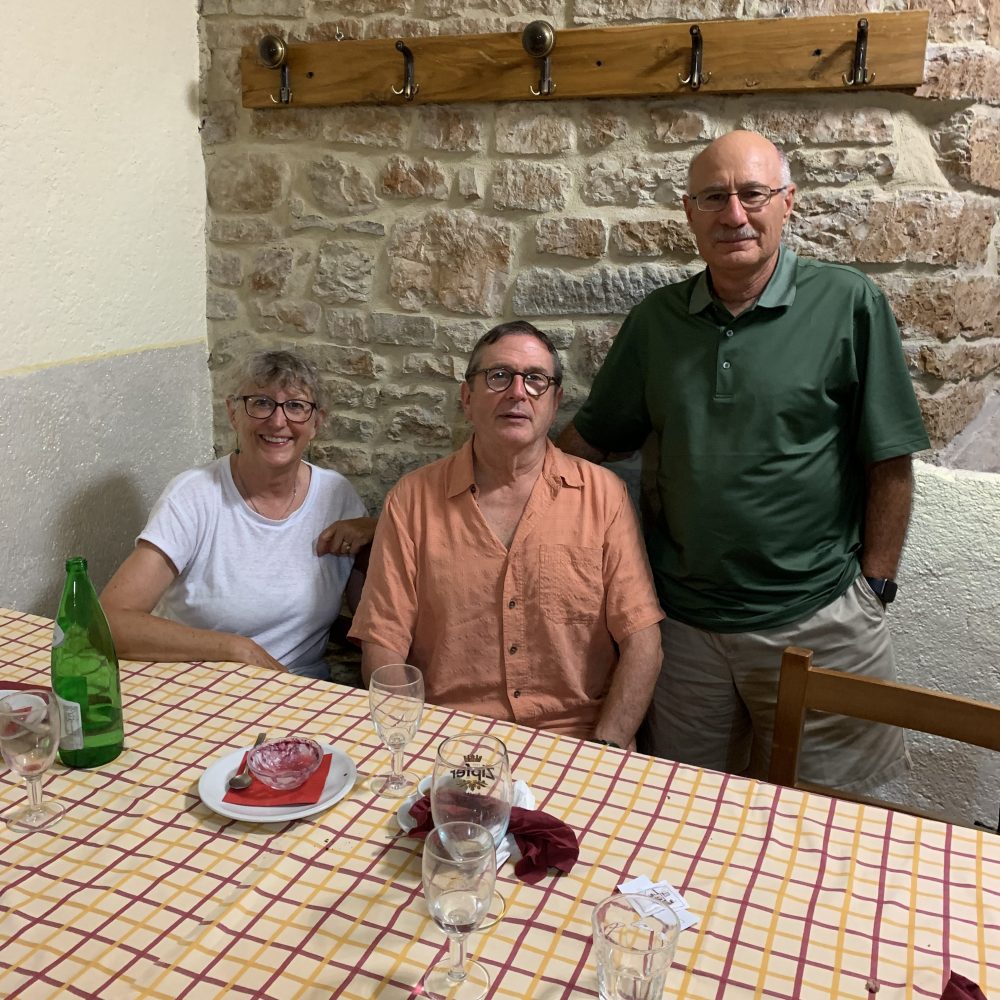
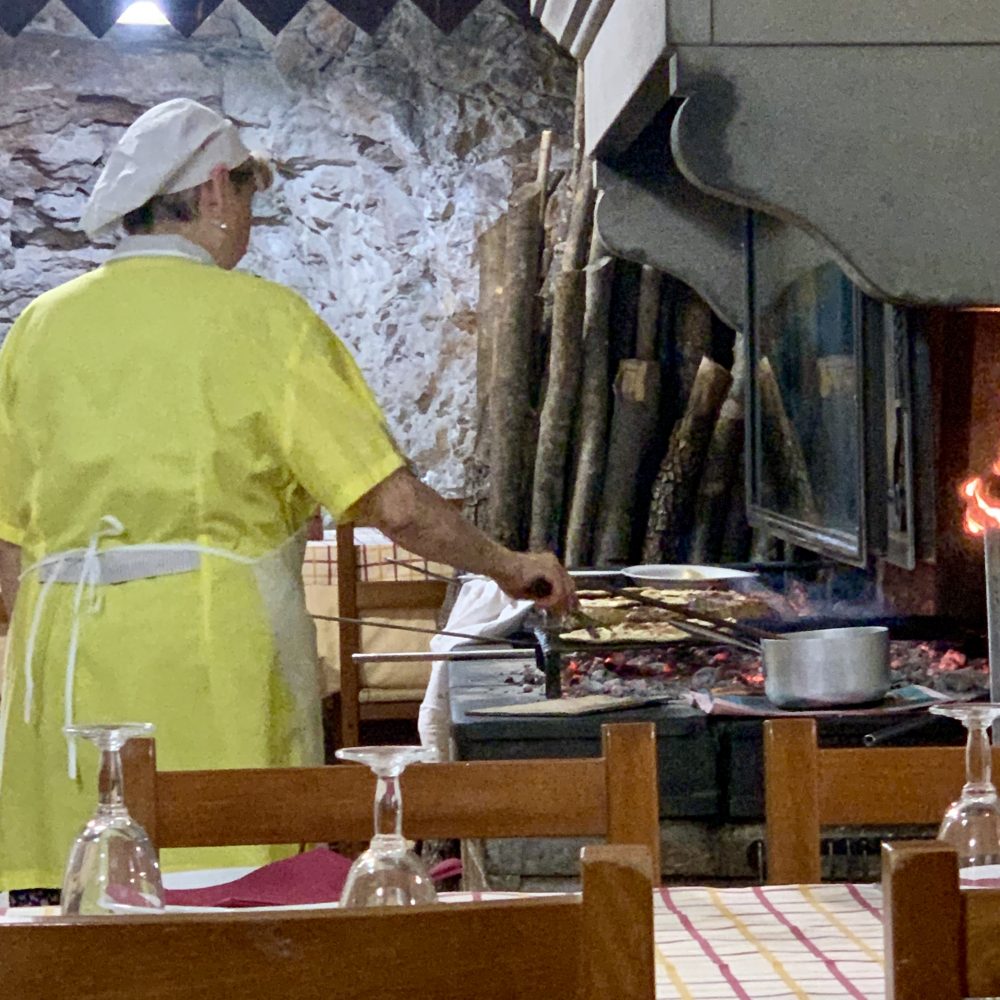
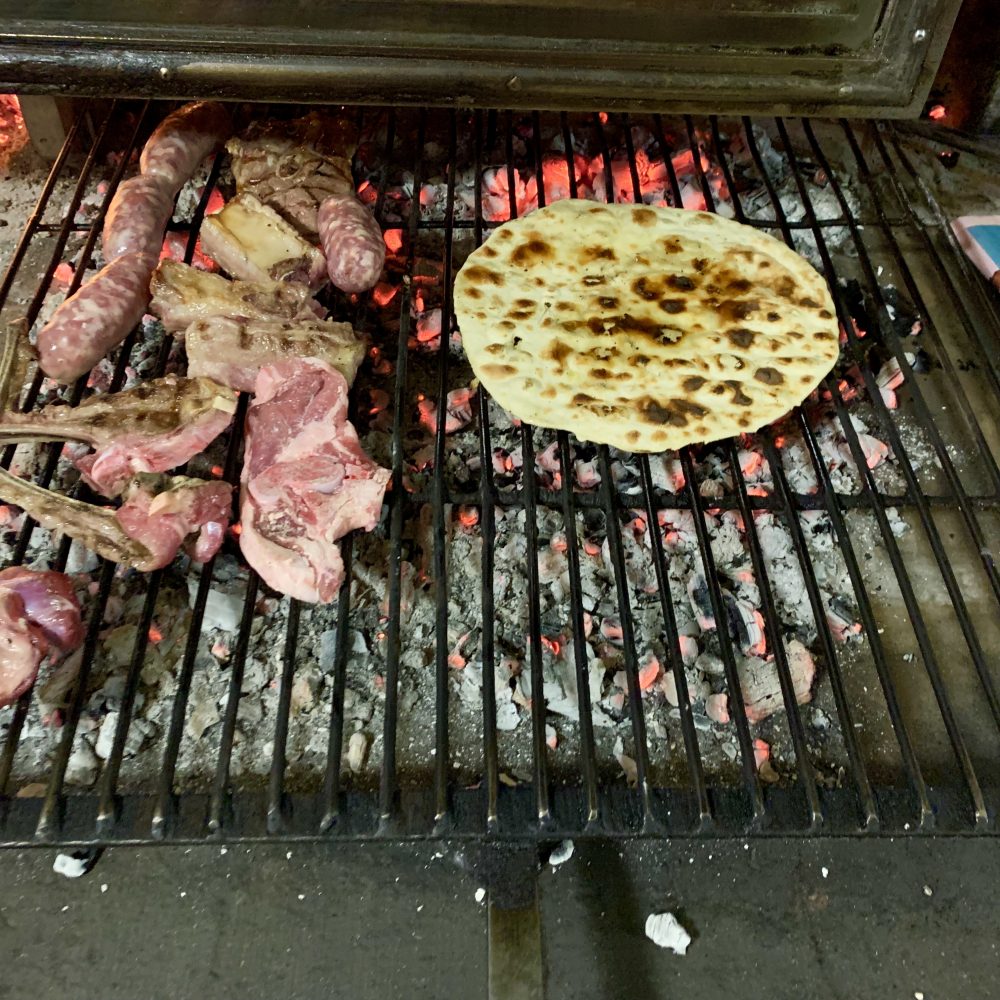

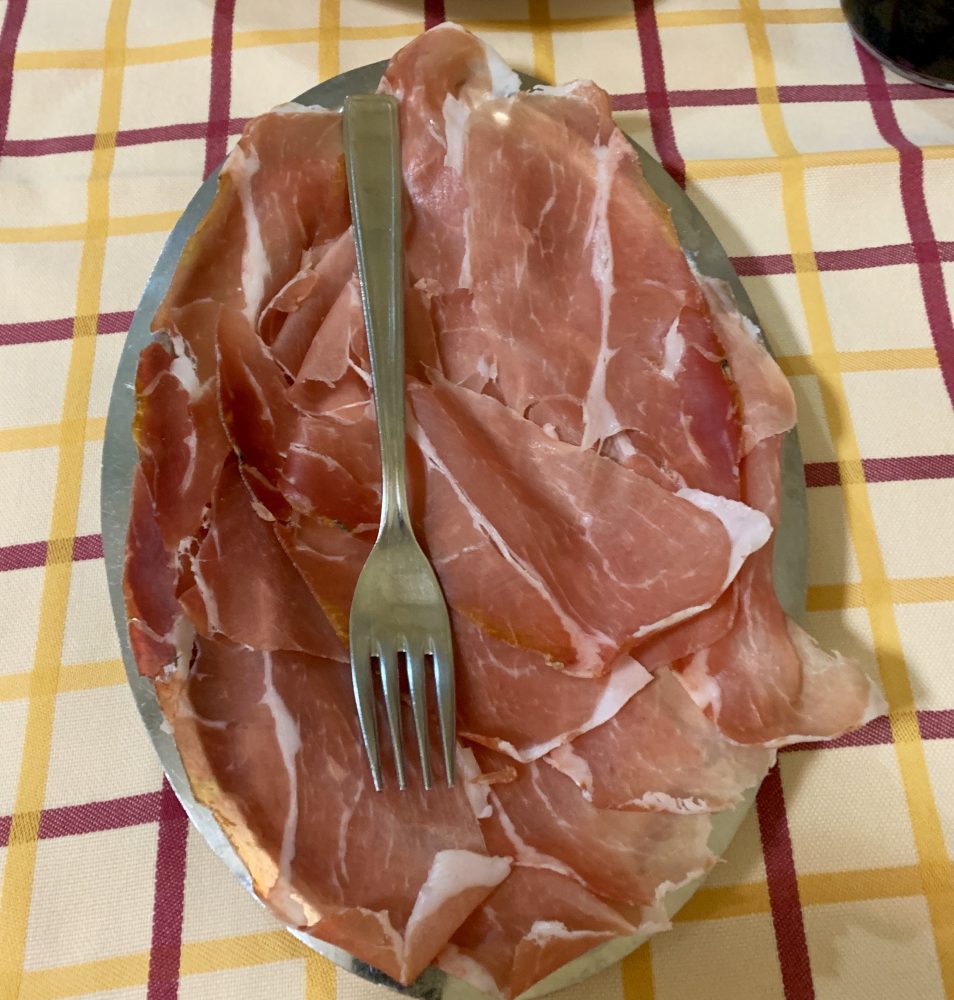

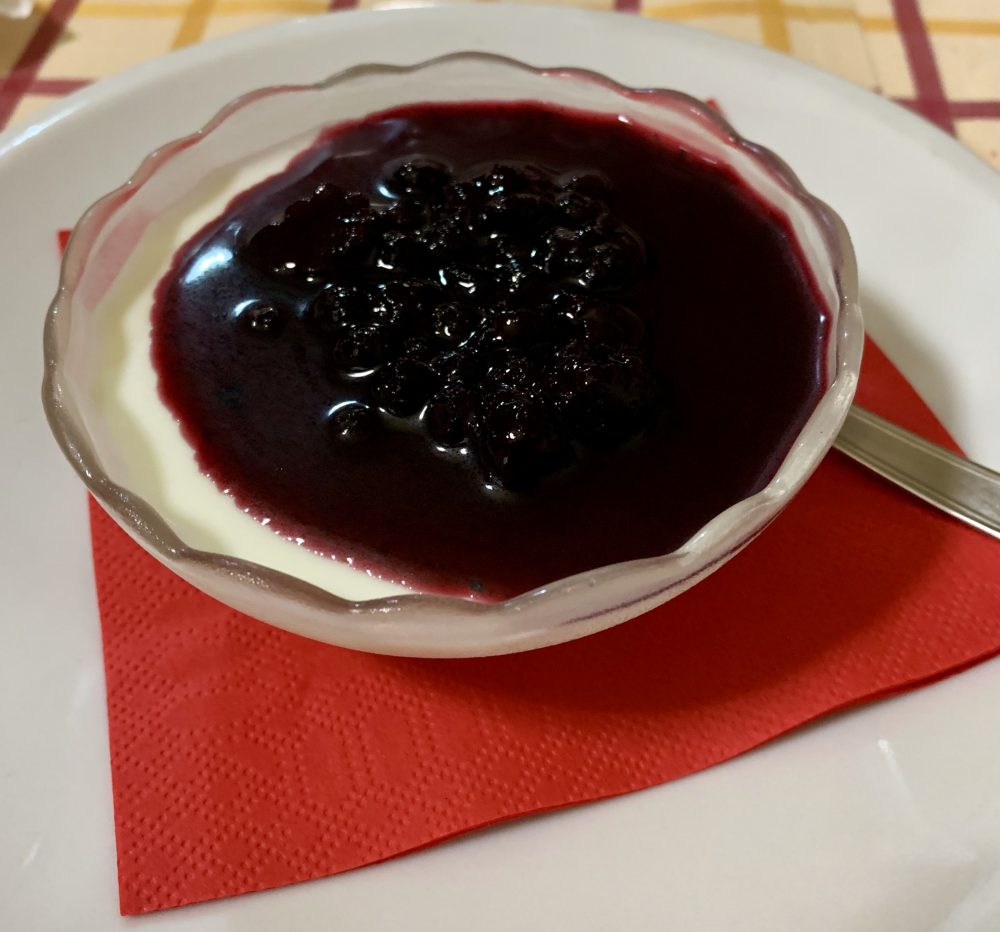

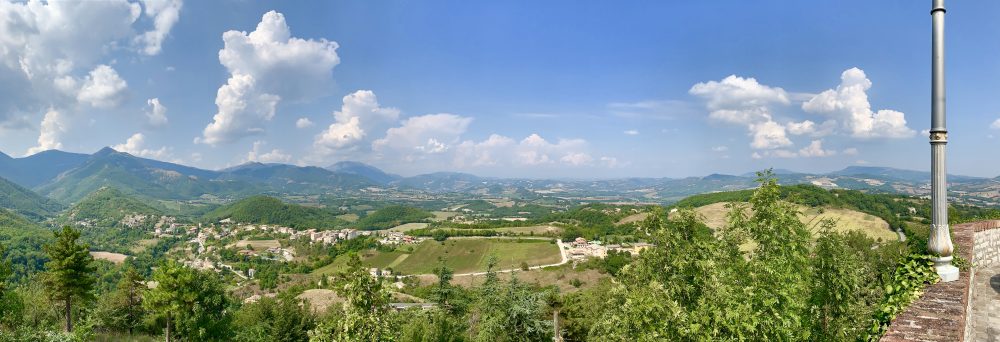
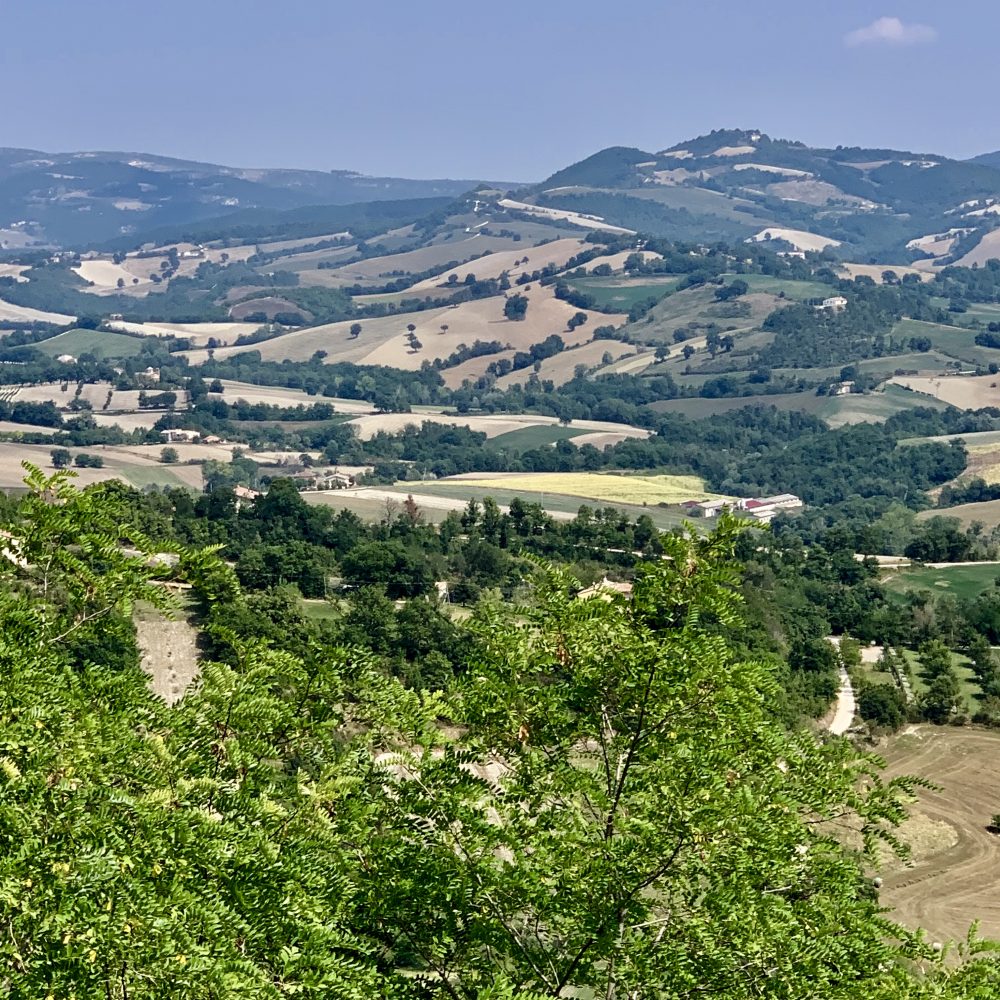
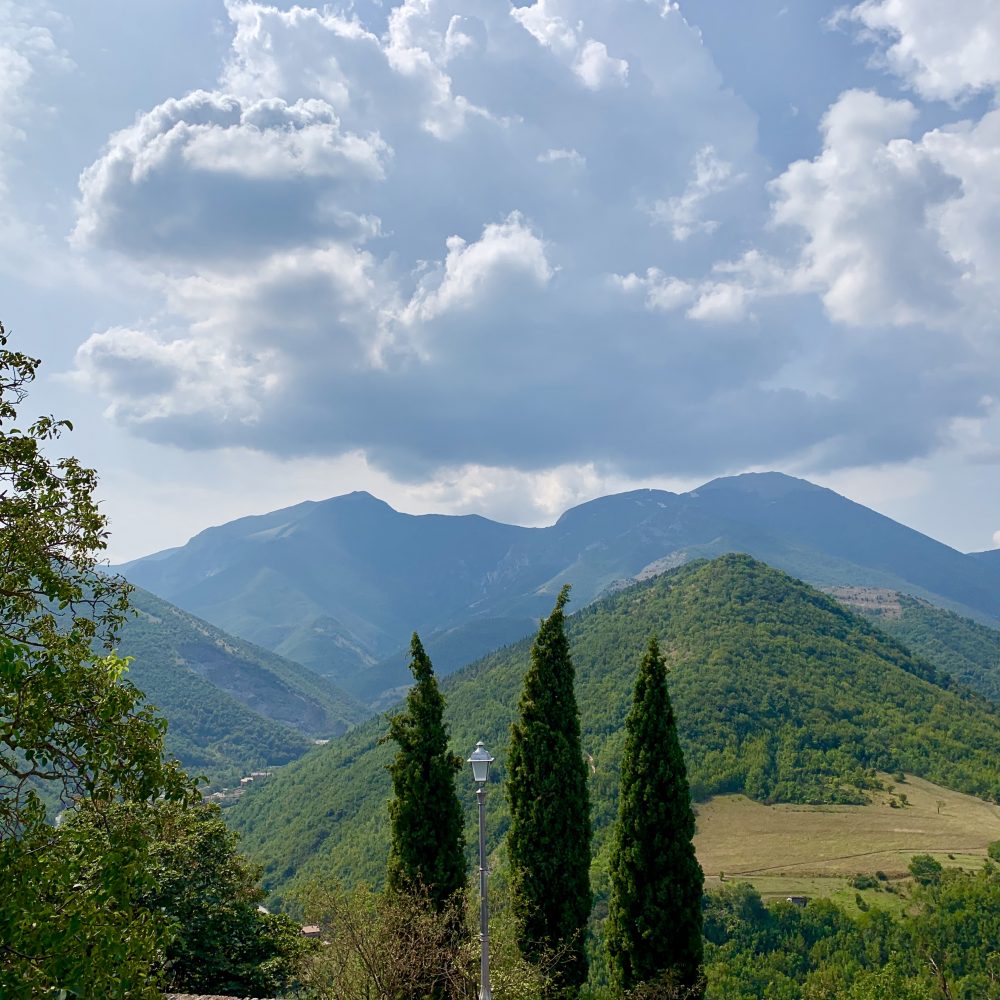
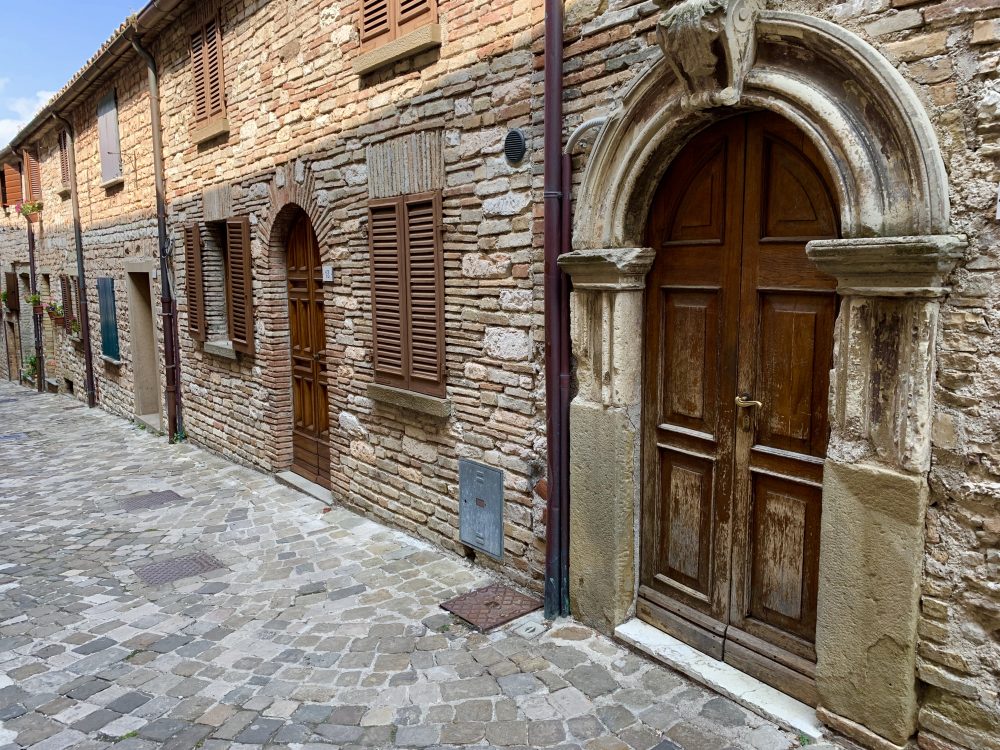
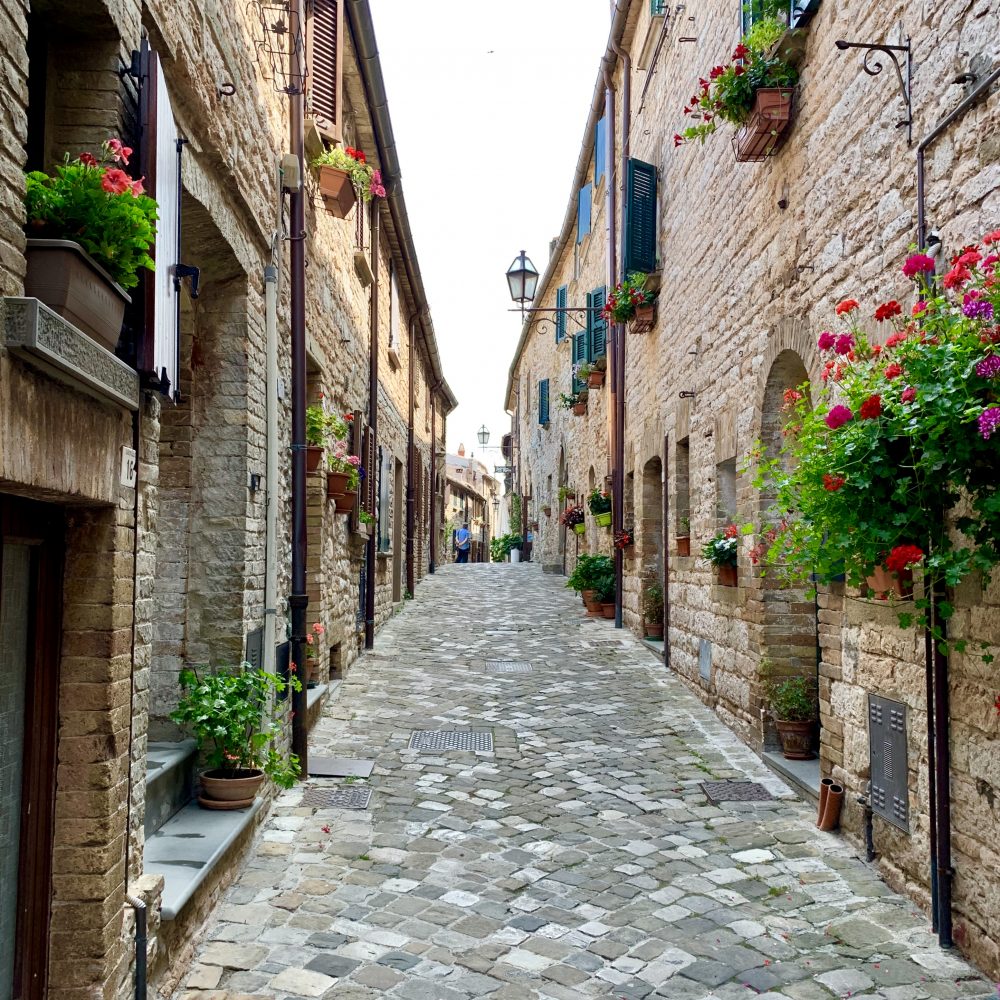
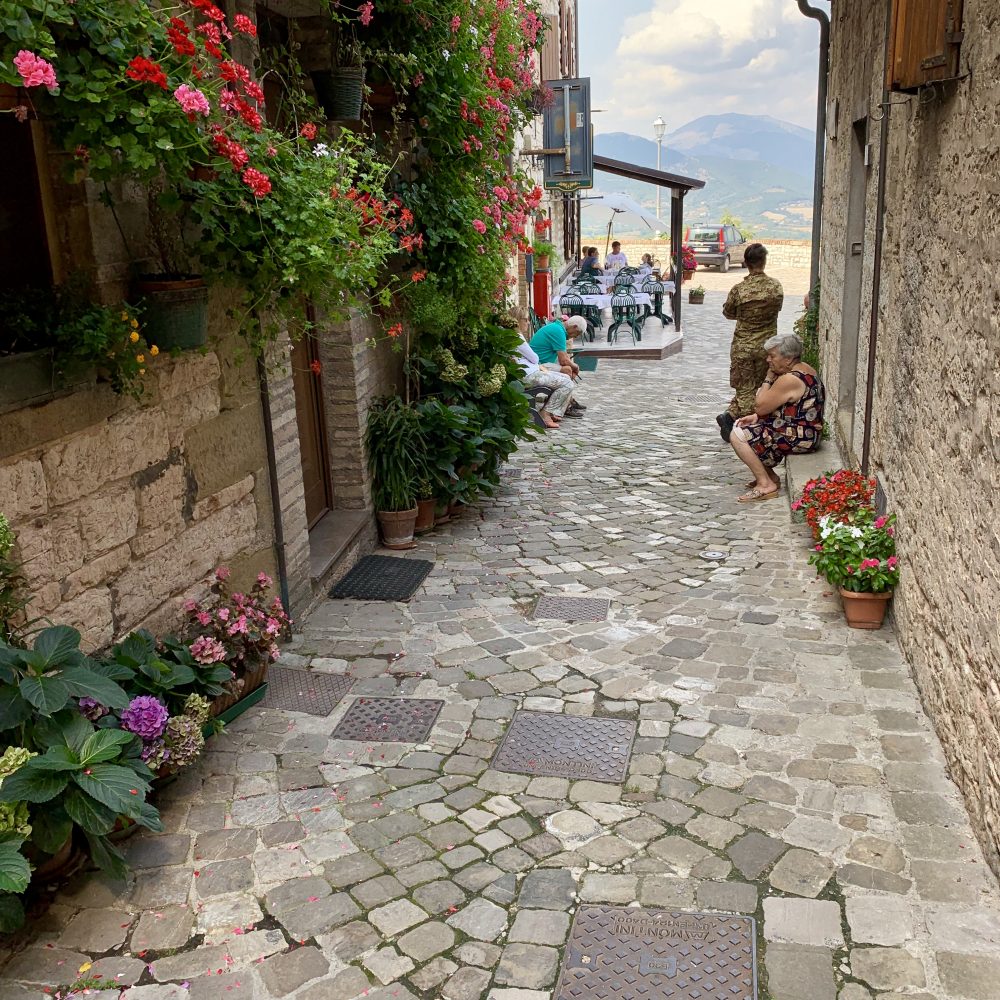
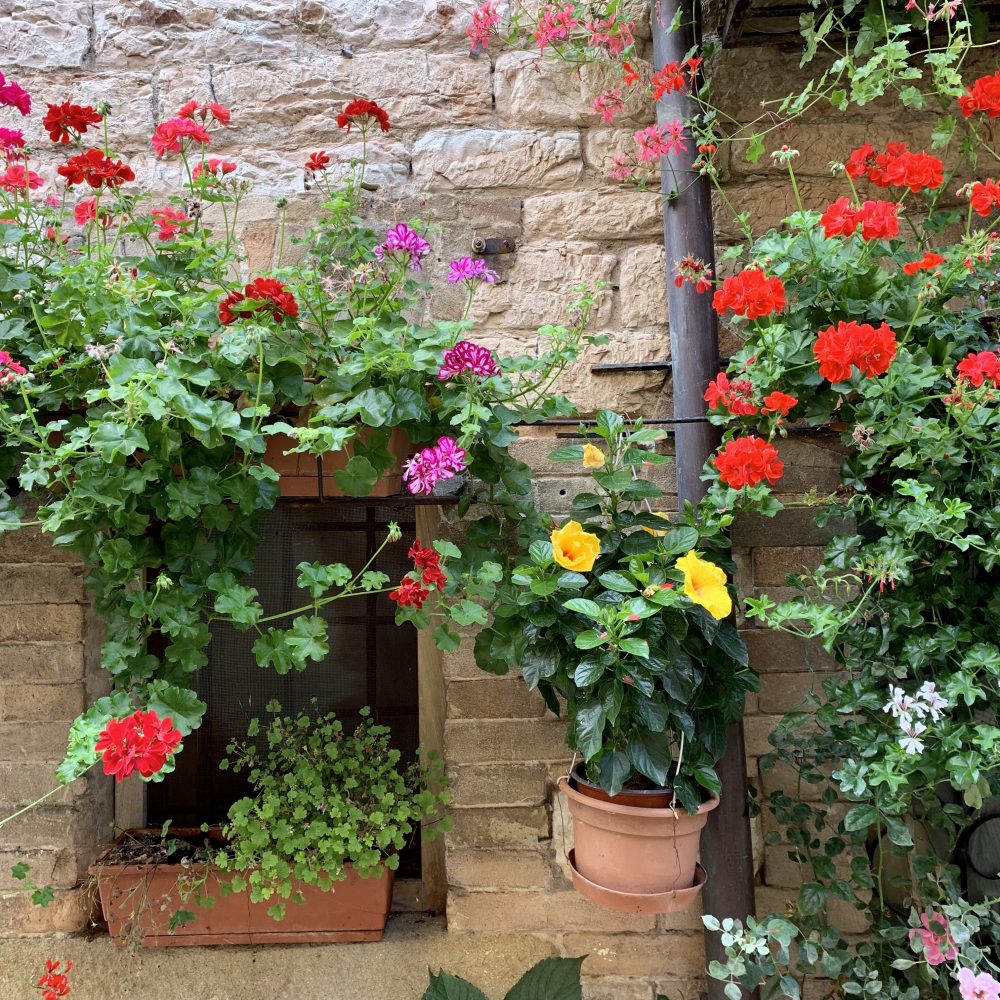
Cagli
After saying goodbye to Tony and Carol in Frontone, we took a short ride to Cagli, population 8.000. We got there a little too early because the shops did not reopen after lunch until 4 or 5 pm. But we had a nice walk in a light rain. The rain turned into a downpour on our way back to Serra via Pergola with all the dramatic lightning and thunder we now expect in Le Marche.
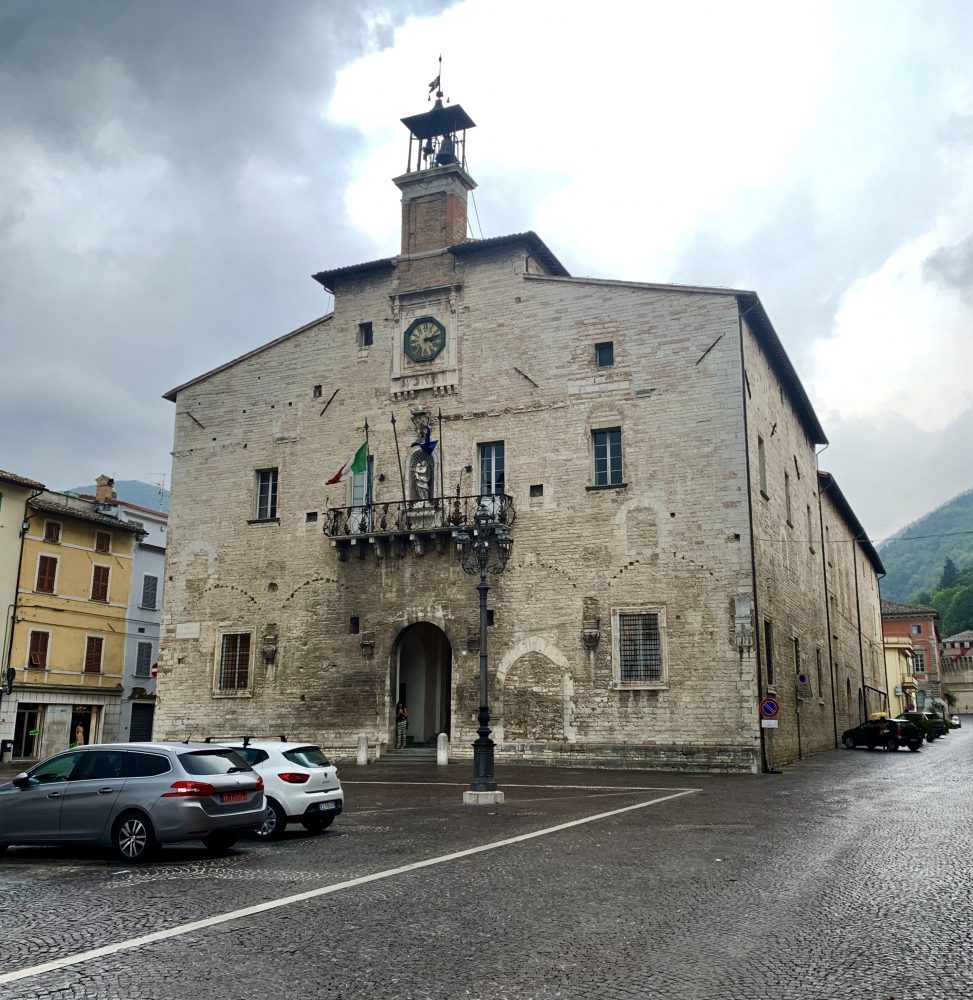

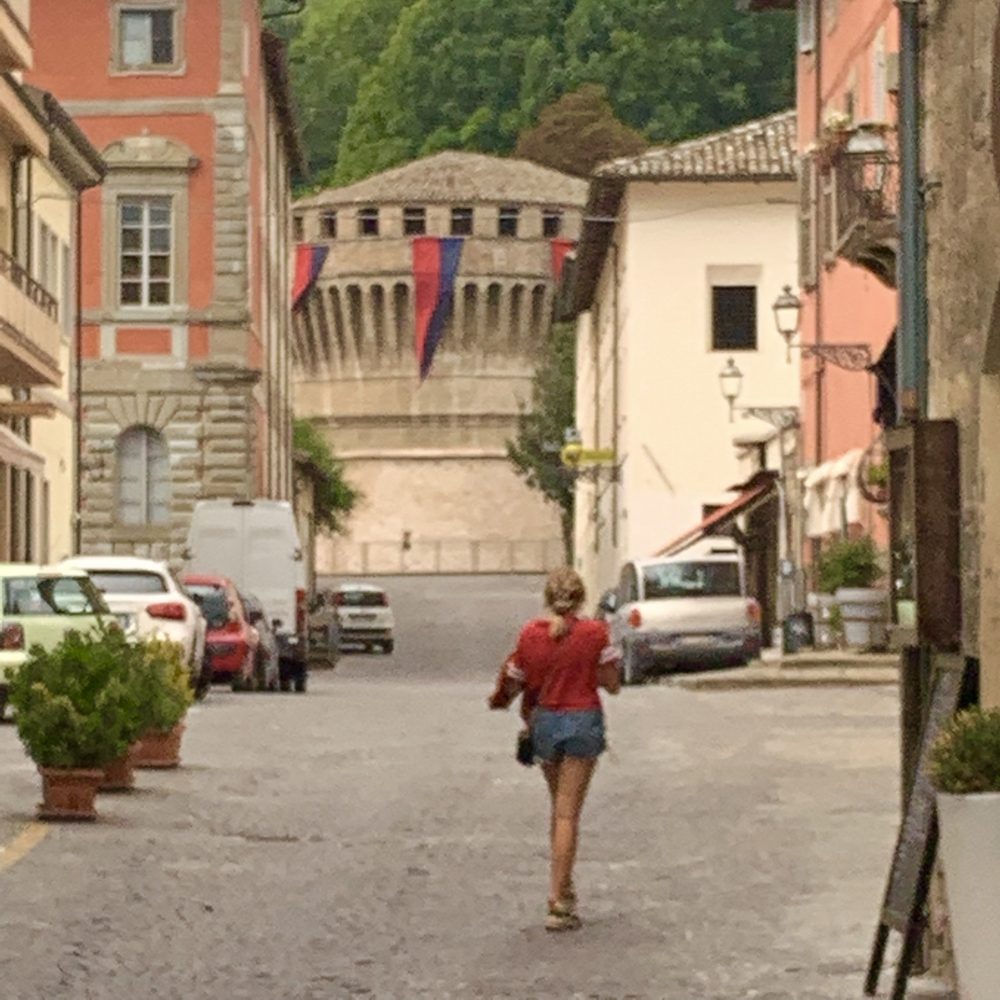
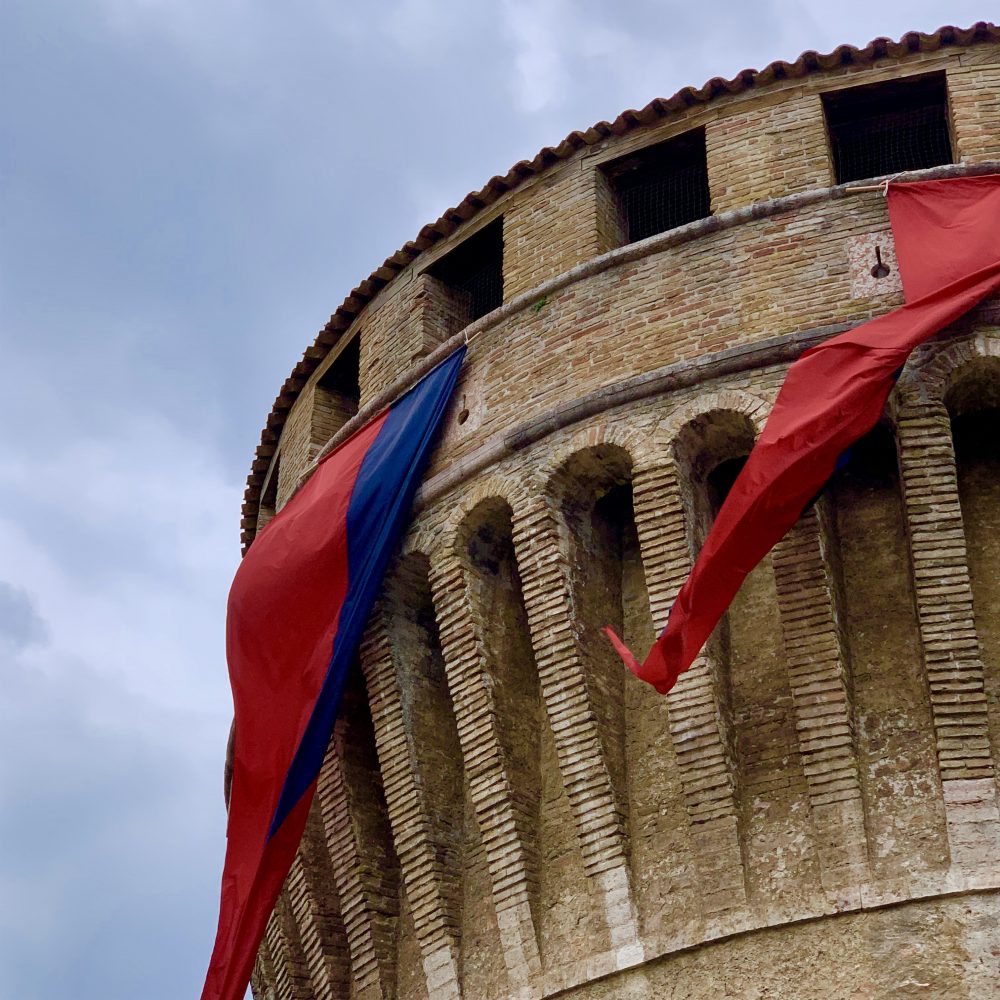
Oratorio San Giuseppe—Cagli
